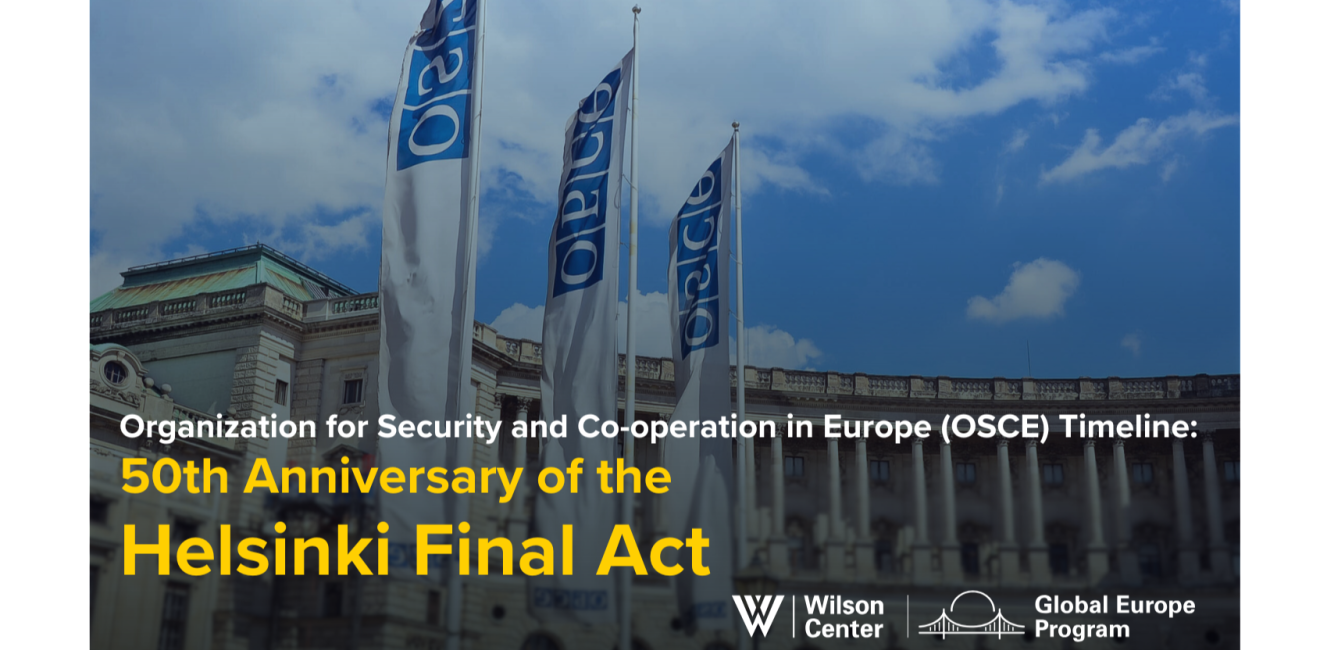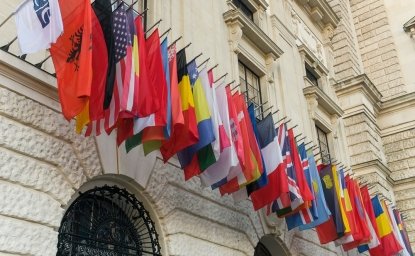On August 1, 1975, the Helsinki Final Act (also known as the Helsinki Accords) was signed by 35 countries. The Helsinki Final Act was the outcome of the Conference on Security and Cooperation in Europe (CSCE), which began in Geneva in 1973. The Cold War-era agreement was a result of the détente period, ushering in a reduction in tensions between the United States and the Soviet Union. In 2025, the Organization for Security and Co-operation in Europe (OSCE), the organization that grew out of the CSCE, faces unprecedented challenges after Russia invaded Ukraine in February 2022.
The Wilson Center's Global Europe Program prepared a timeline of key events leading to the formation of the OSCE, showcasing the enduring nature of the OSCE's role in managing international tensions for half a century.
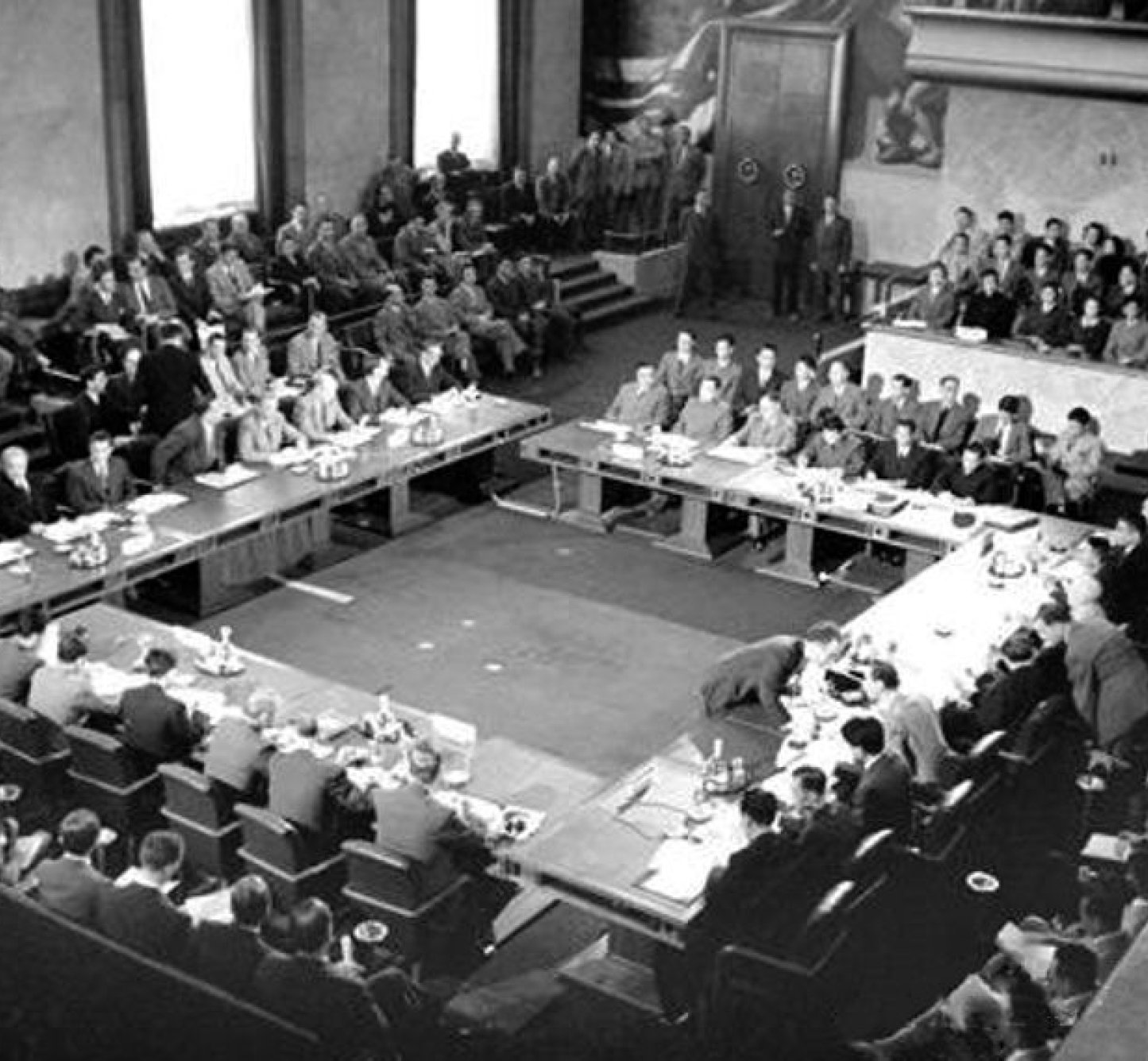
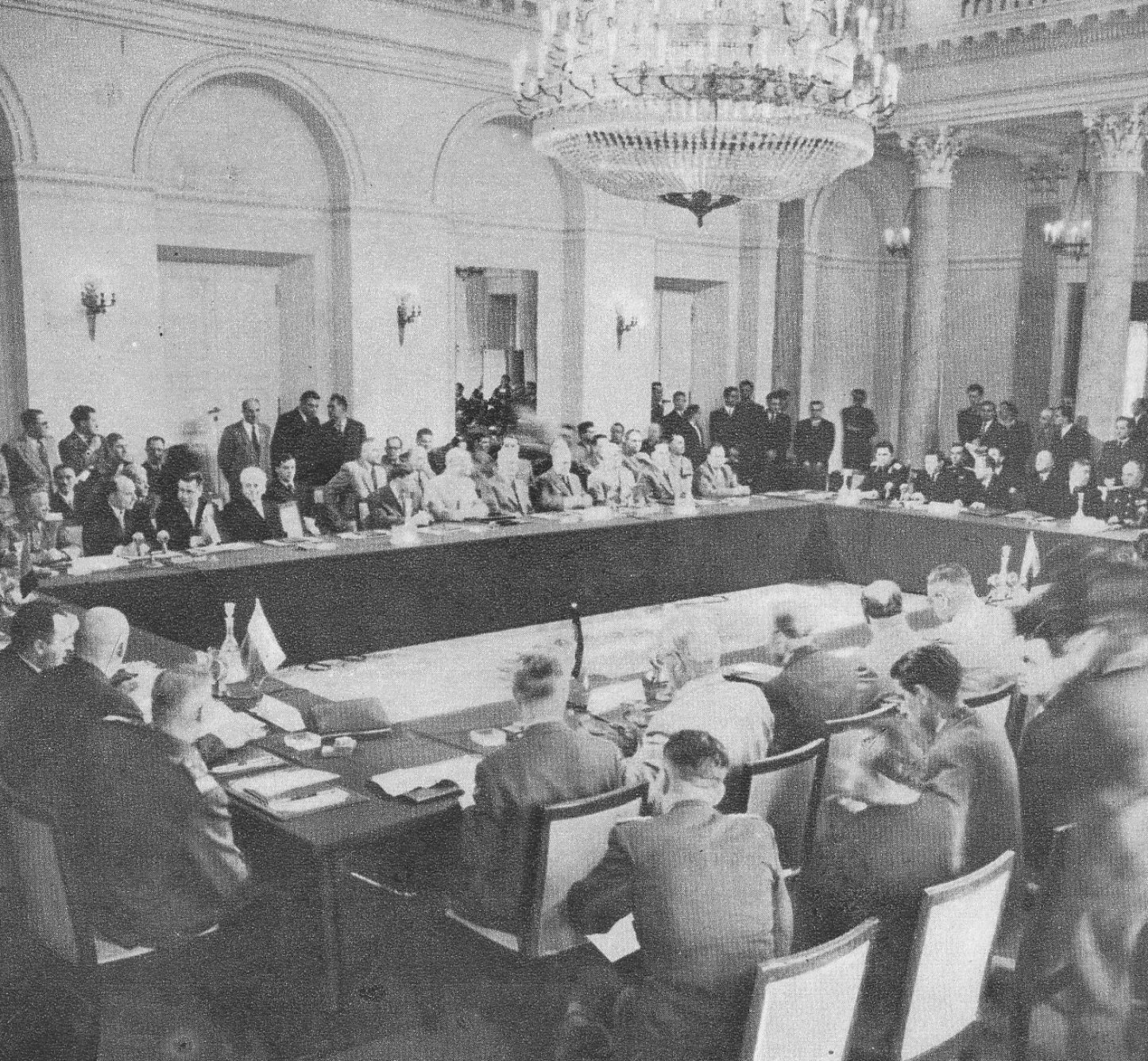
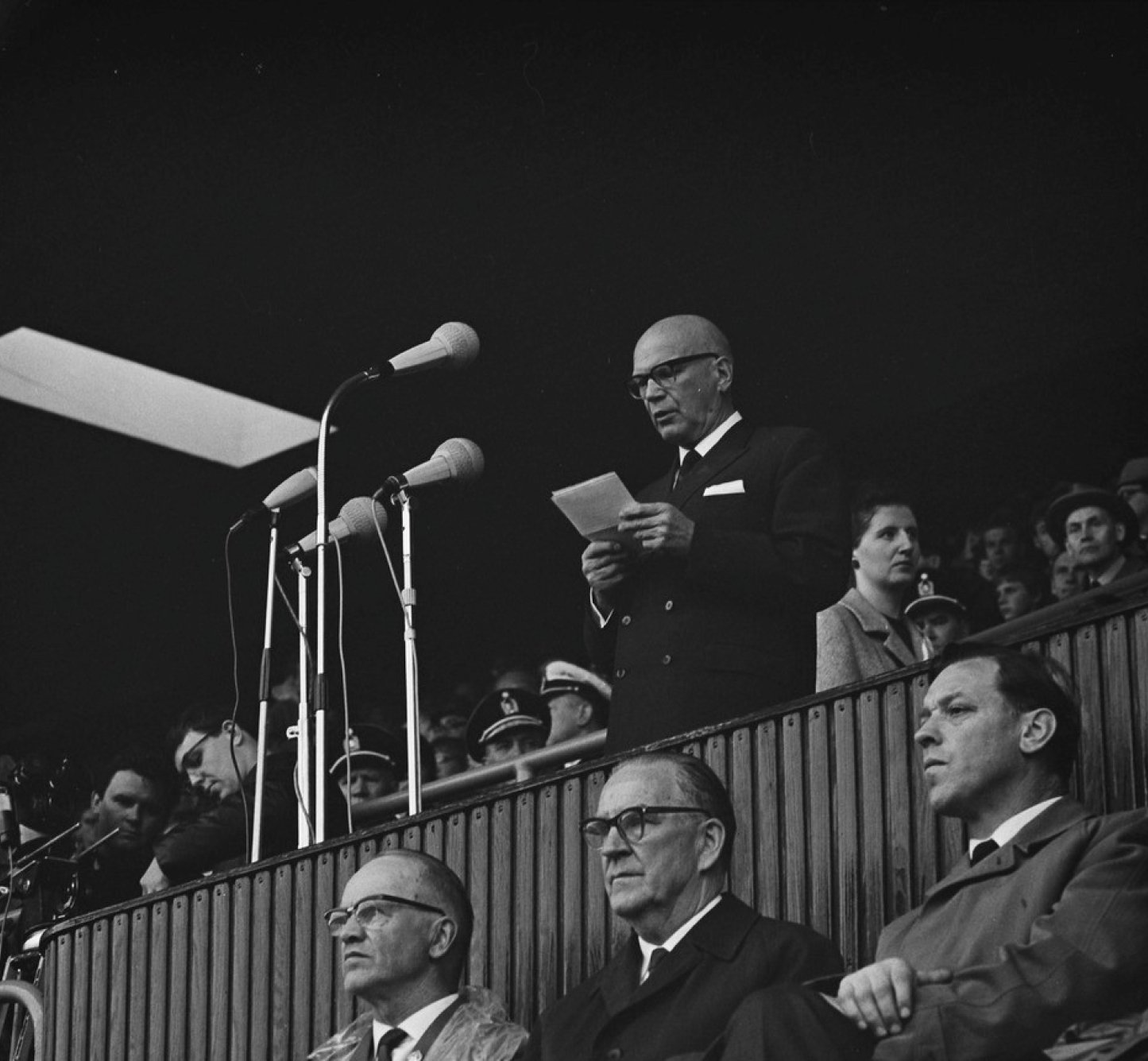
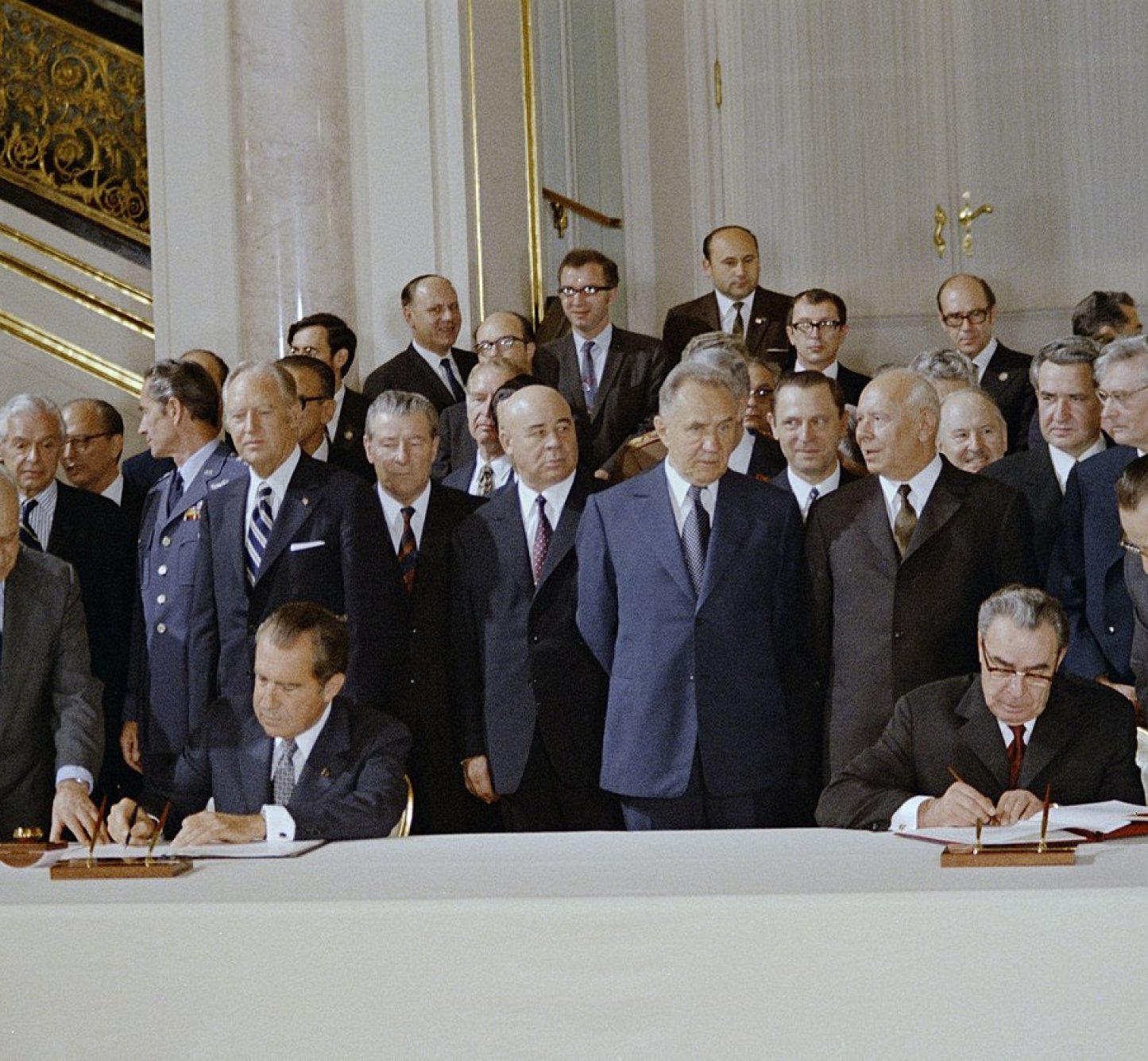
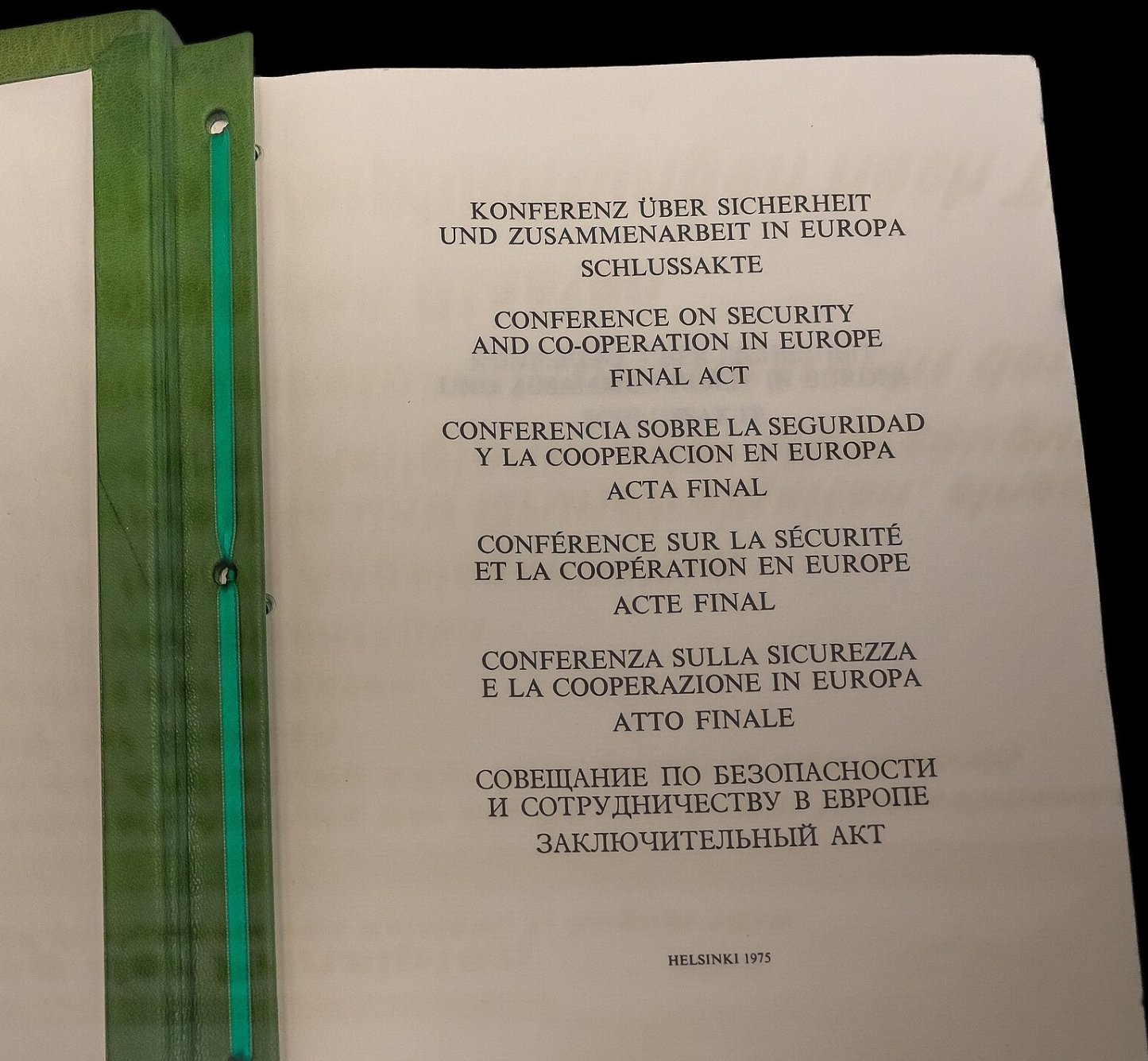
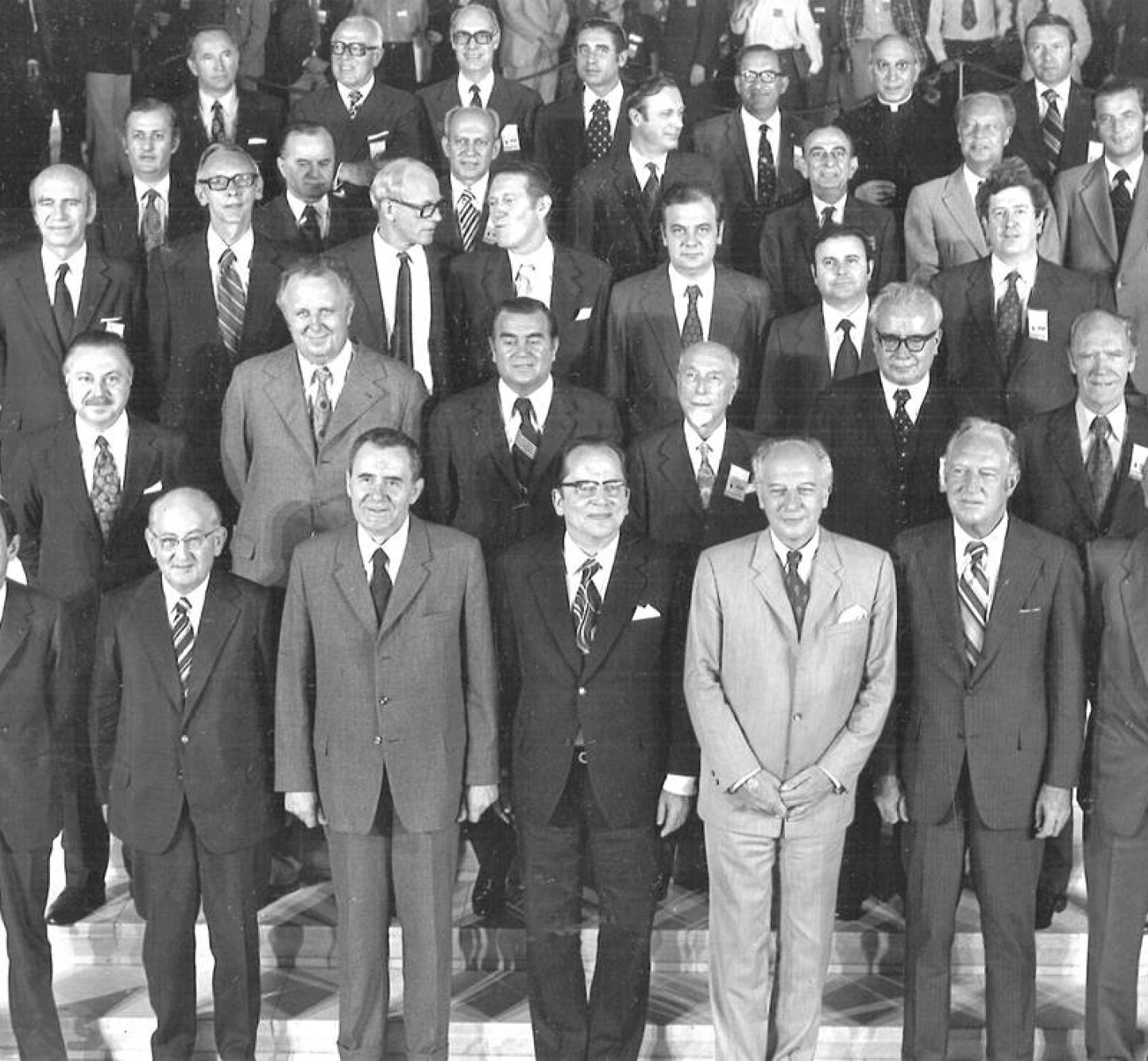
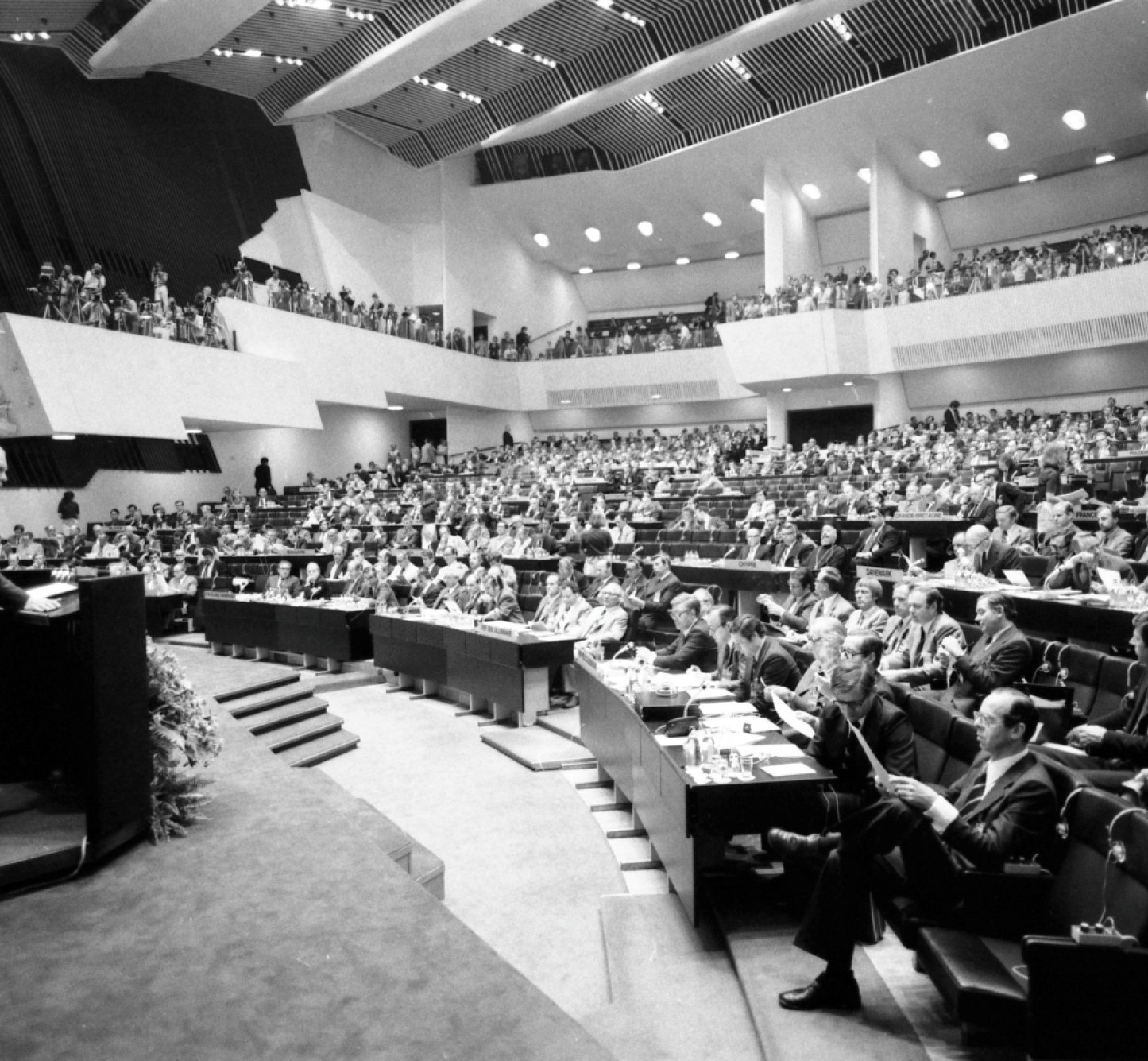
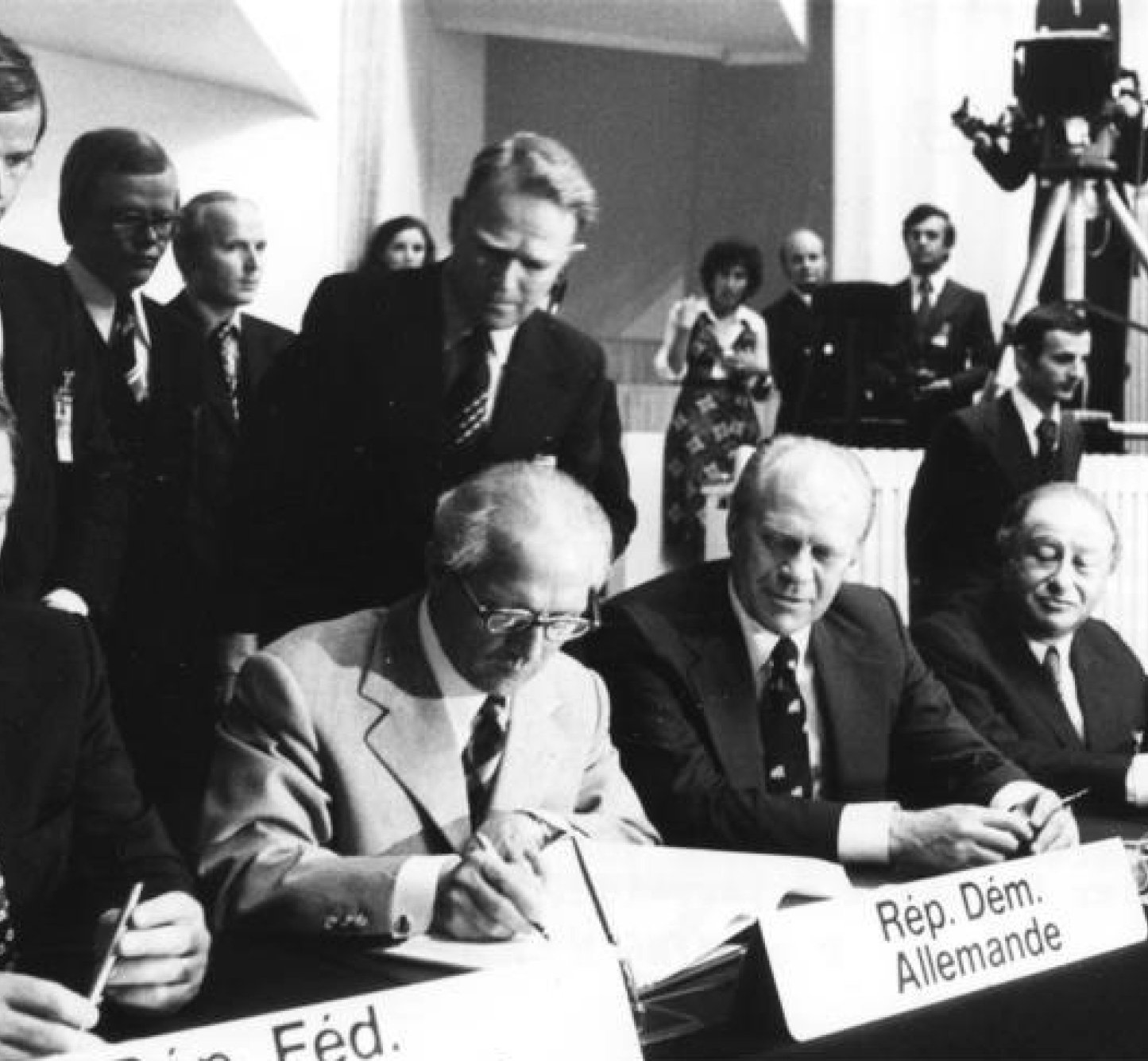
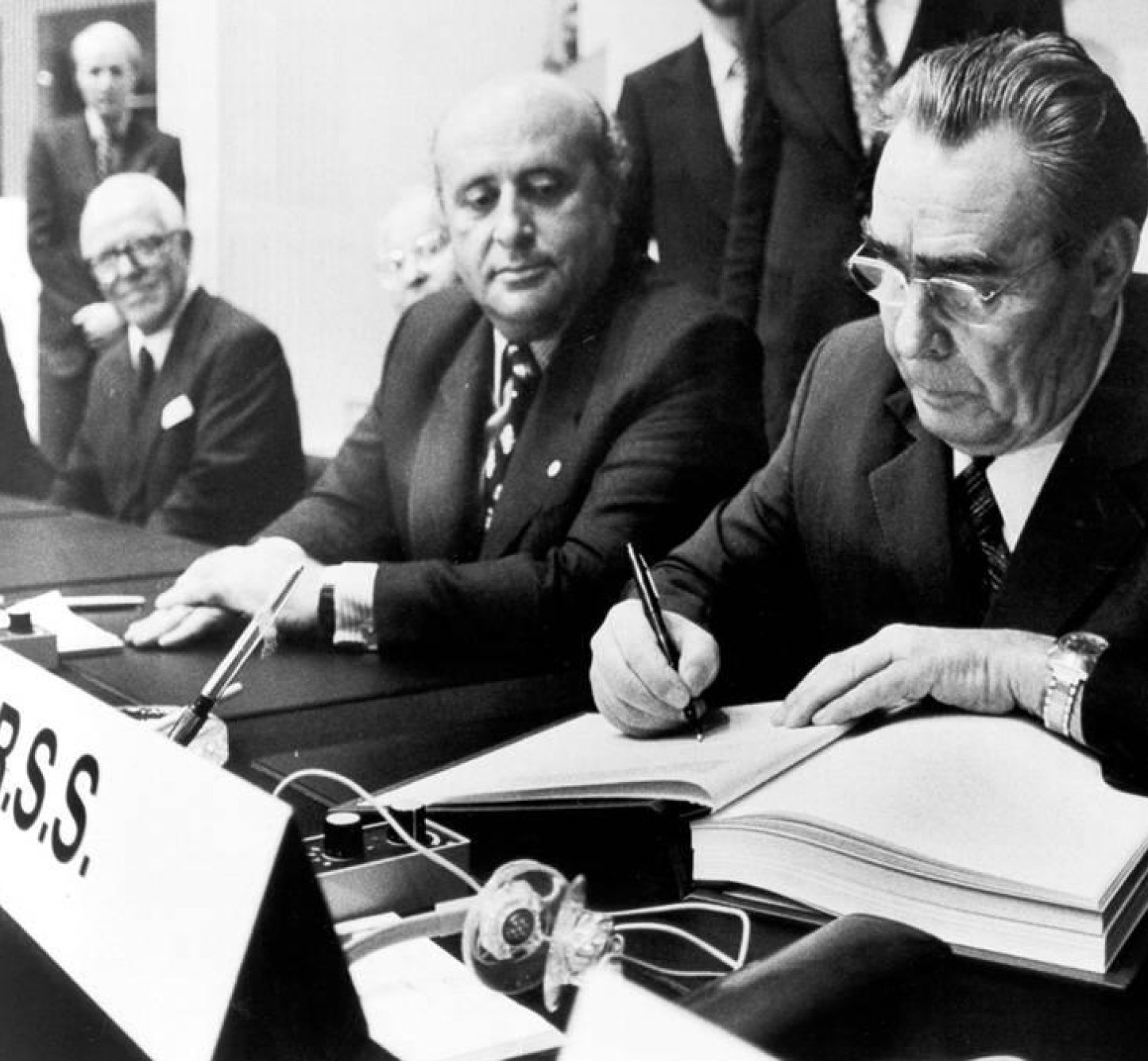
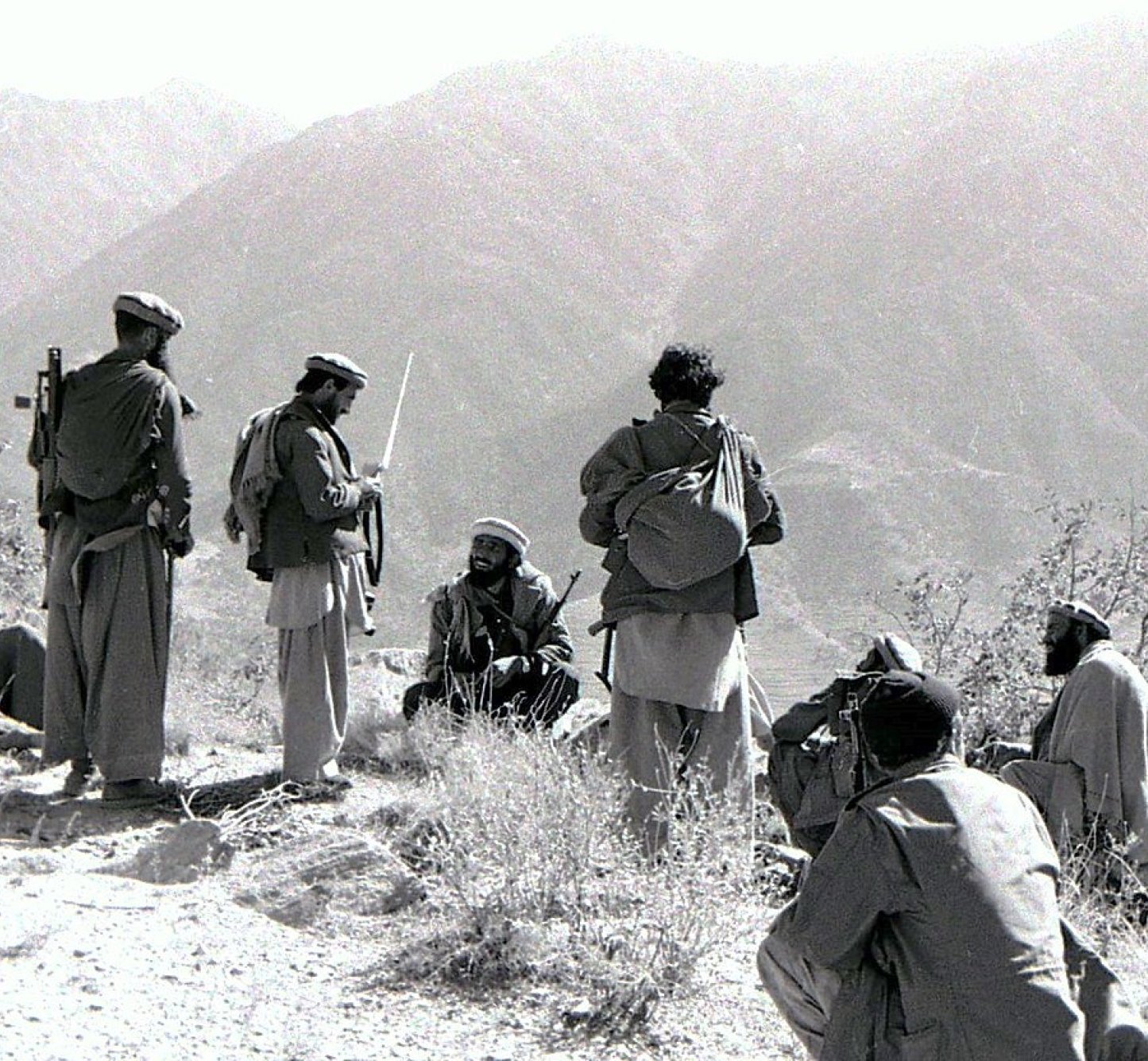
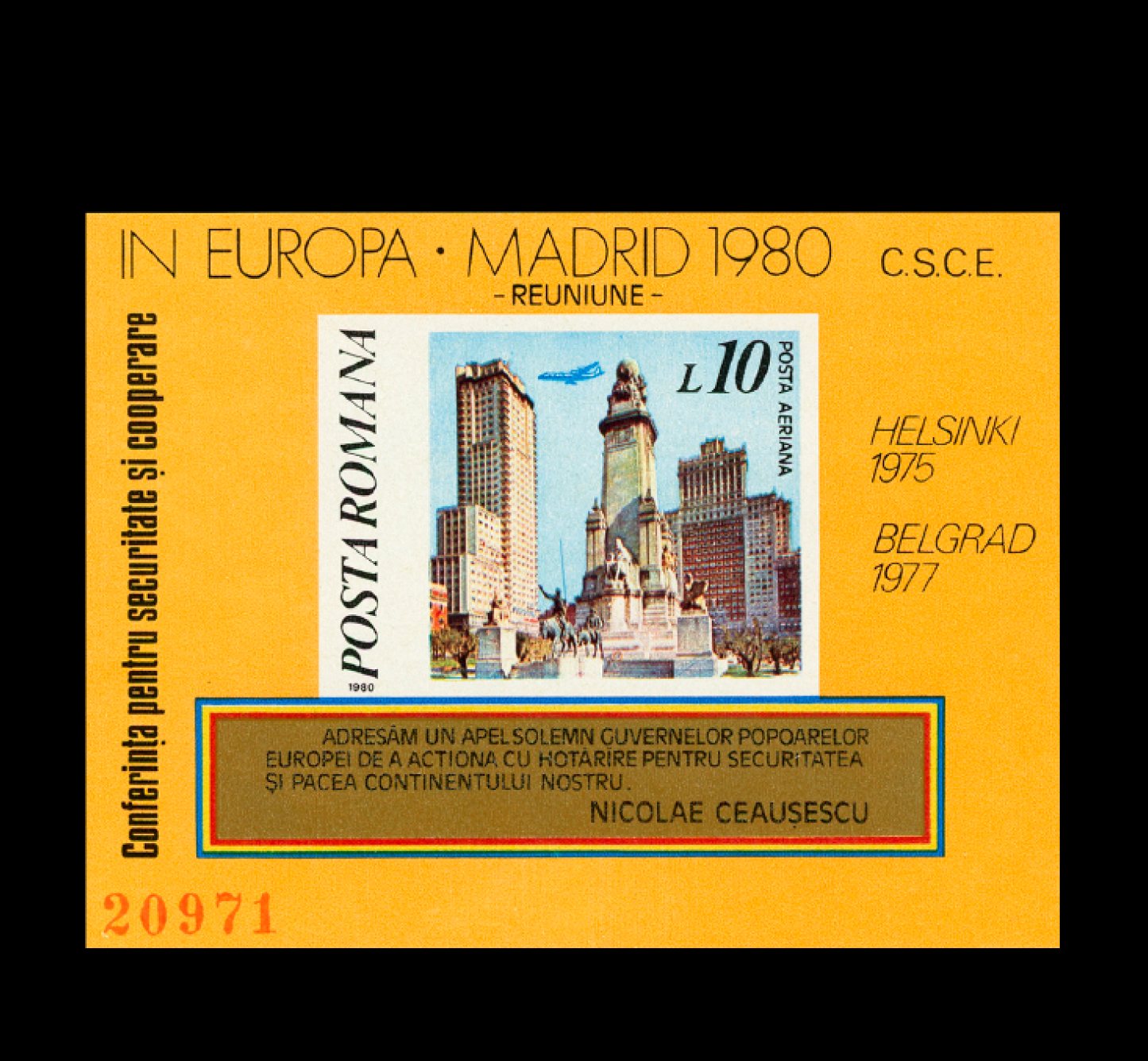
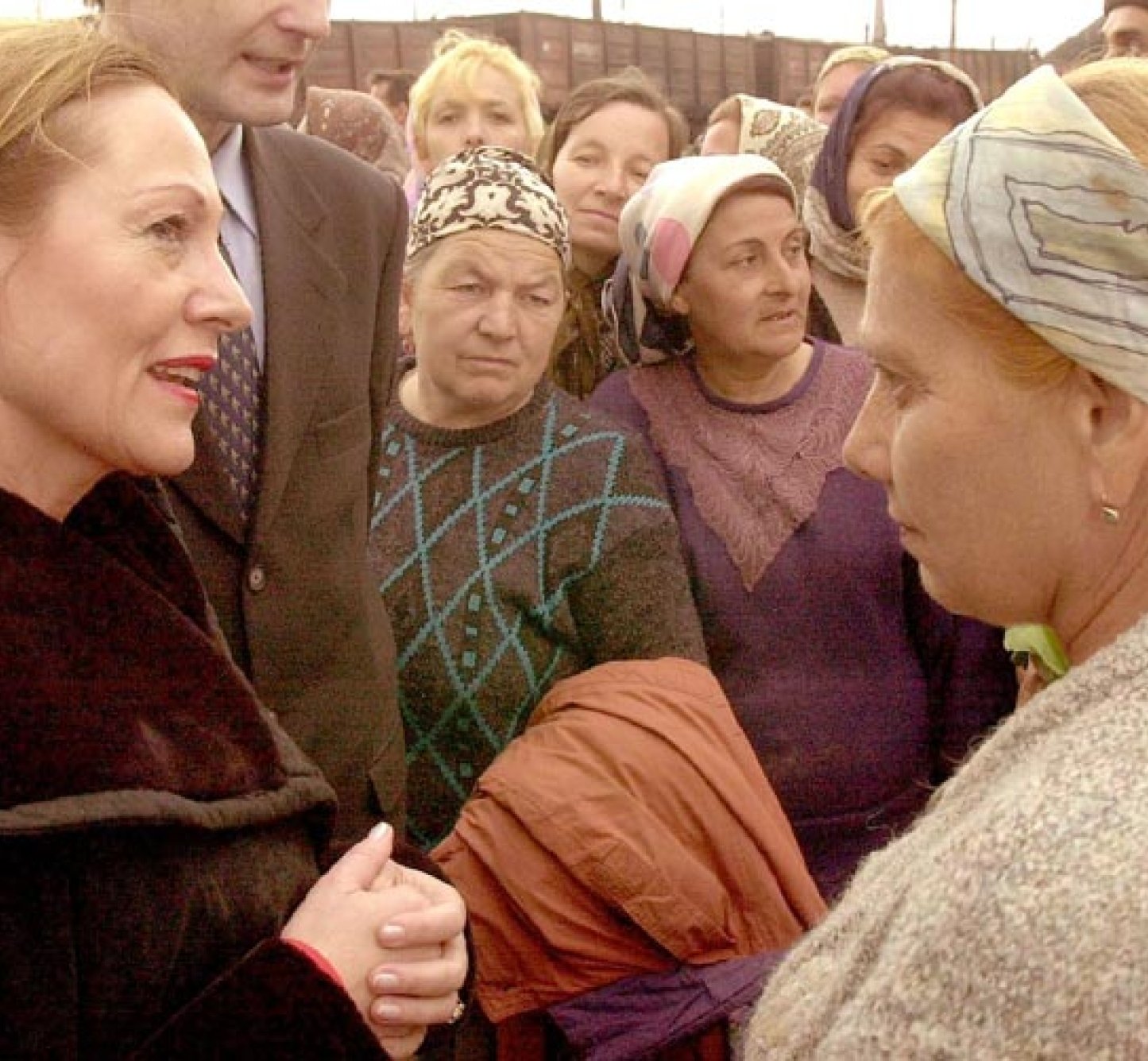
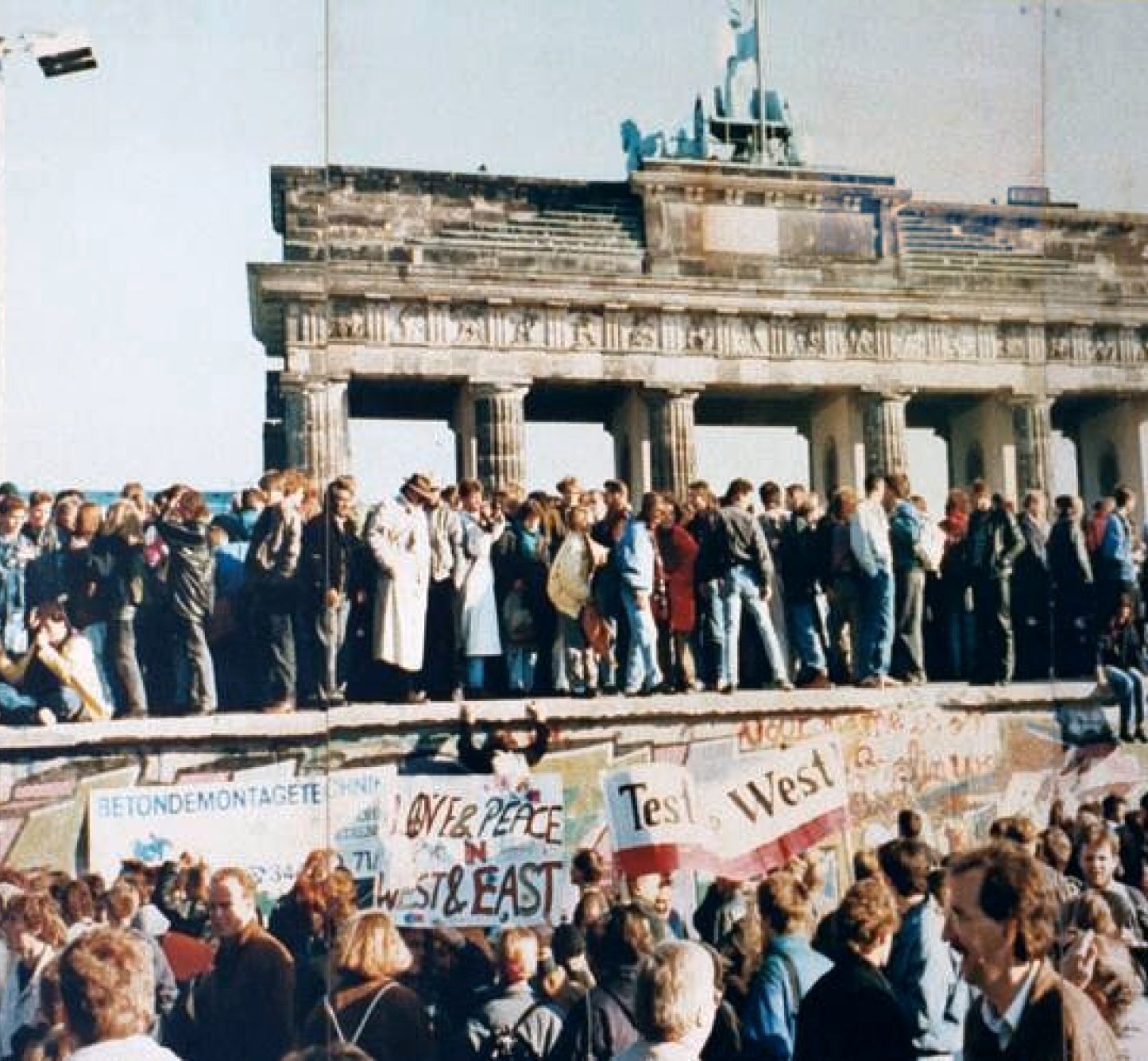

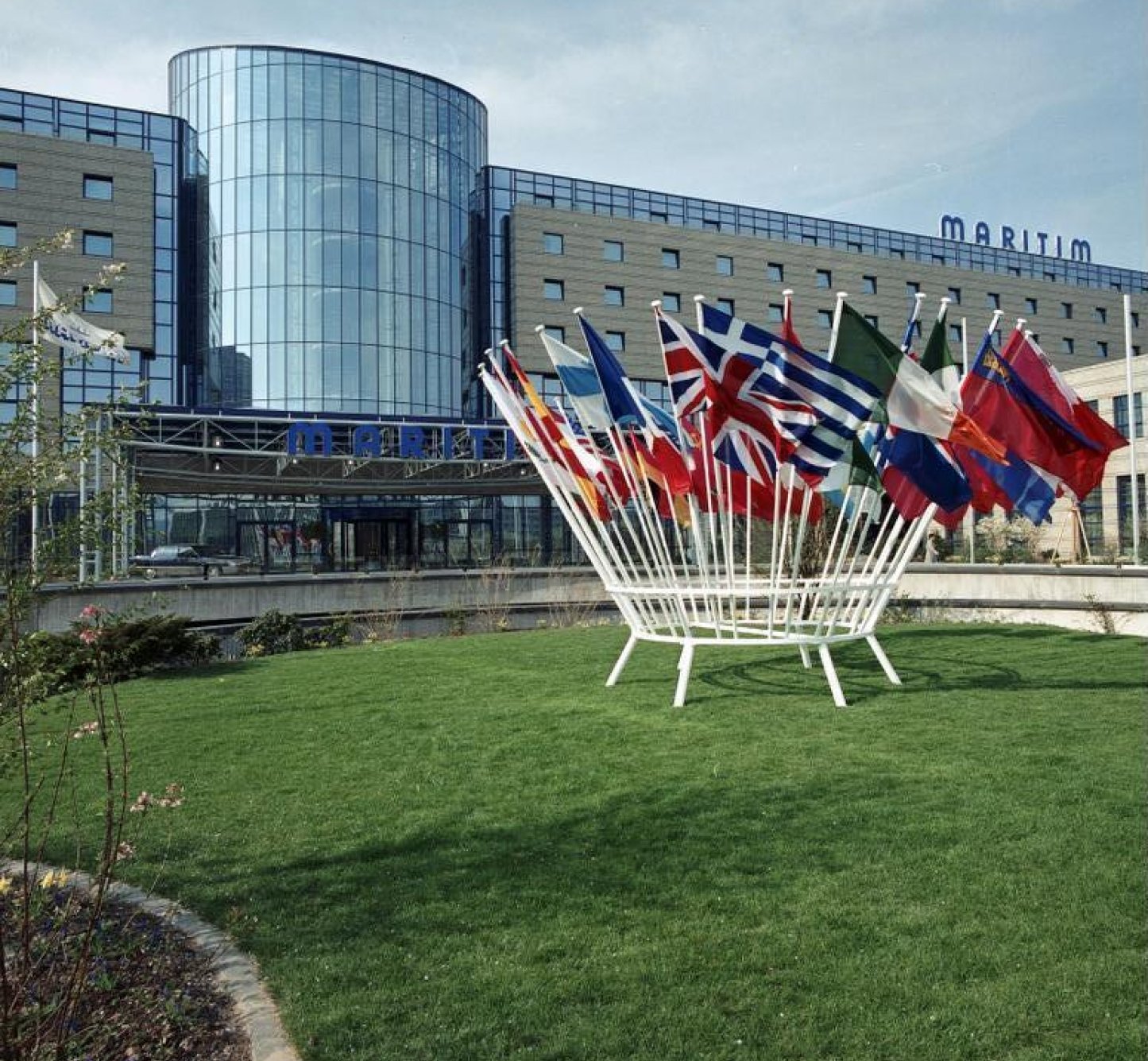
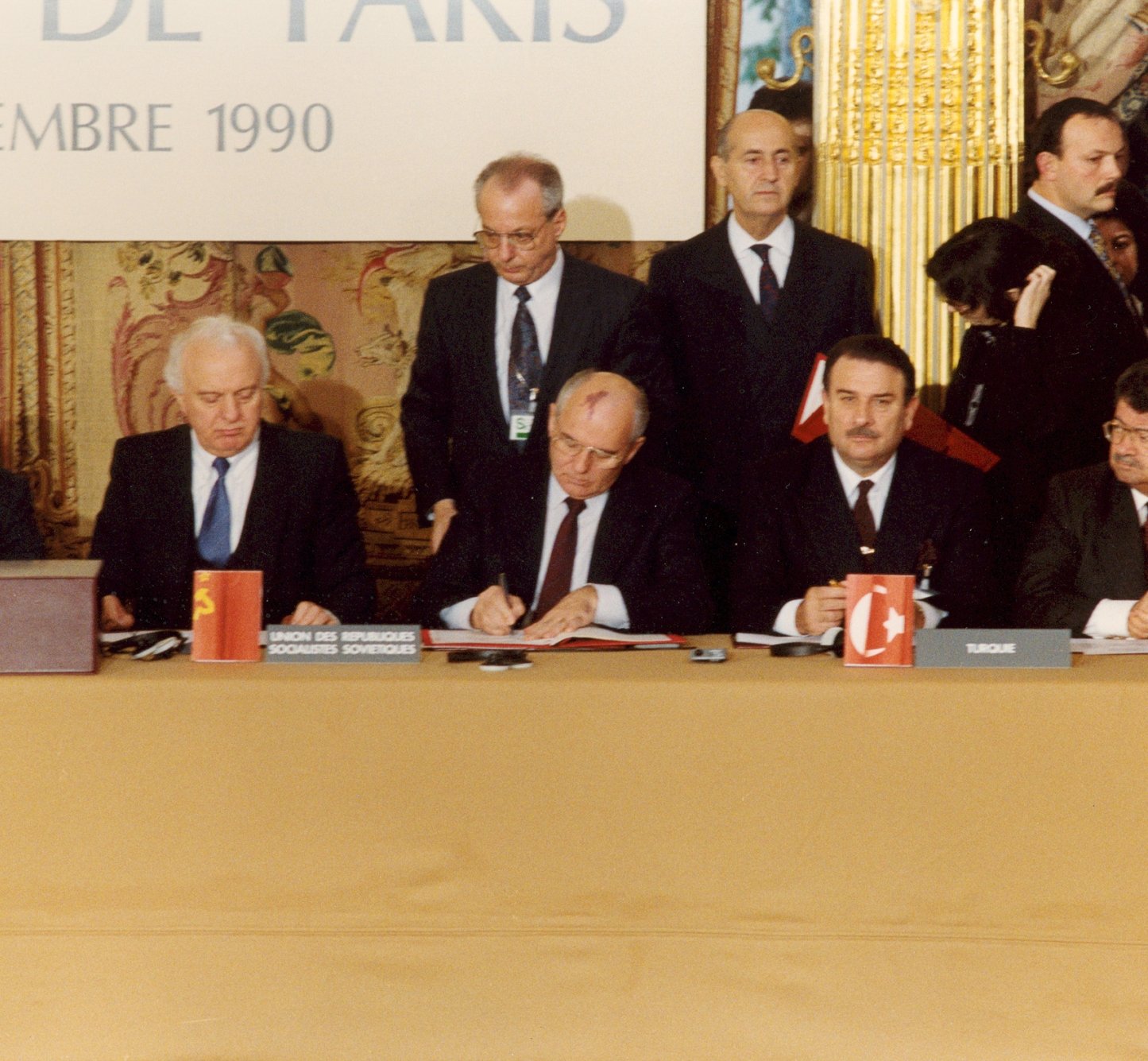
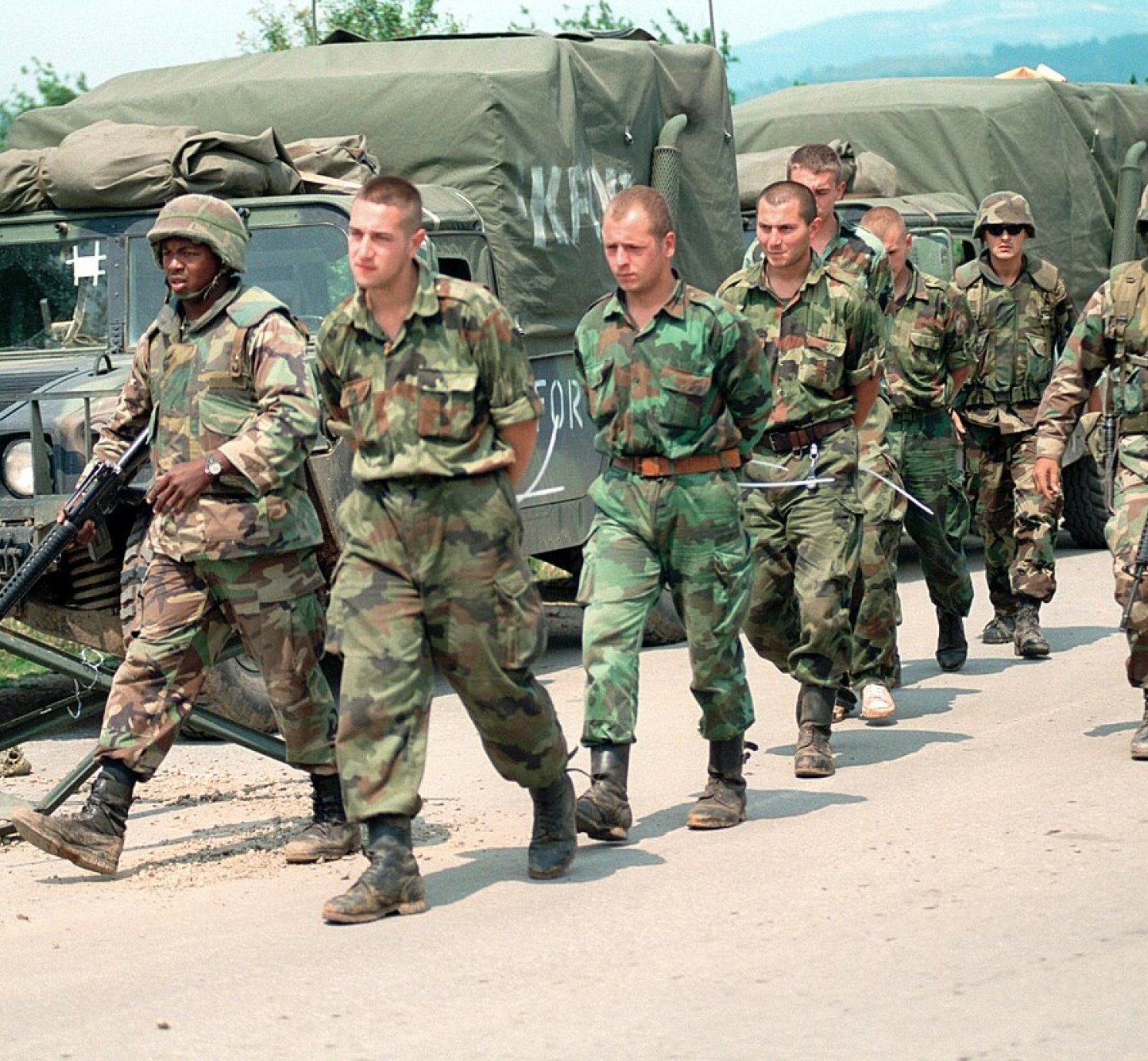
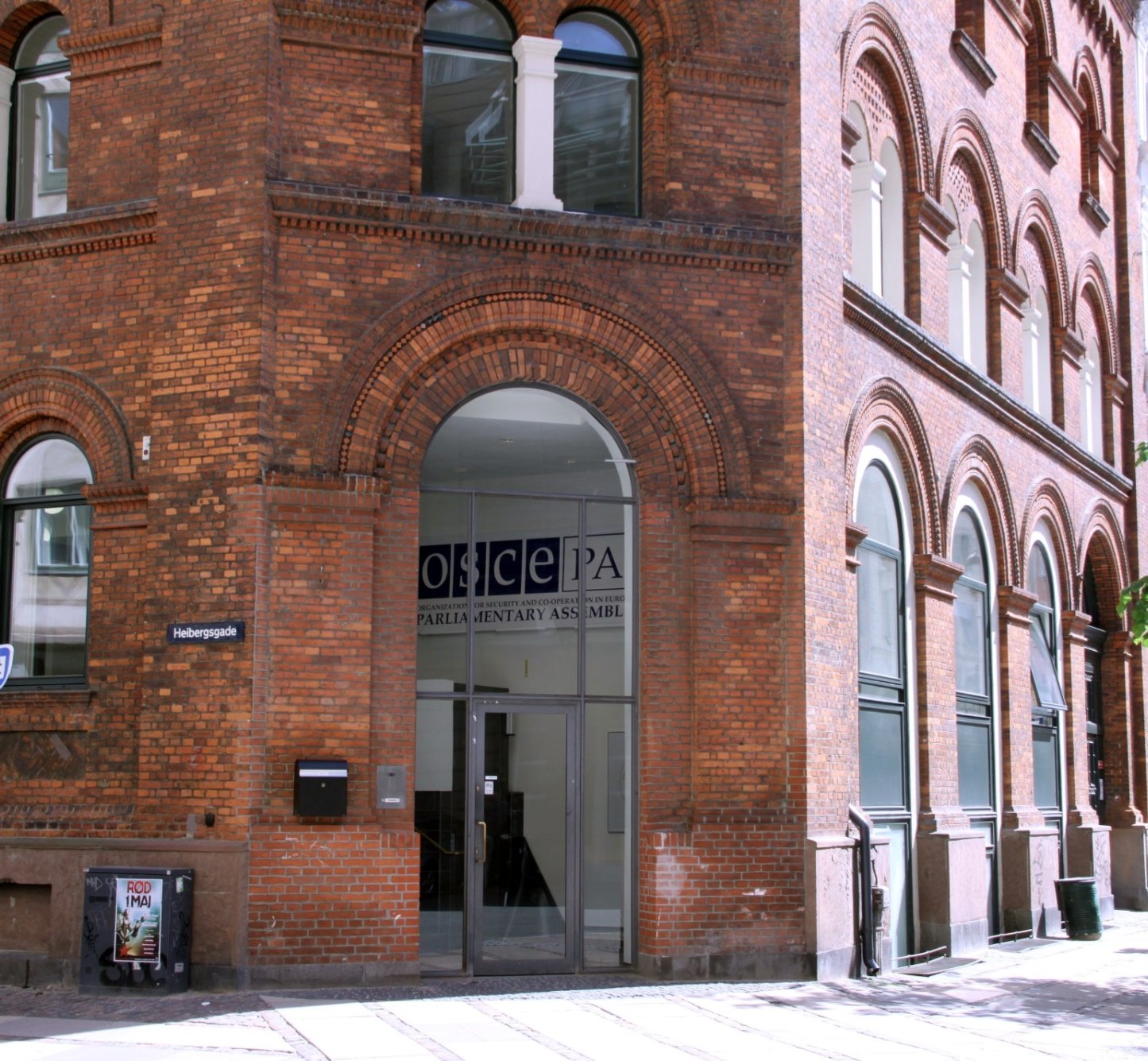
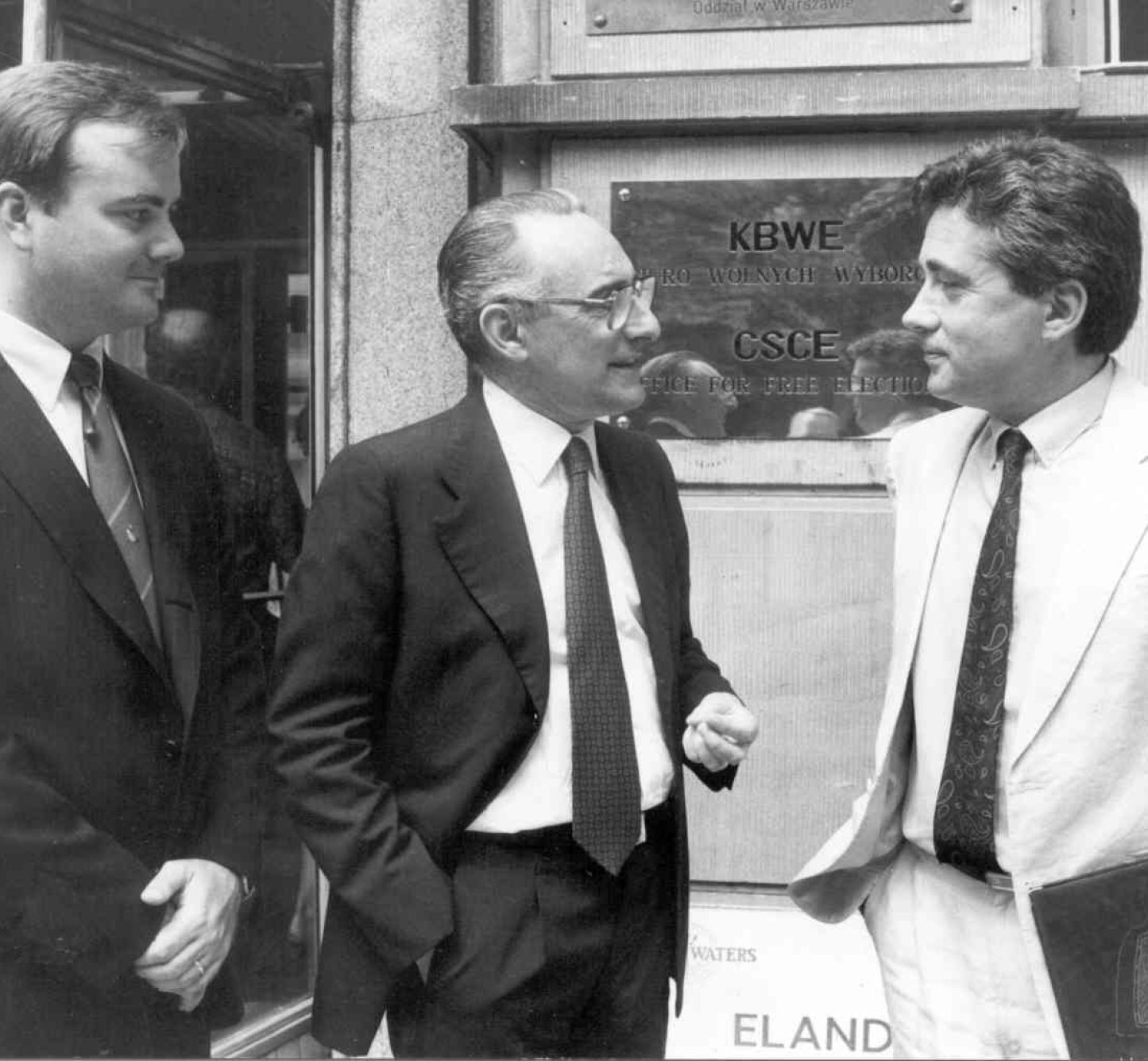
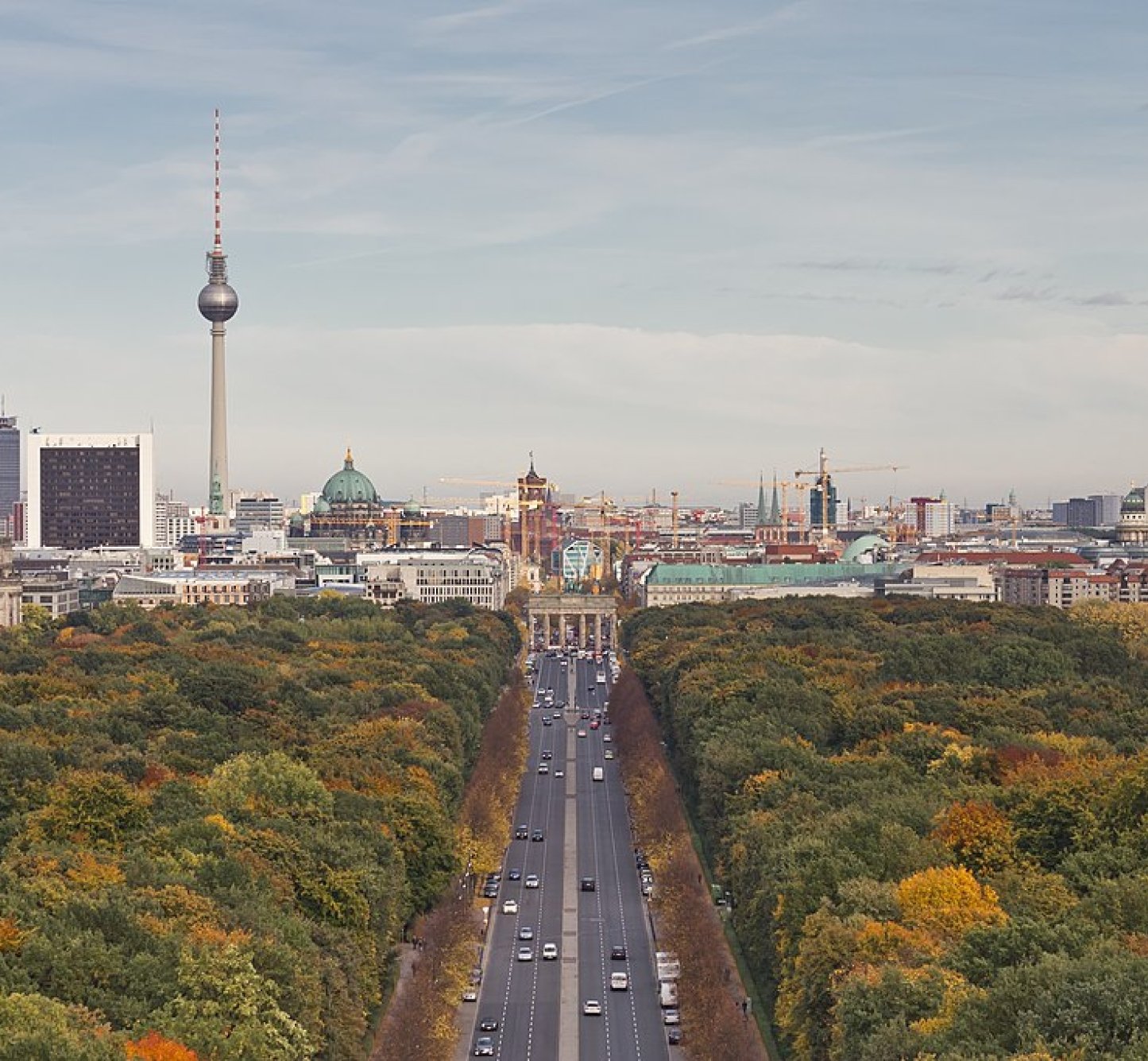
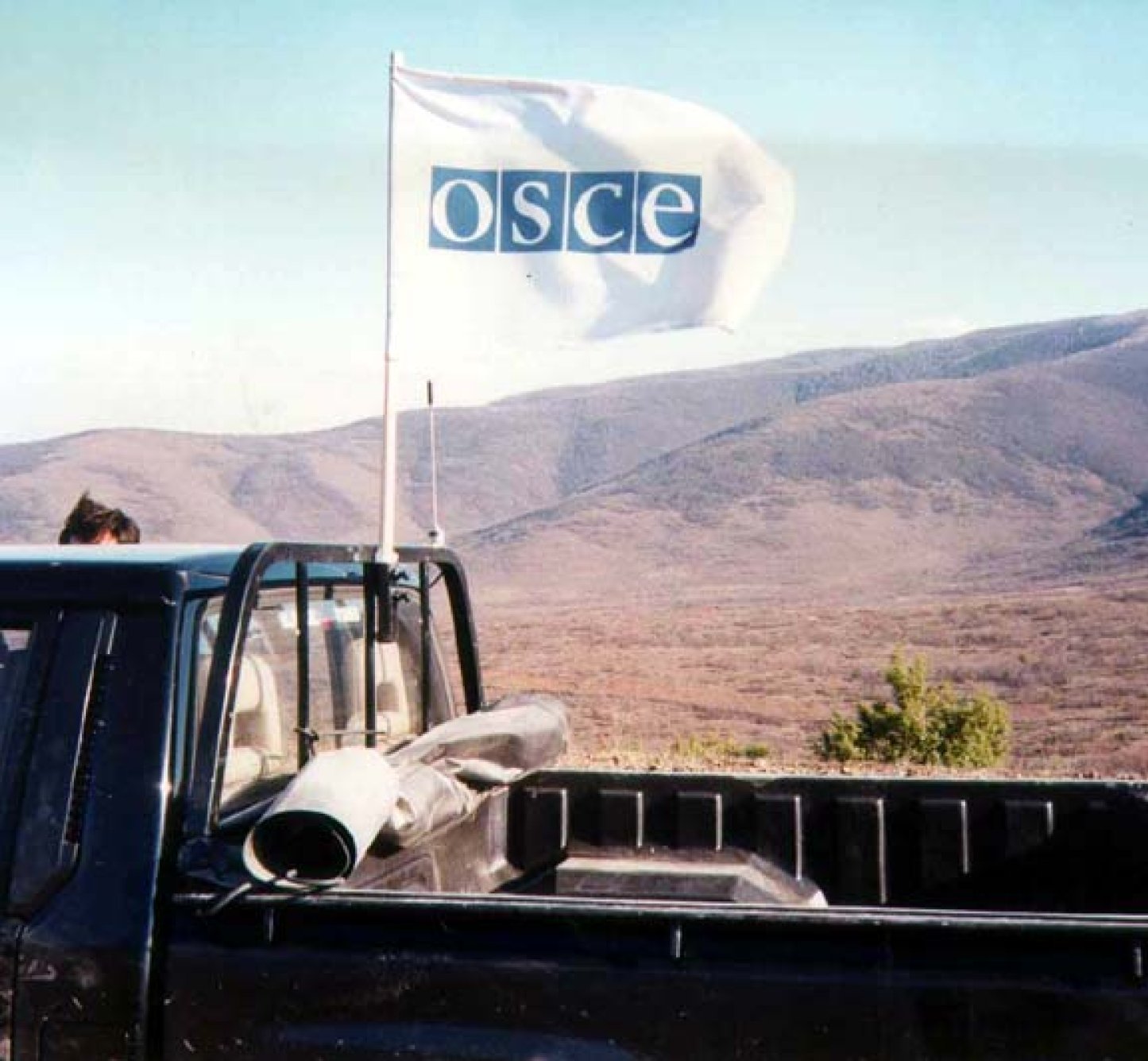
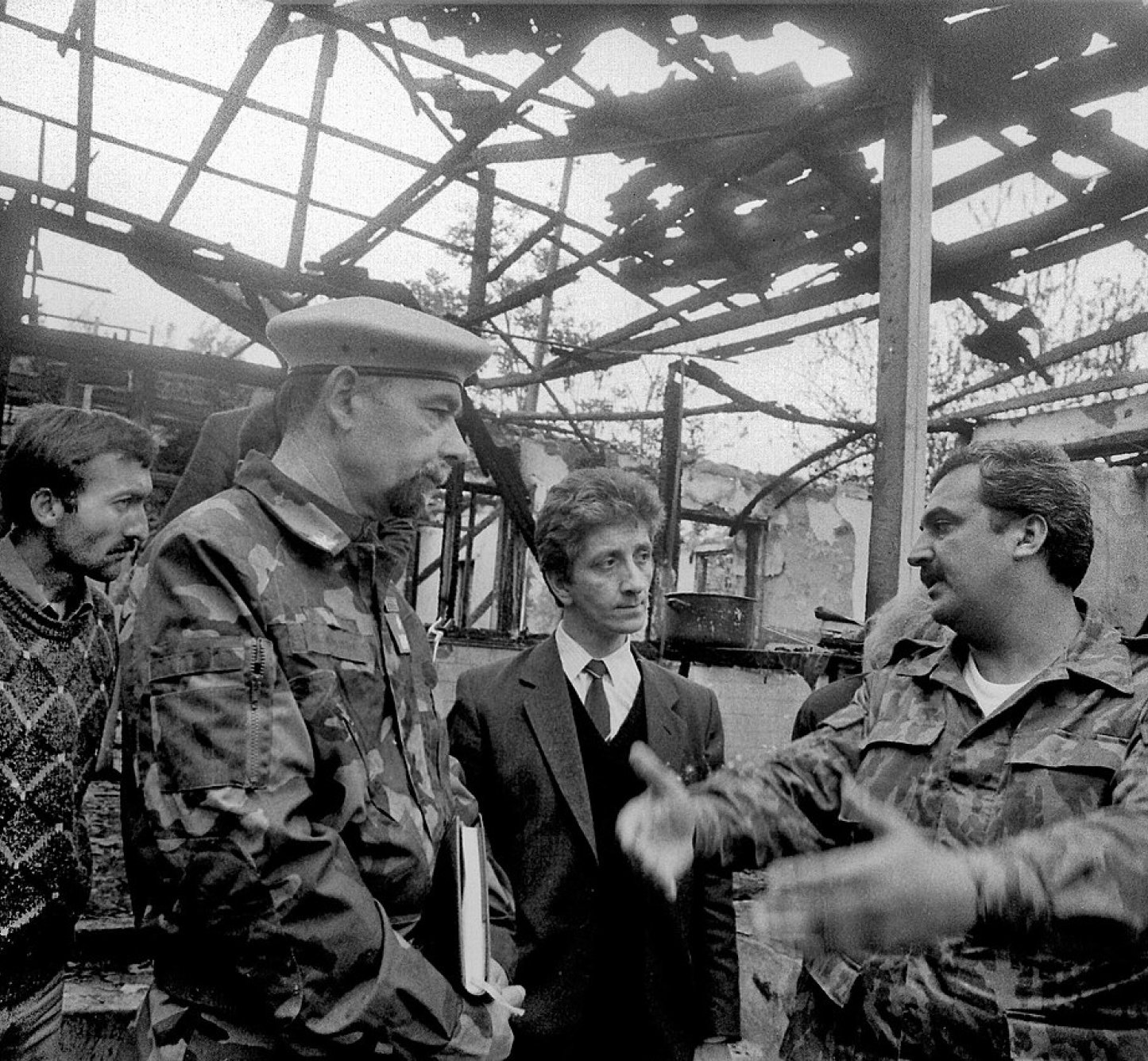
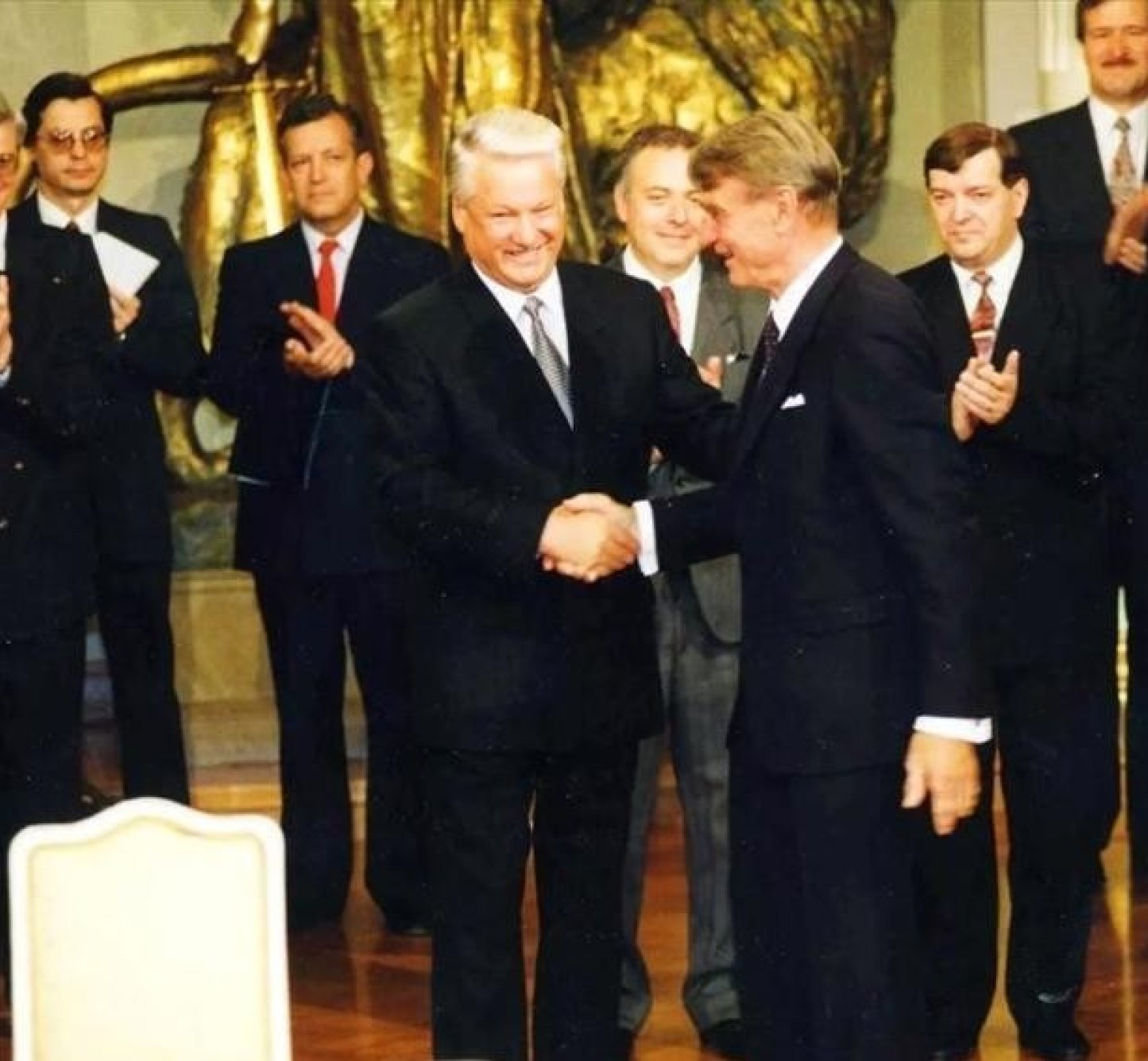
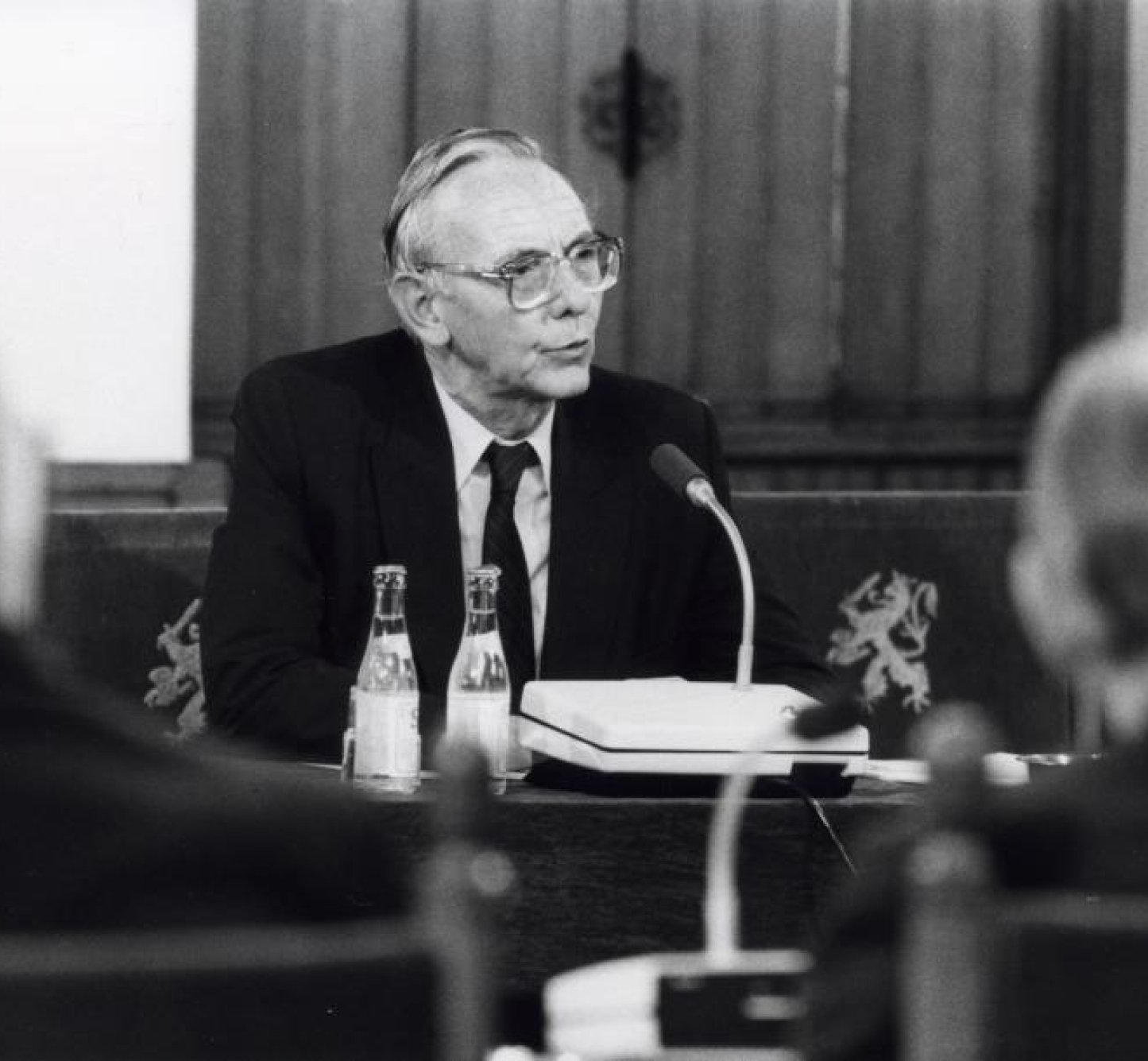
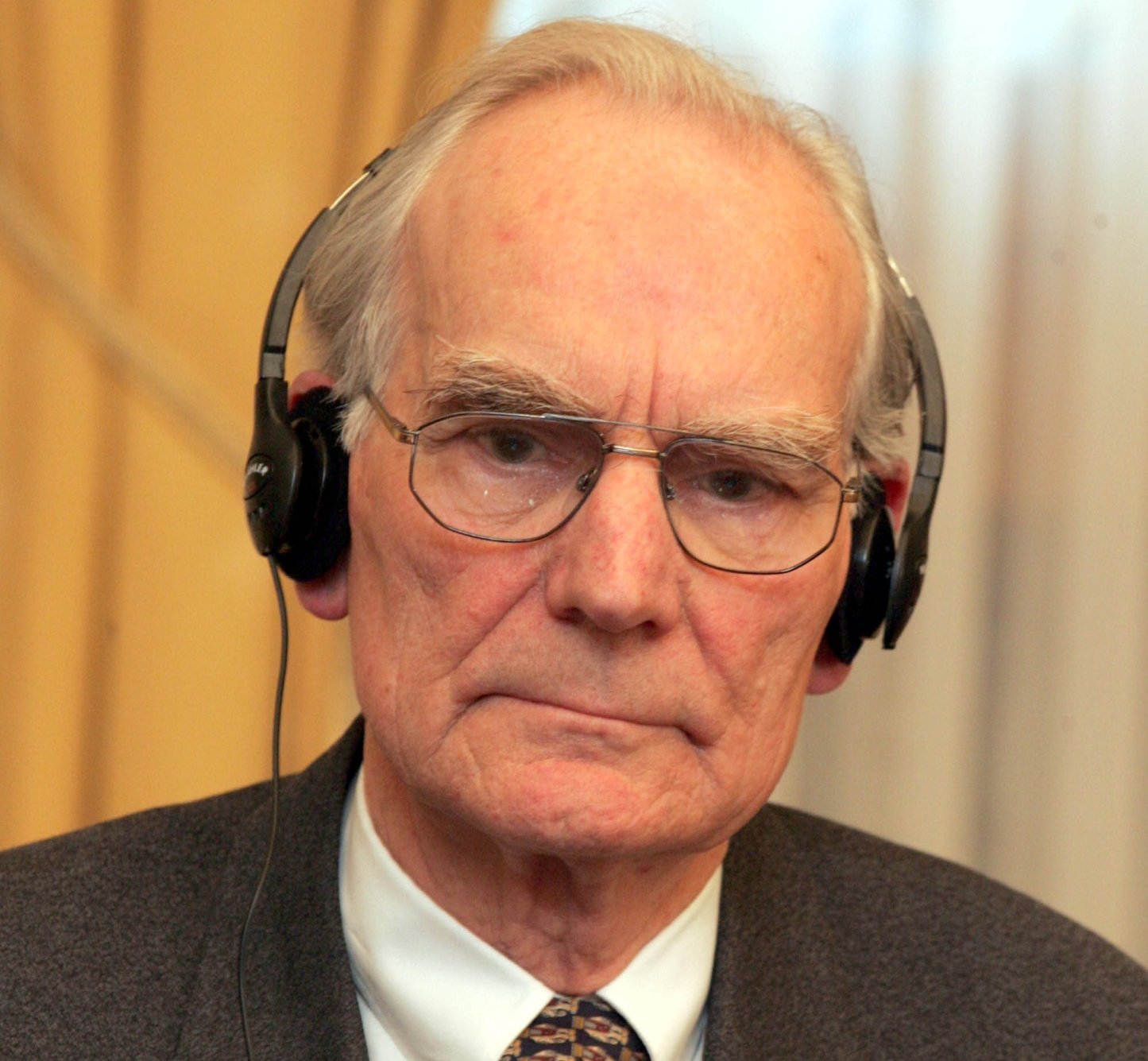
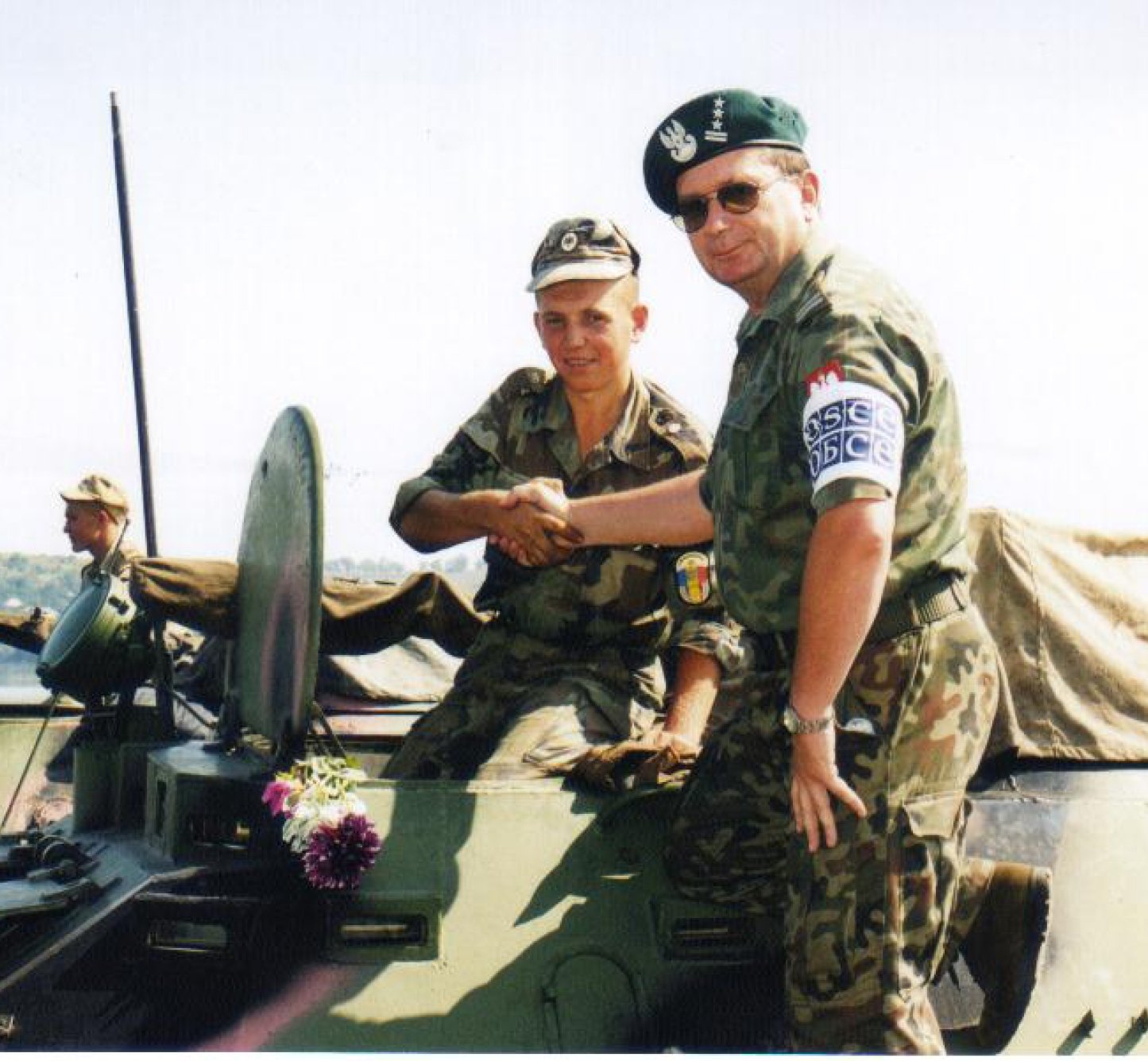
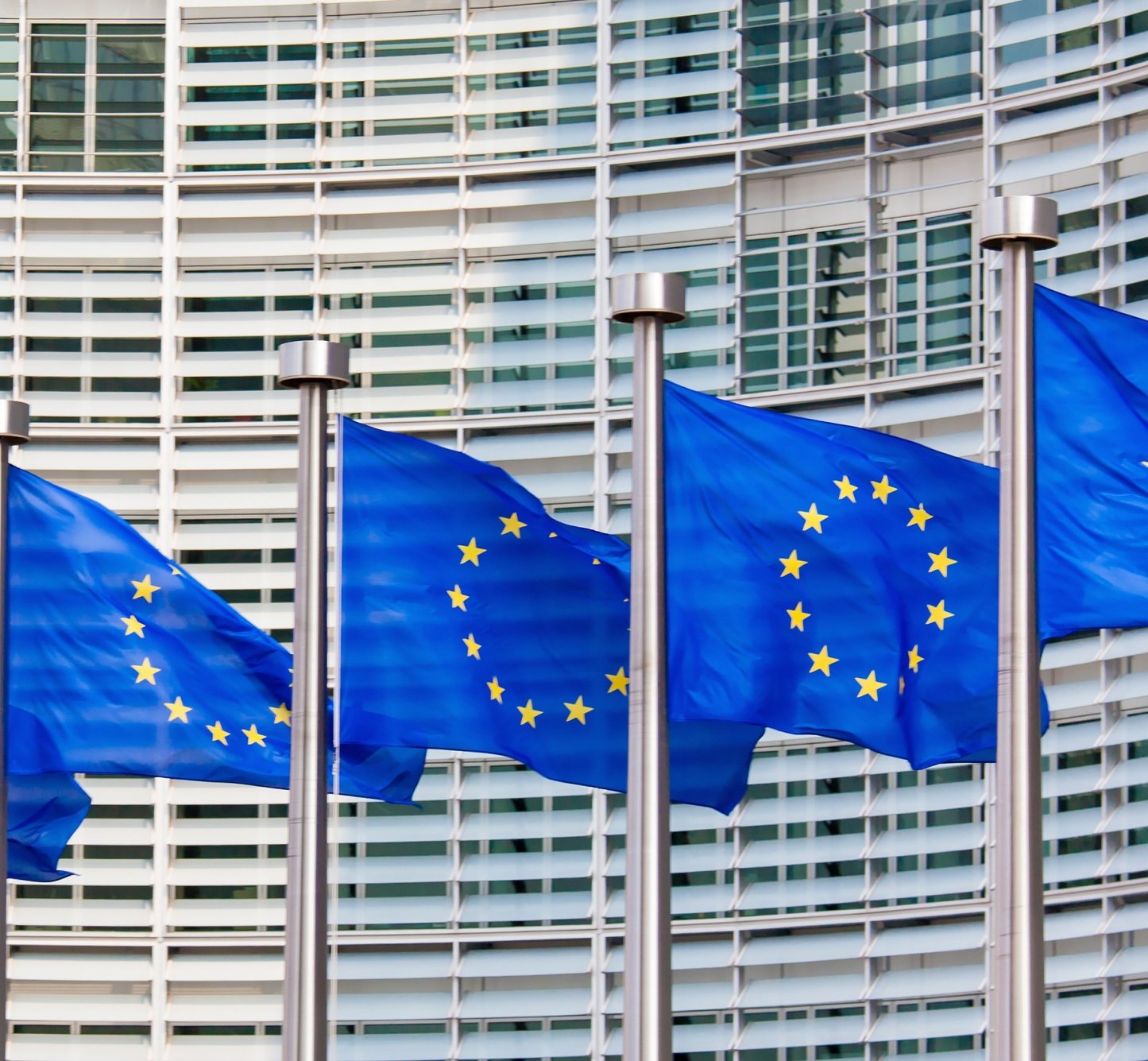
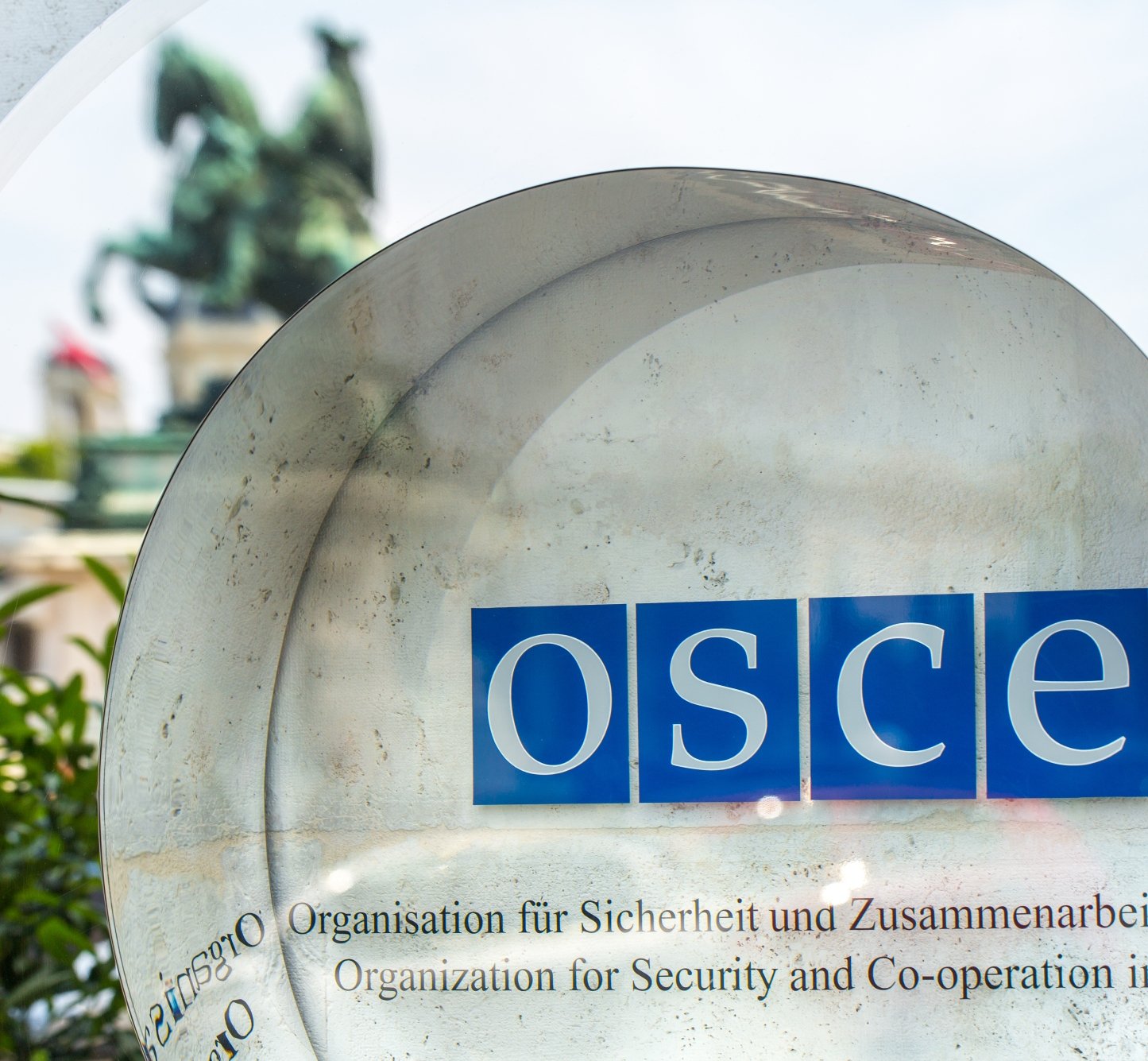
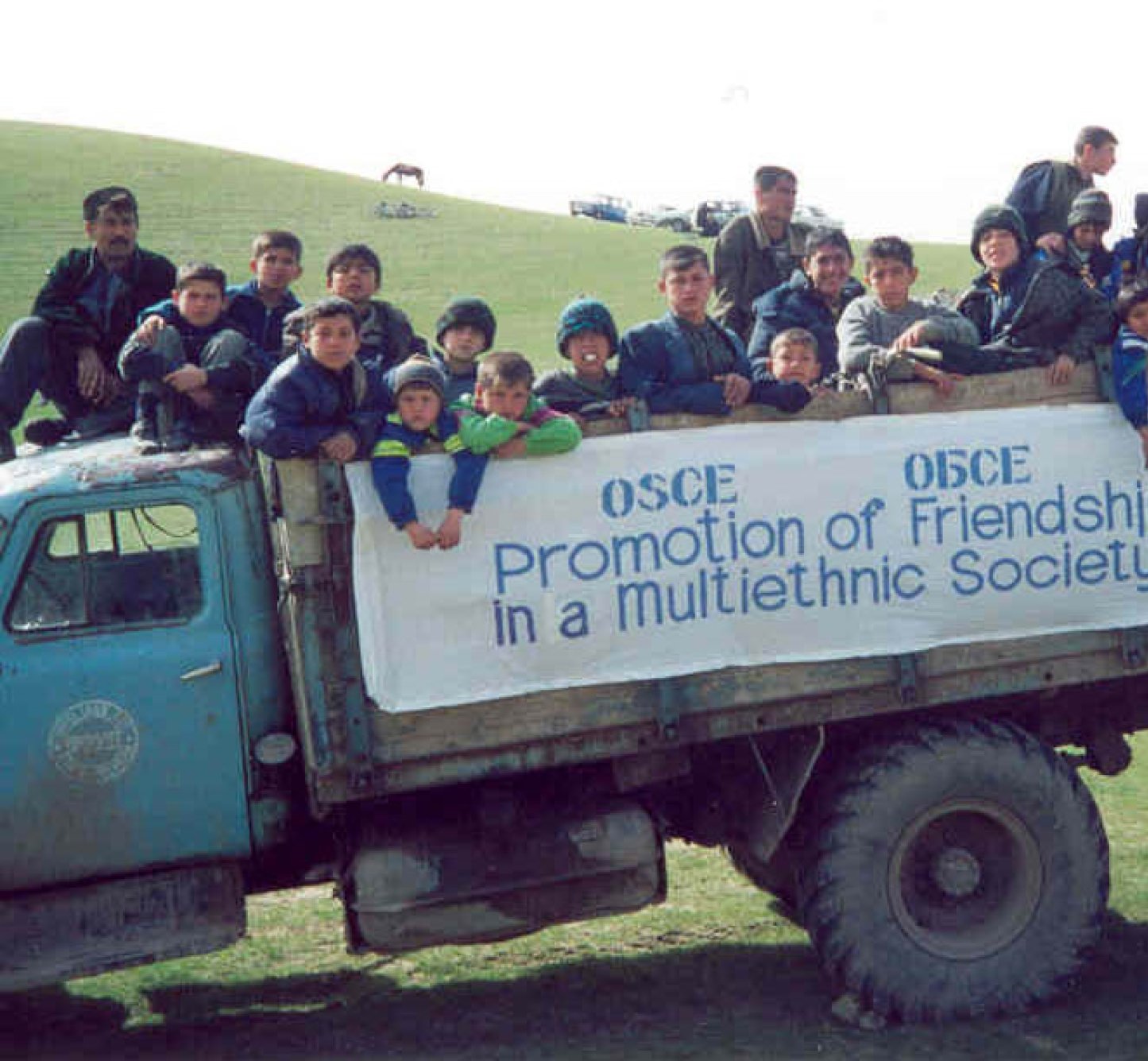
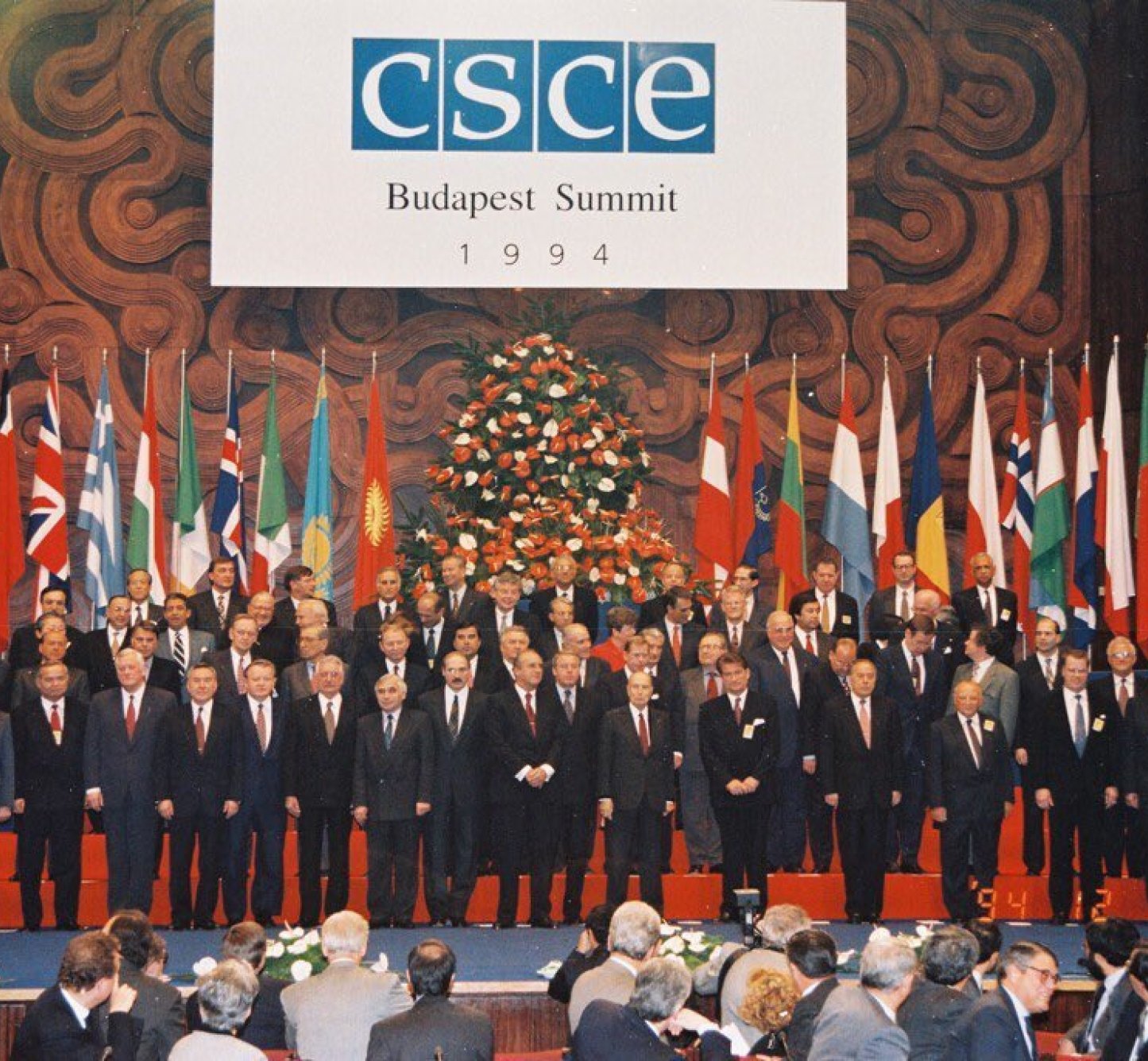
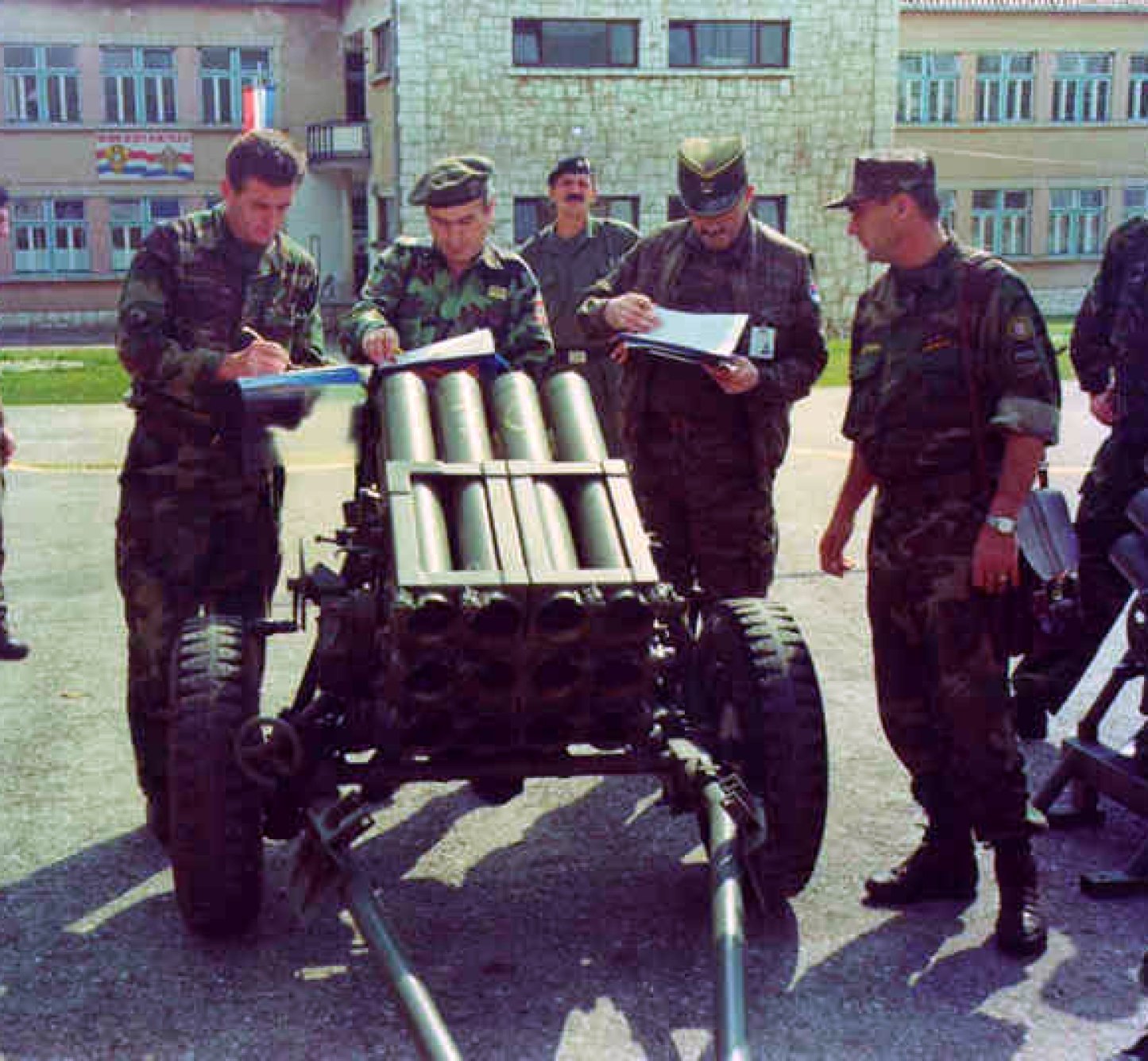
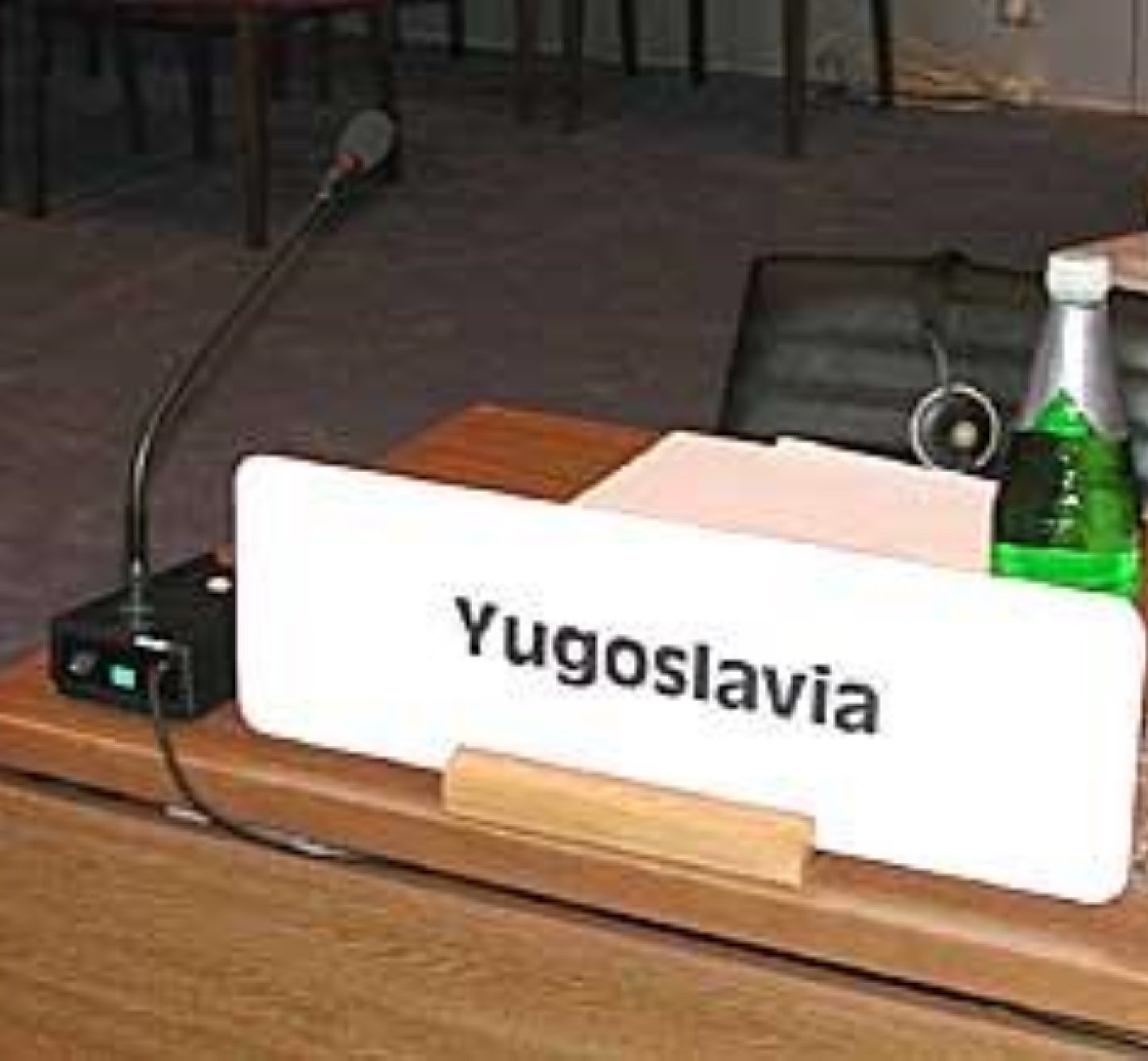
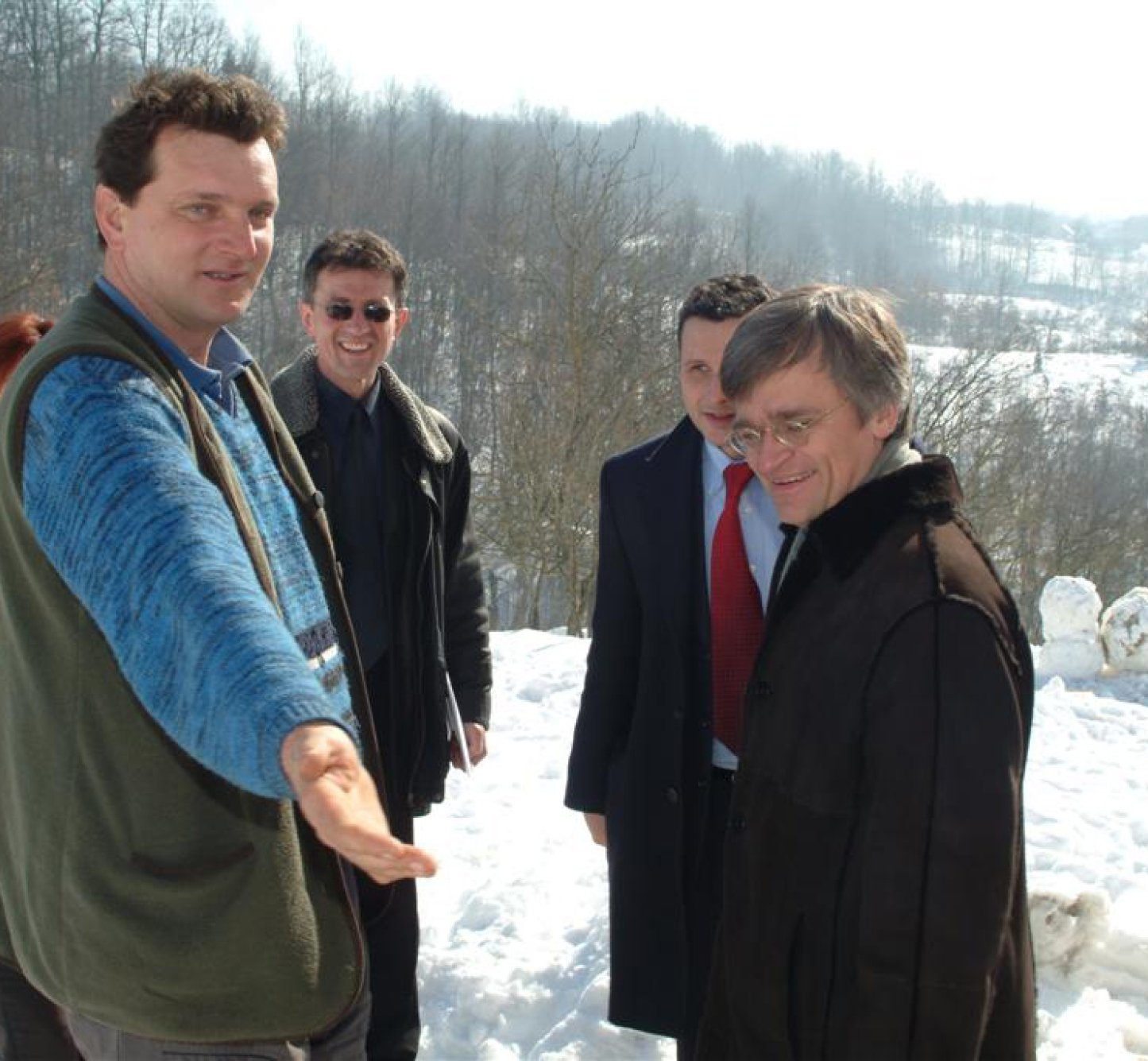
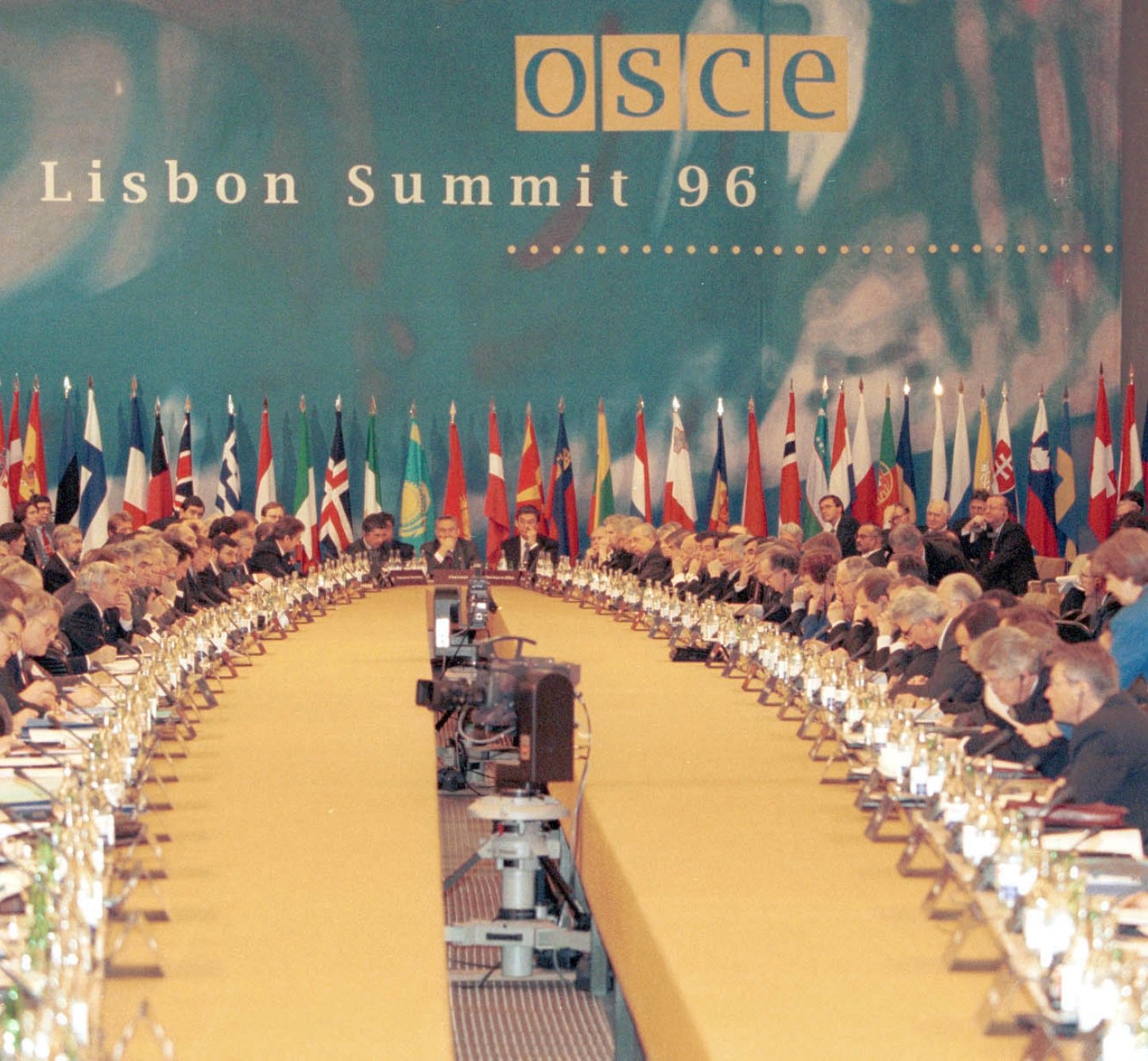
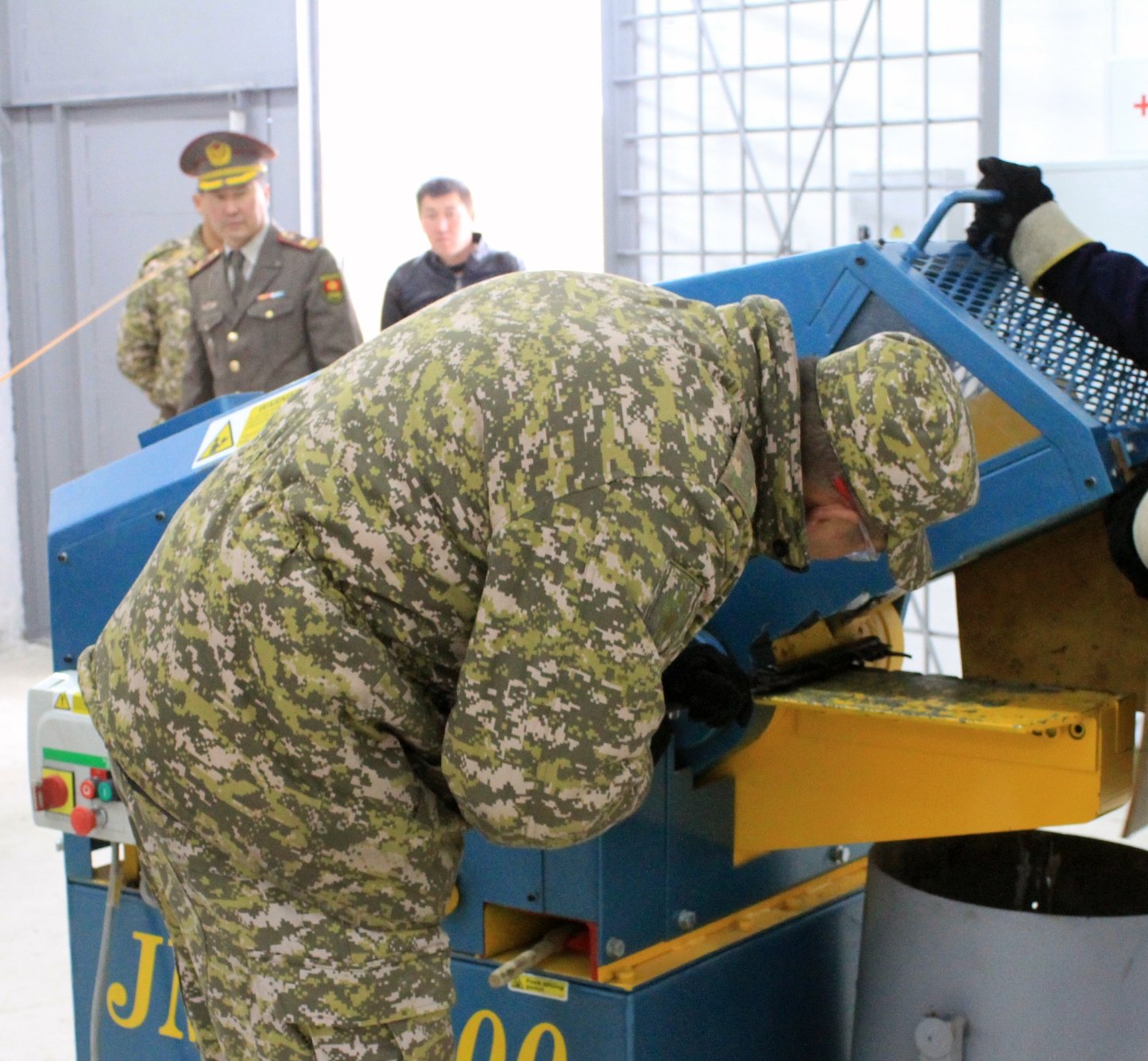
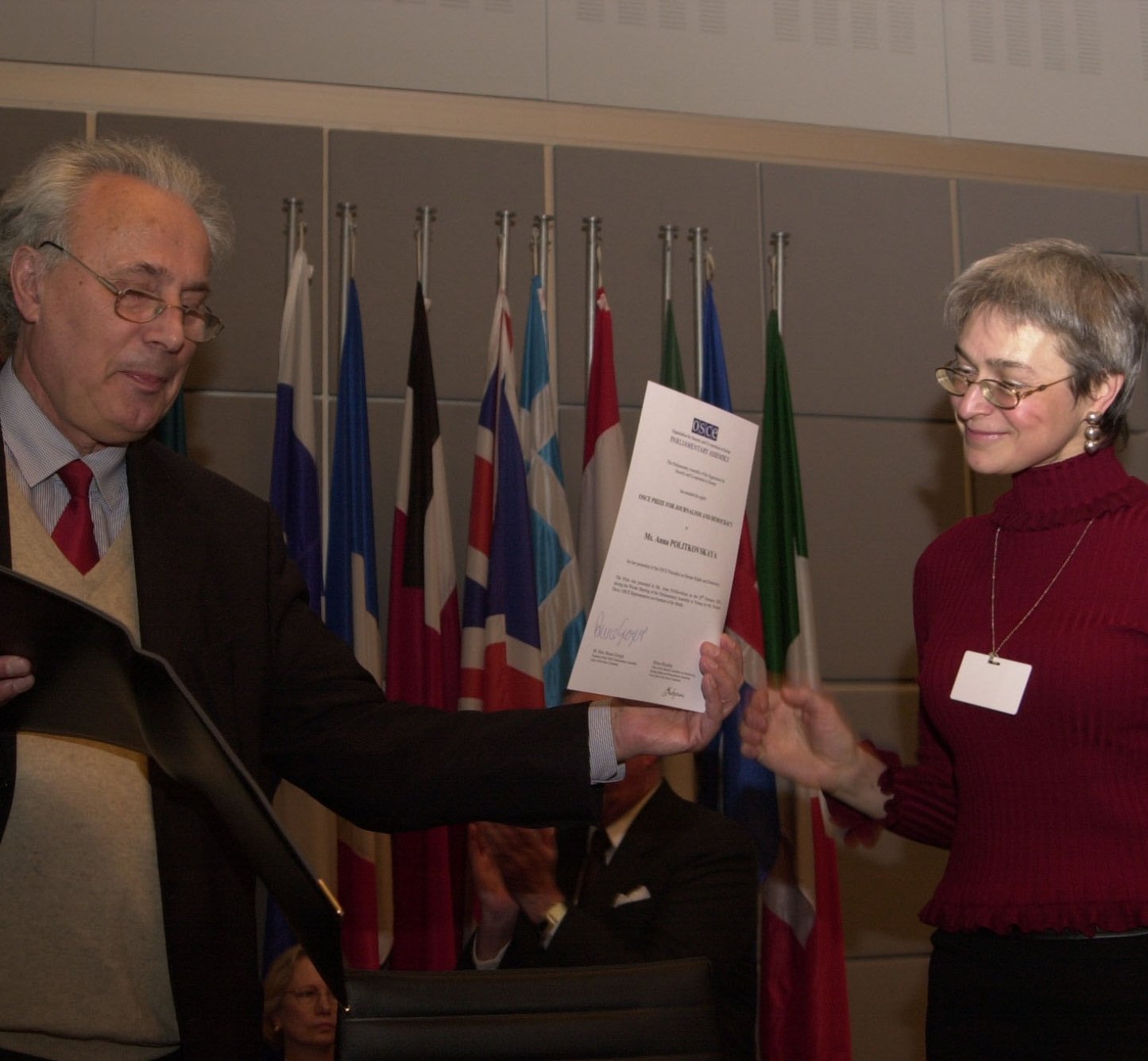
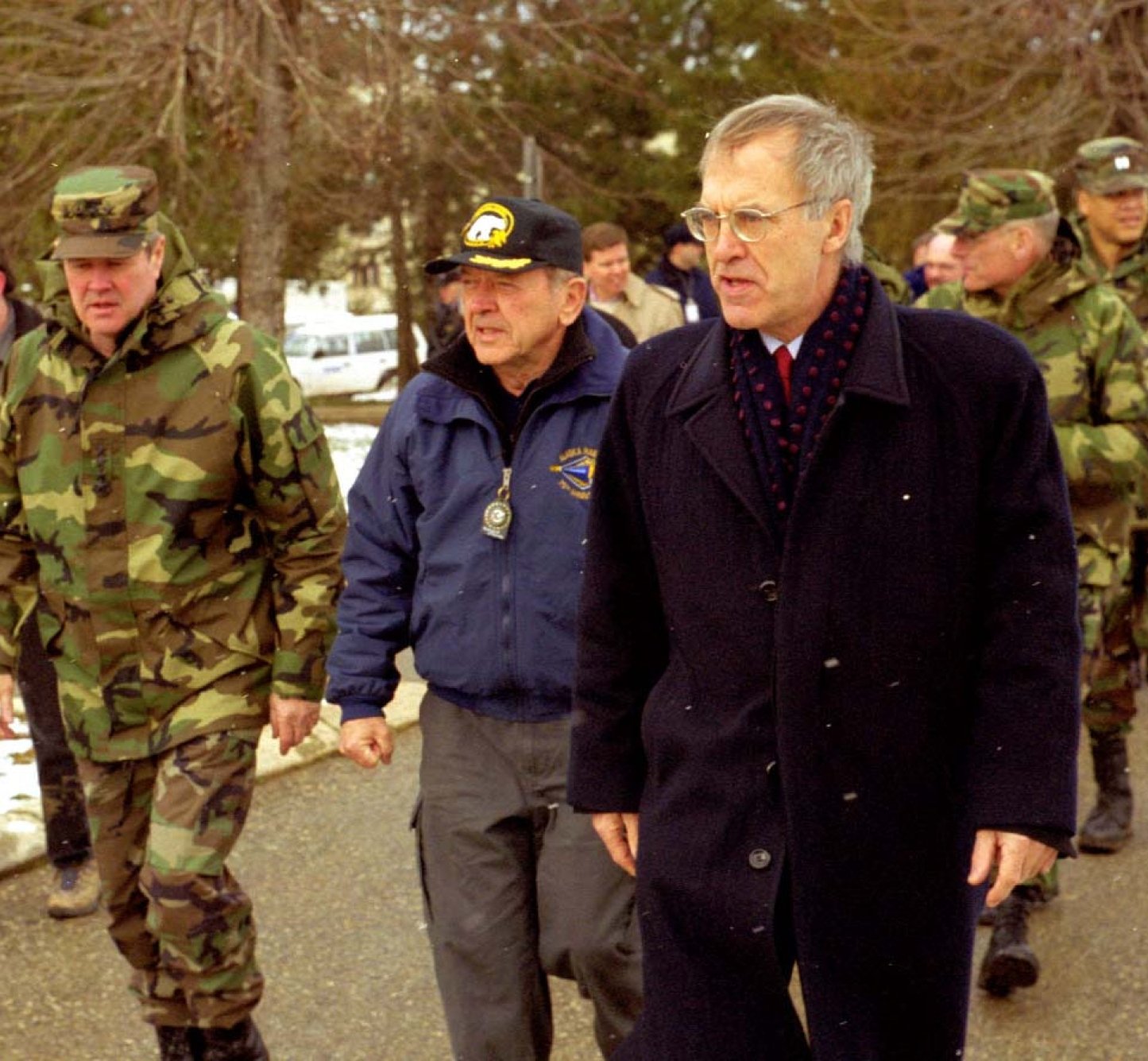
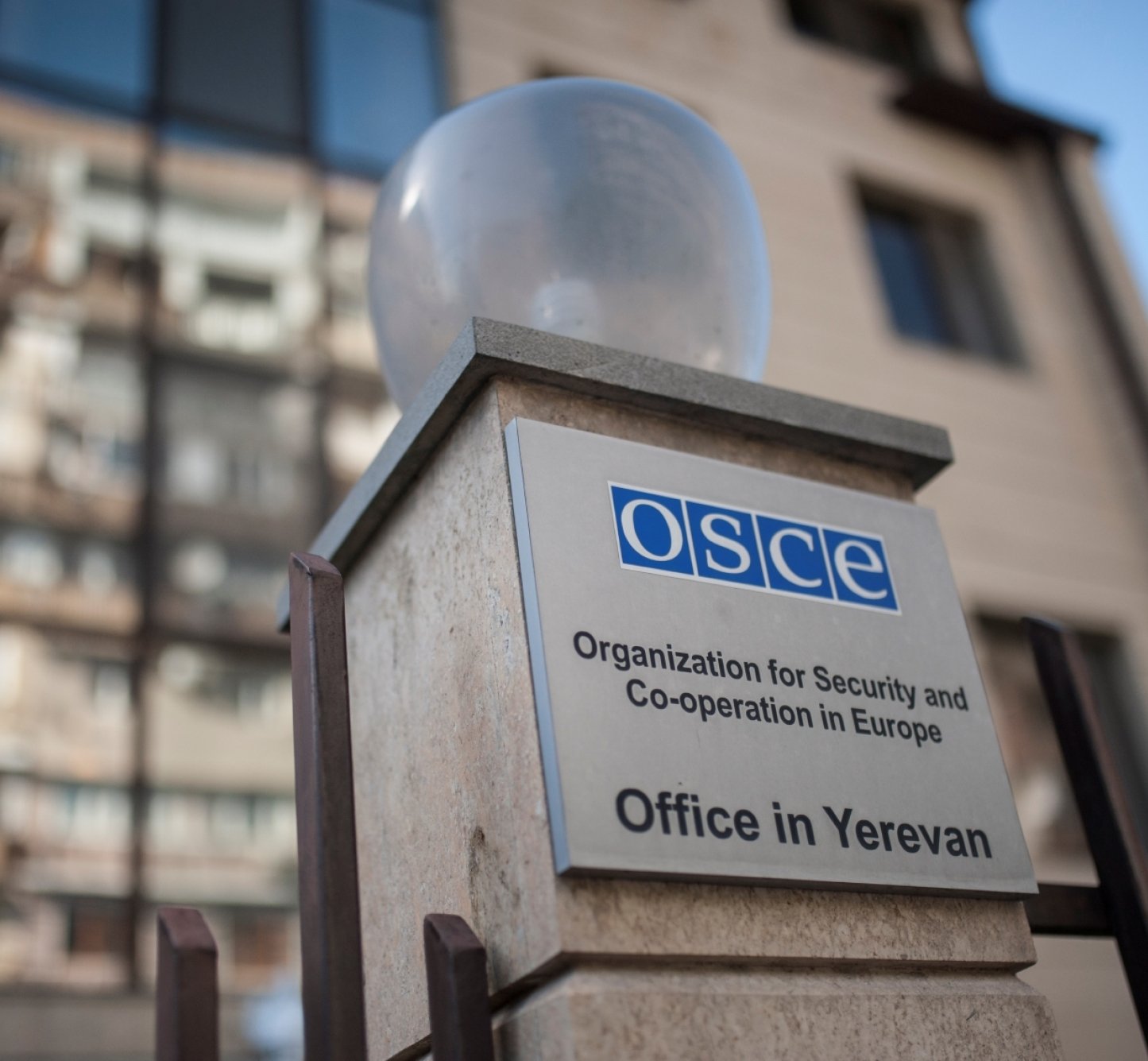
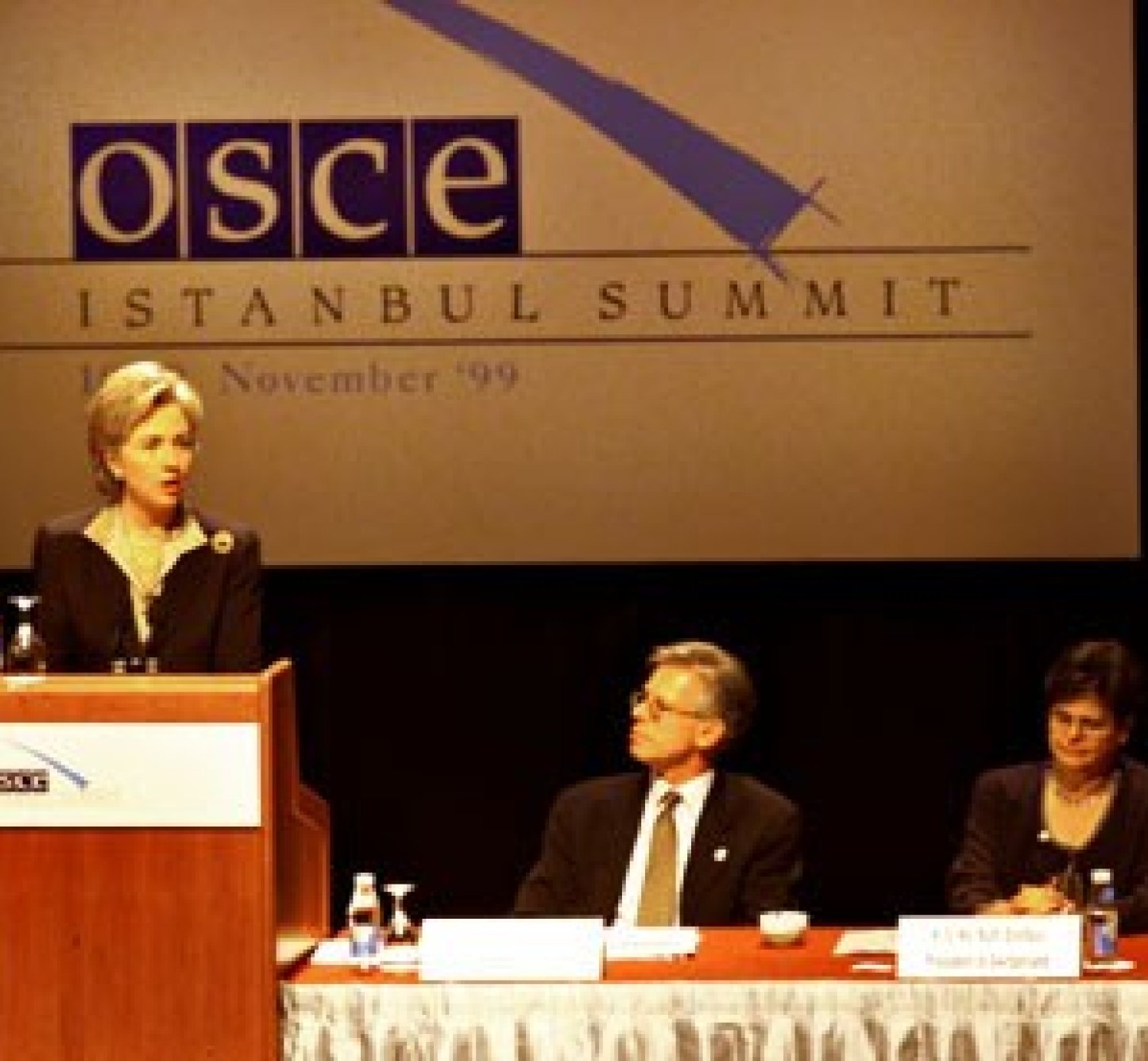
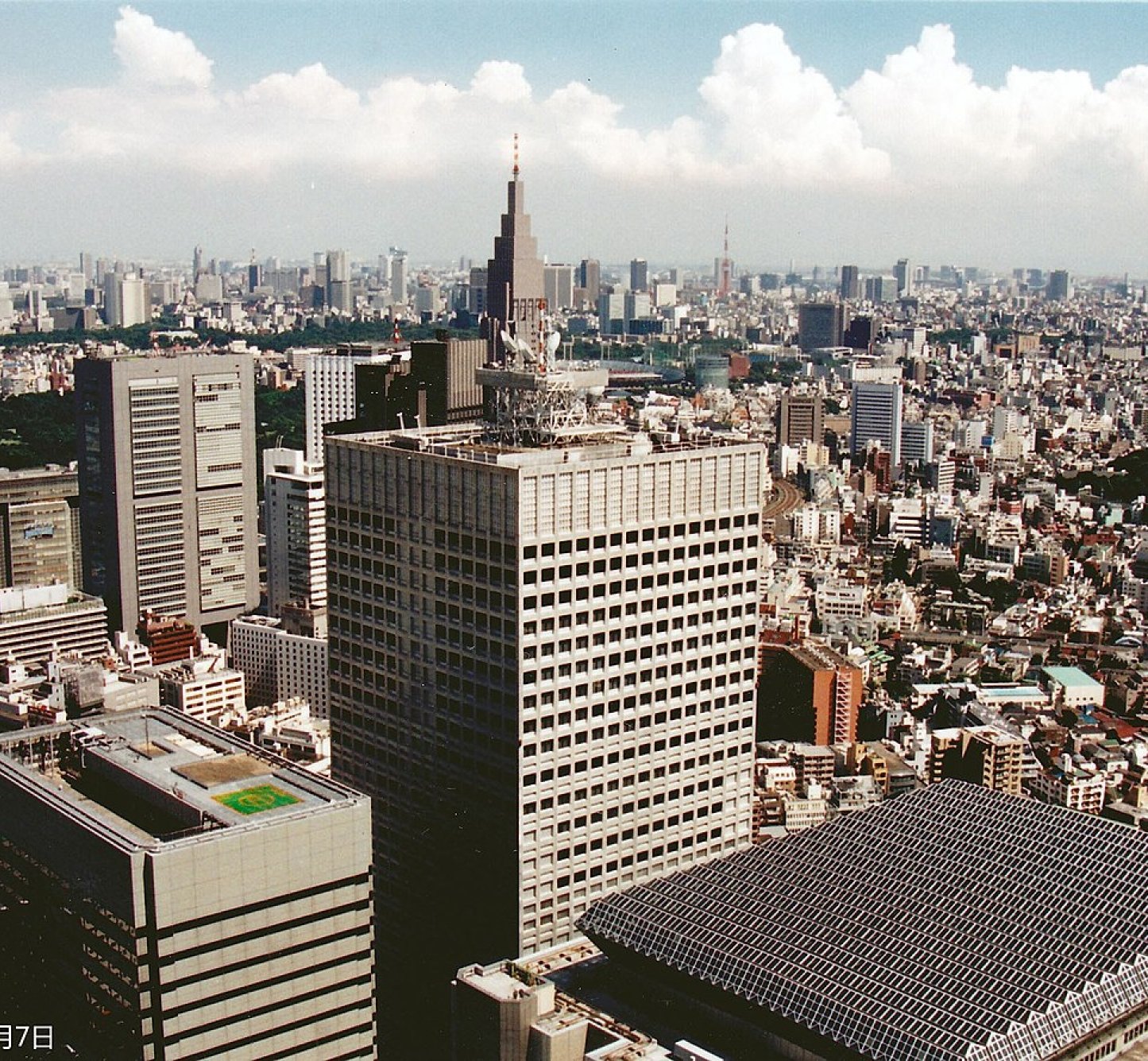
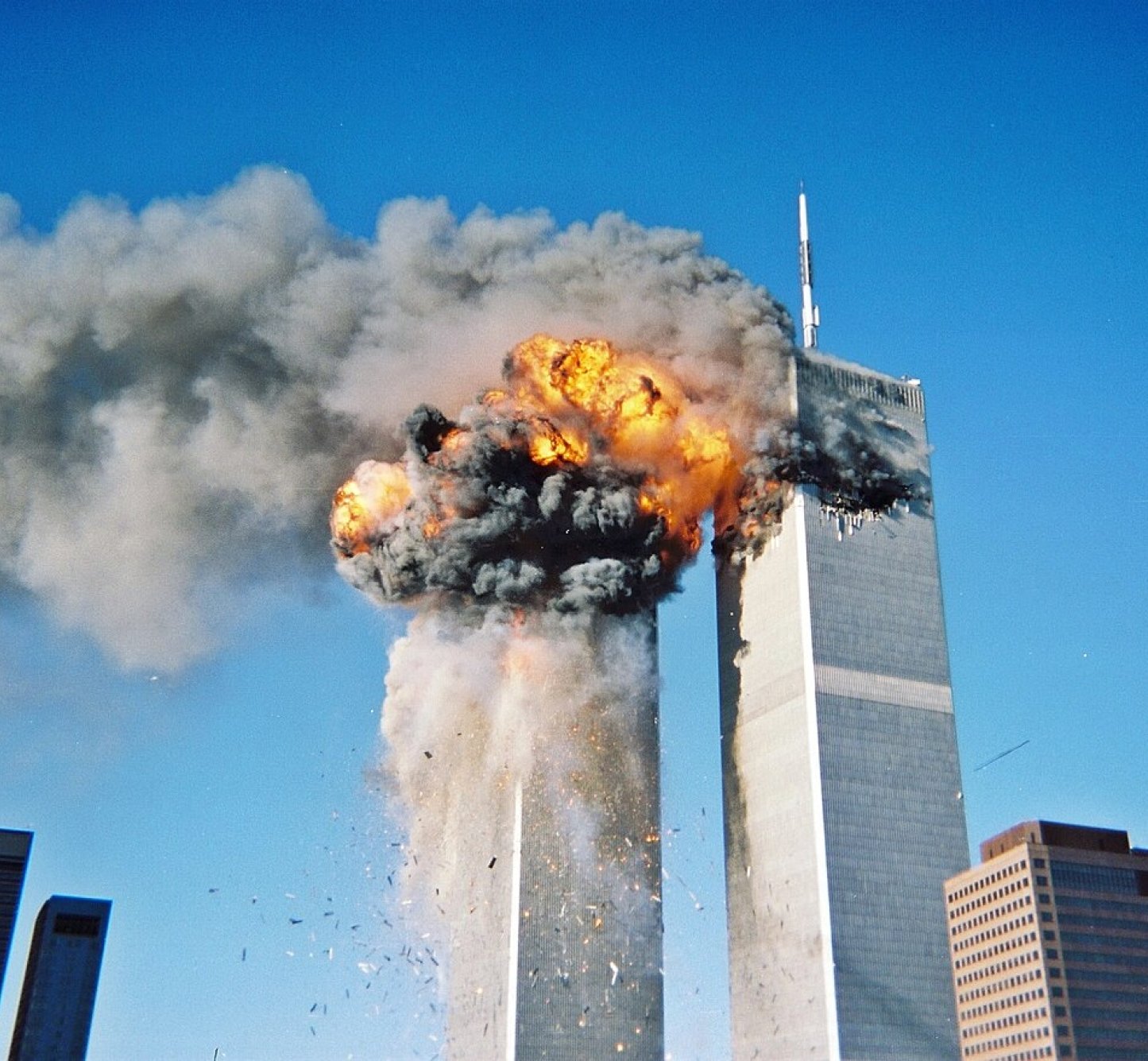
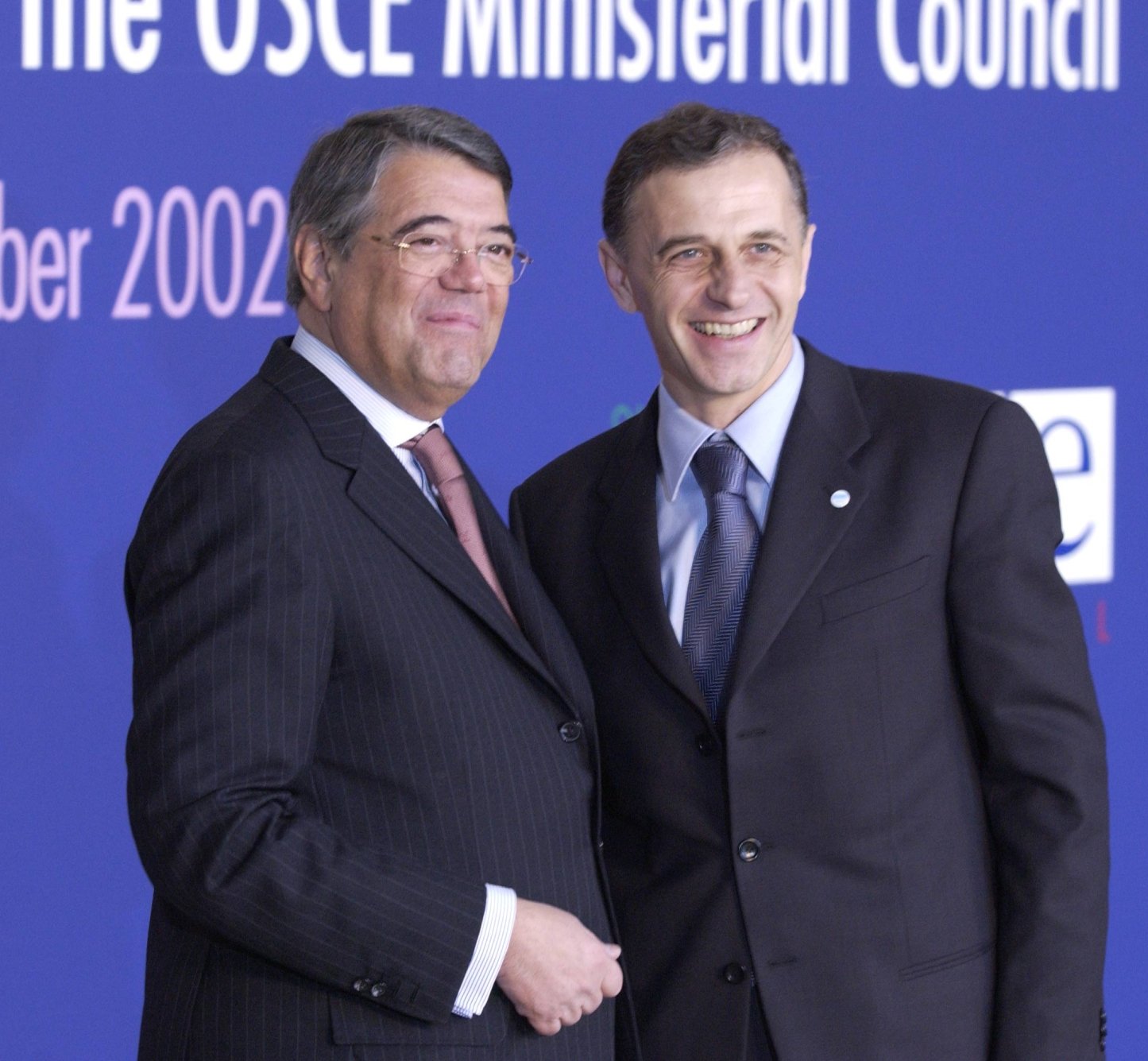
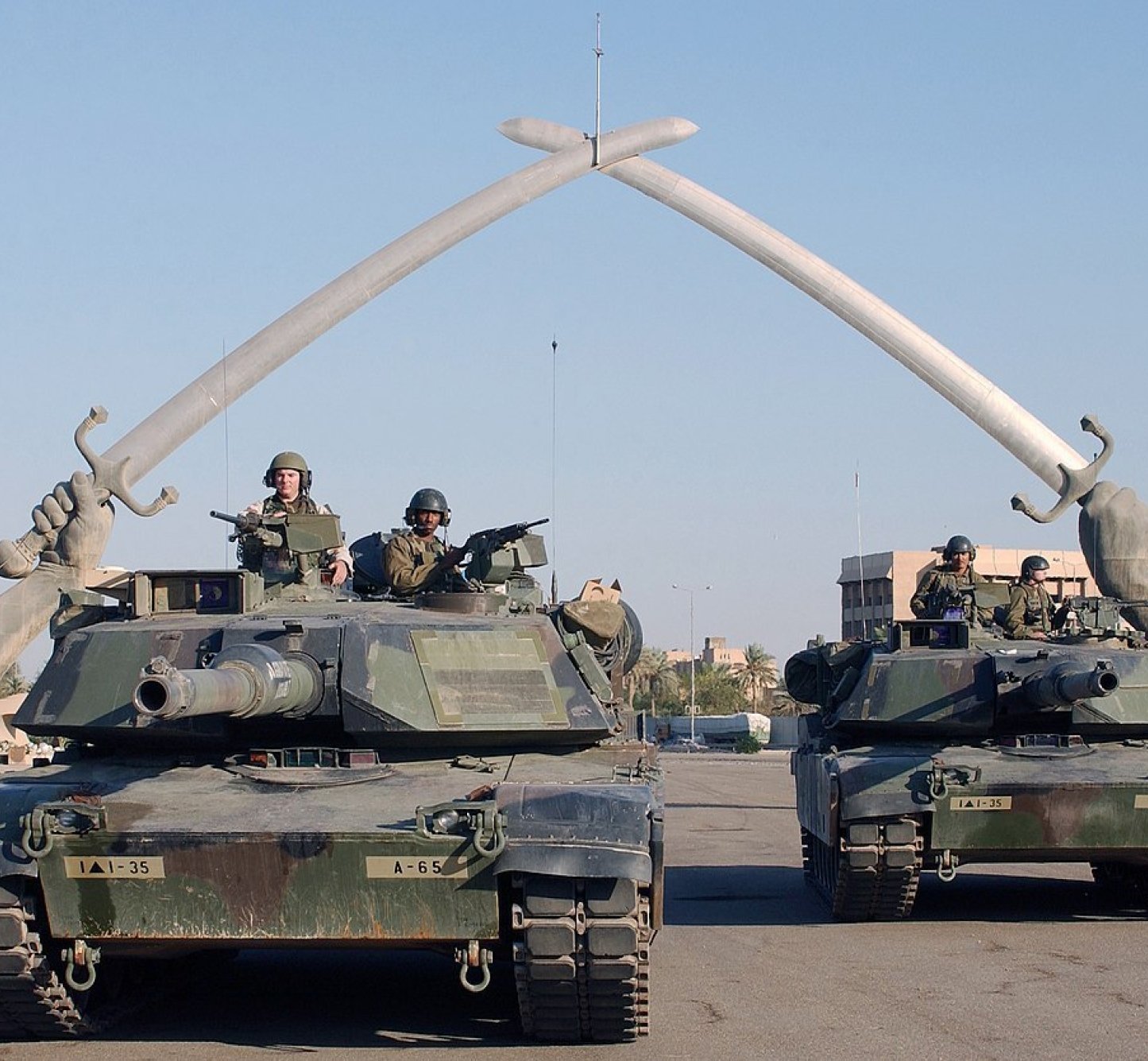
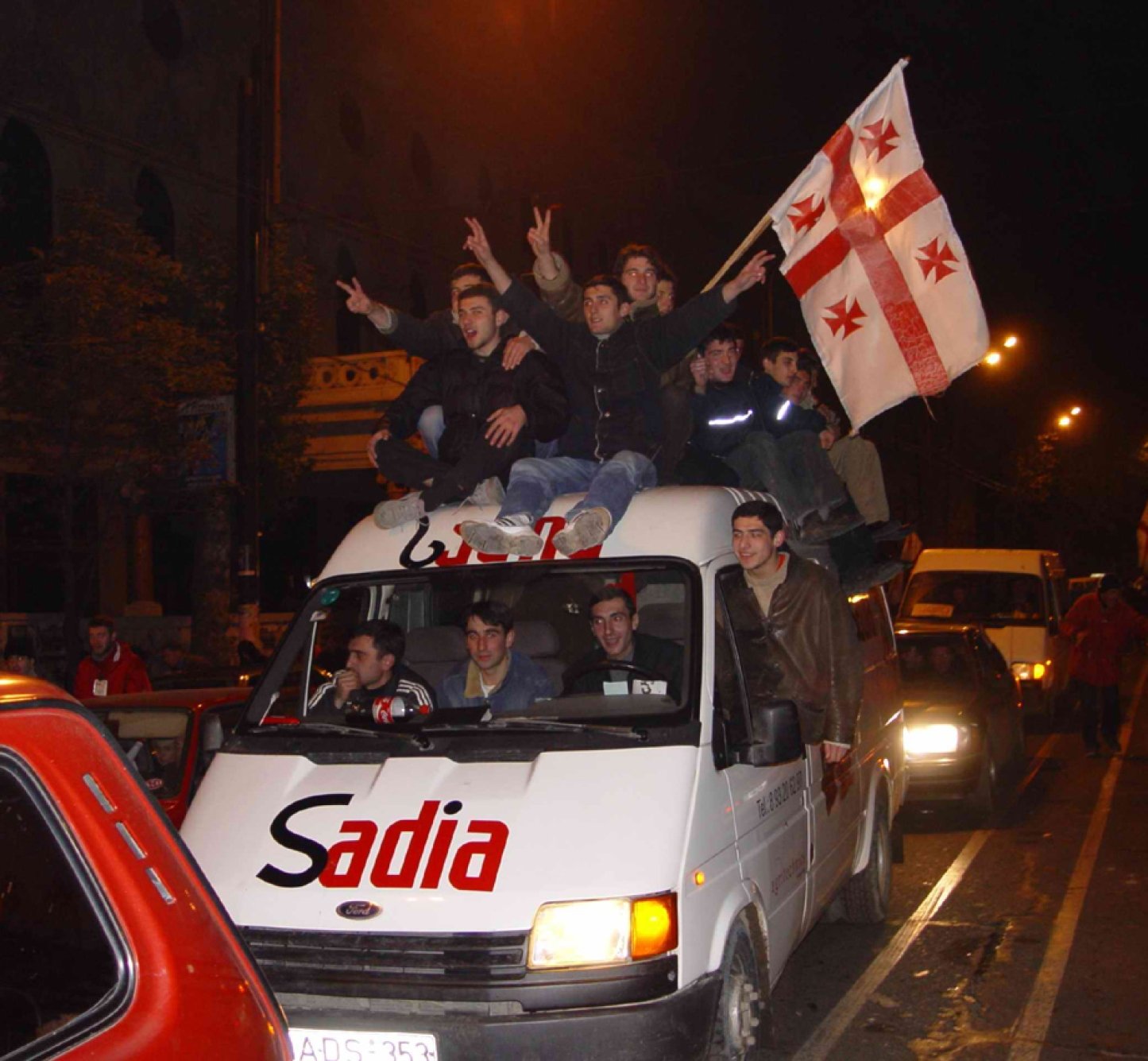
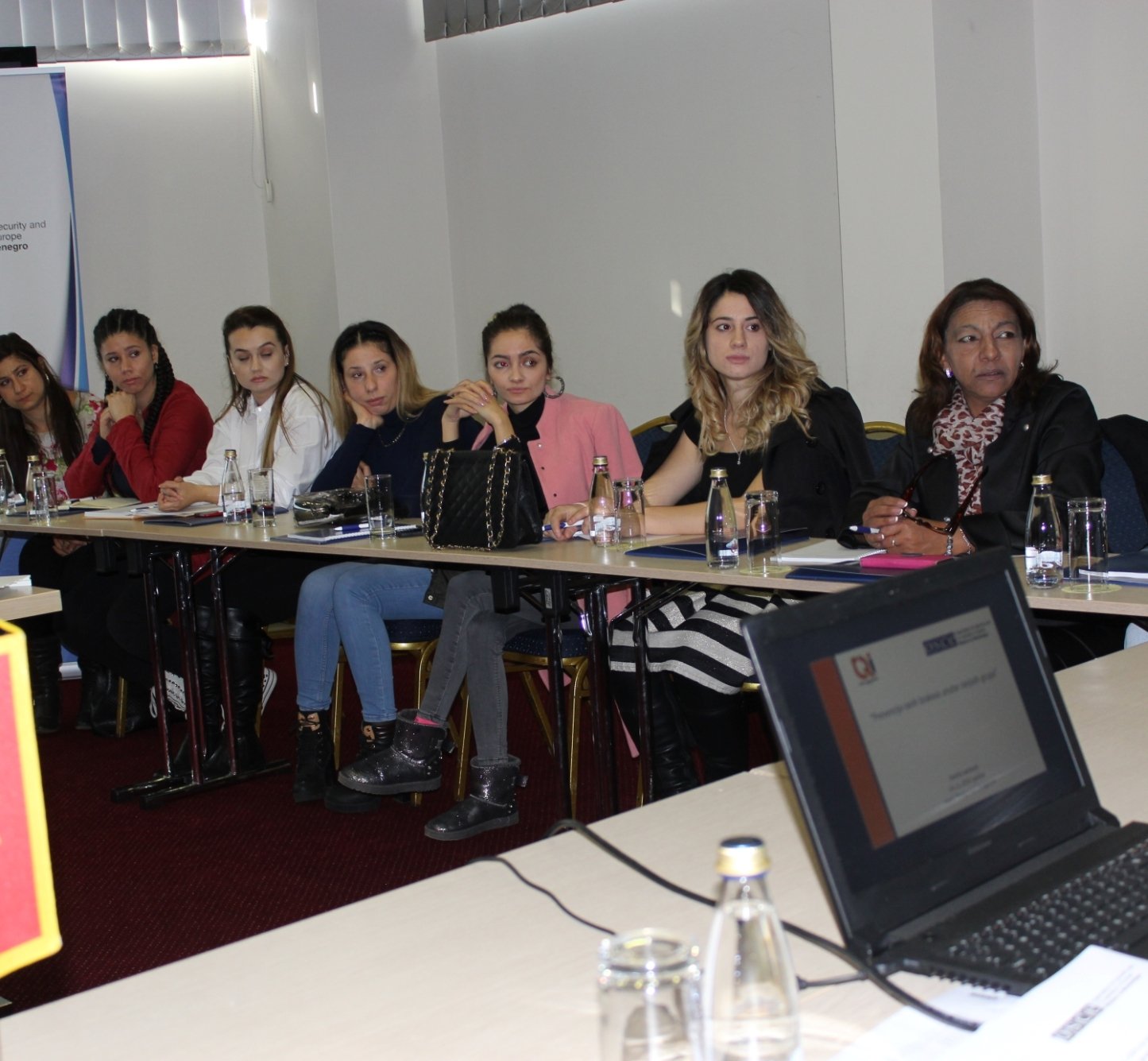
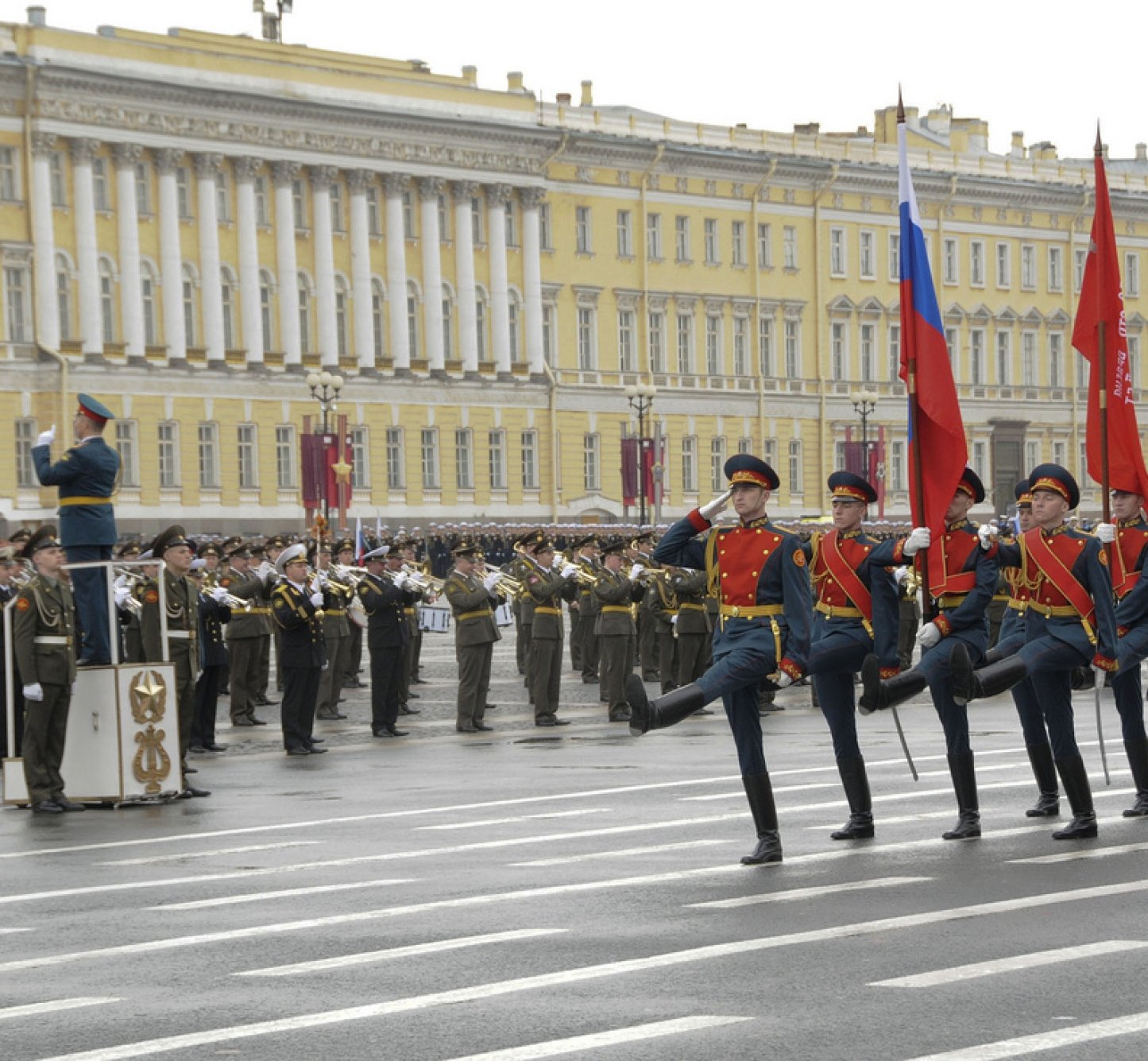
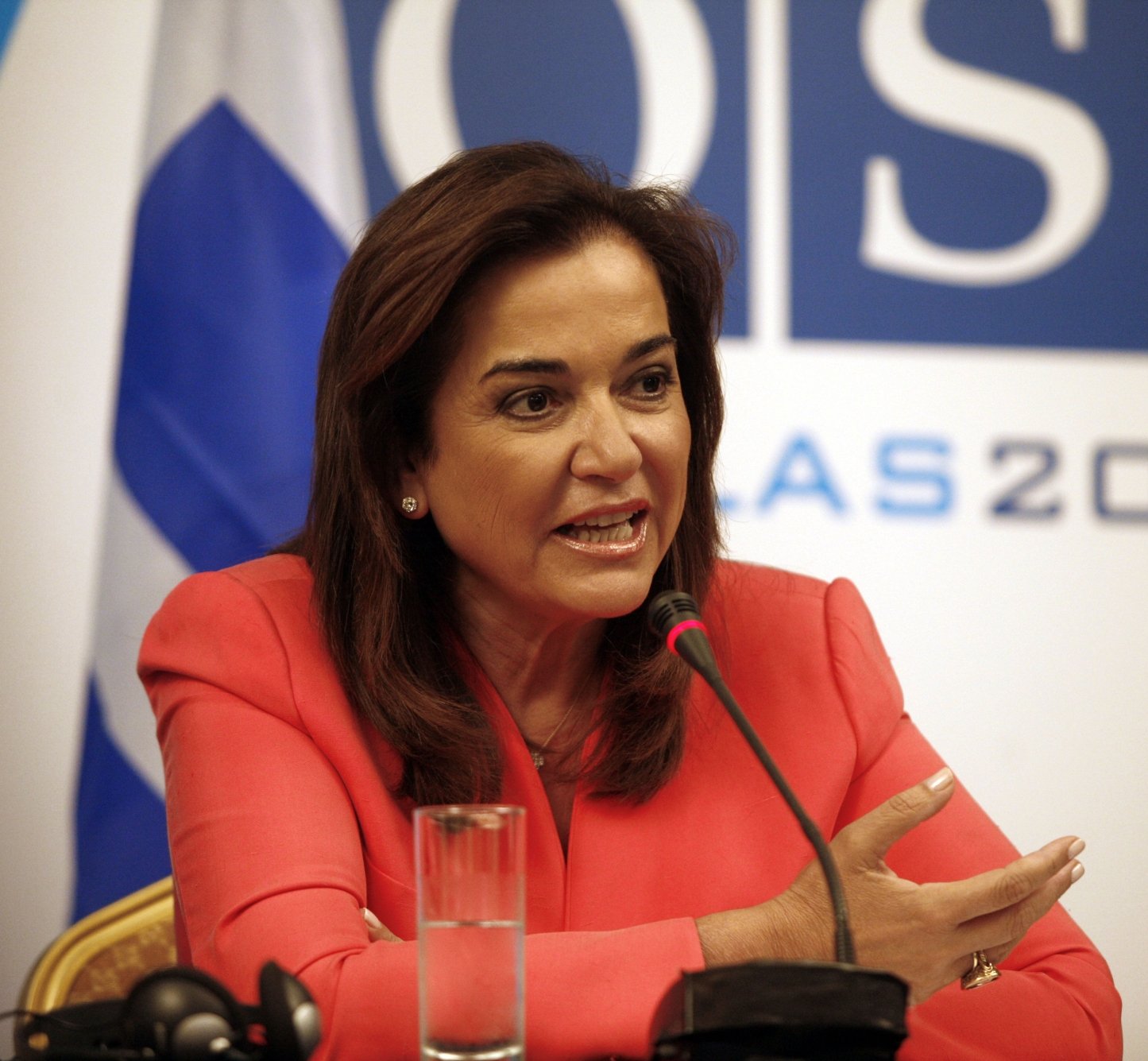
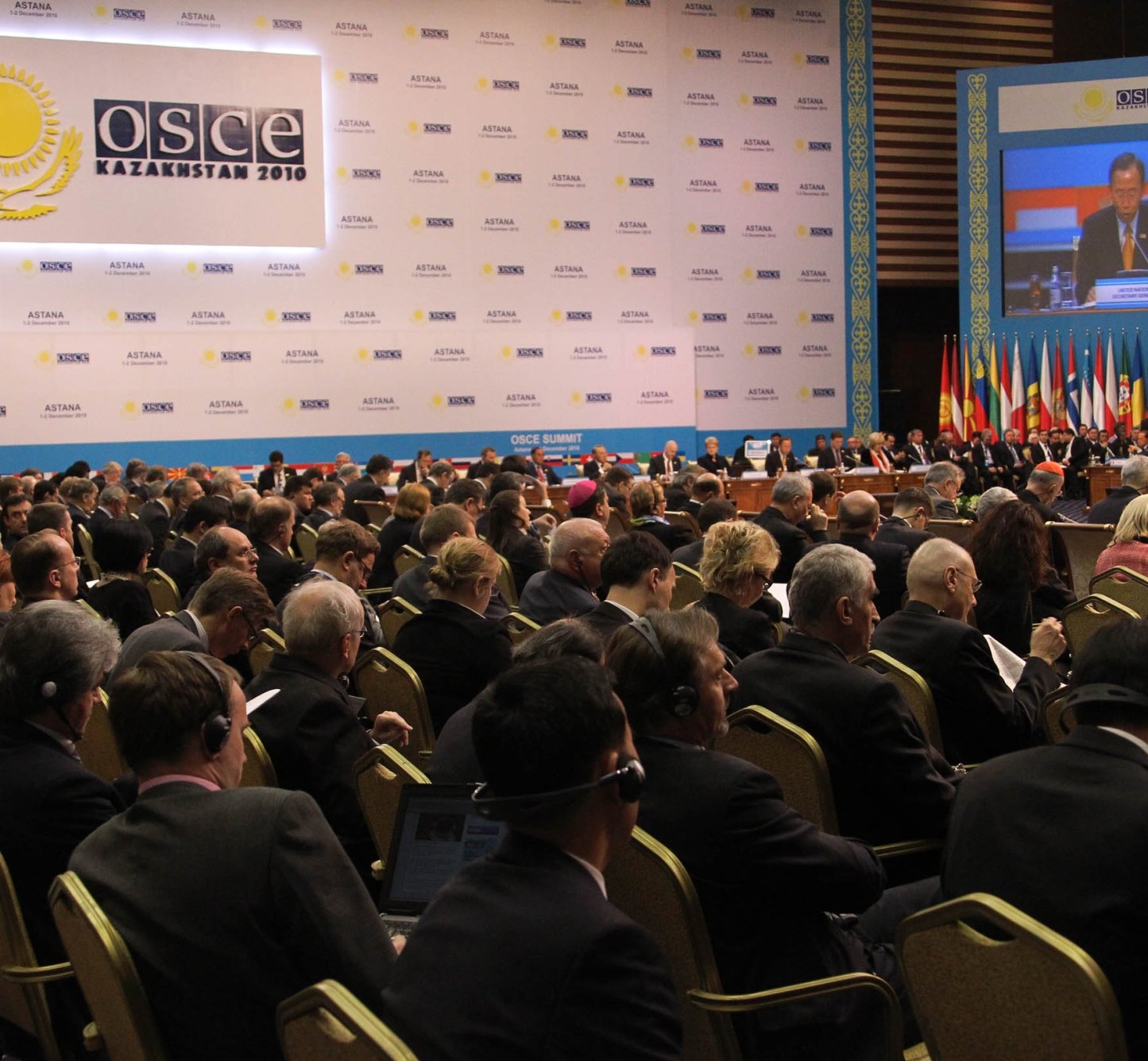
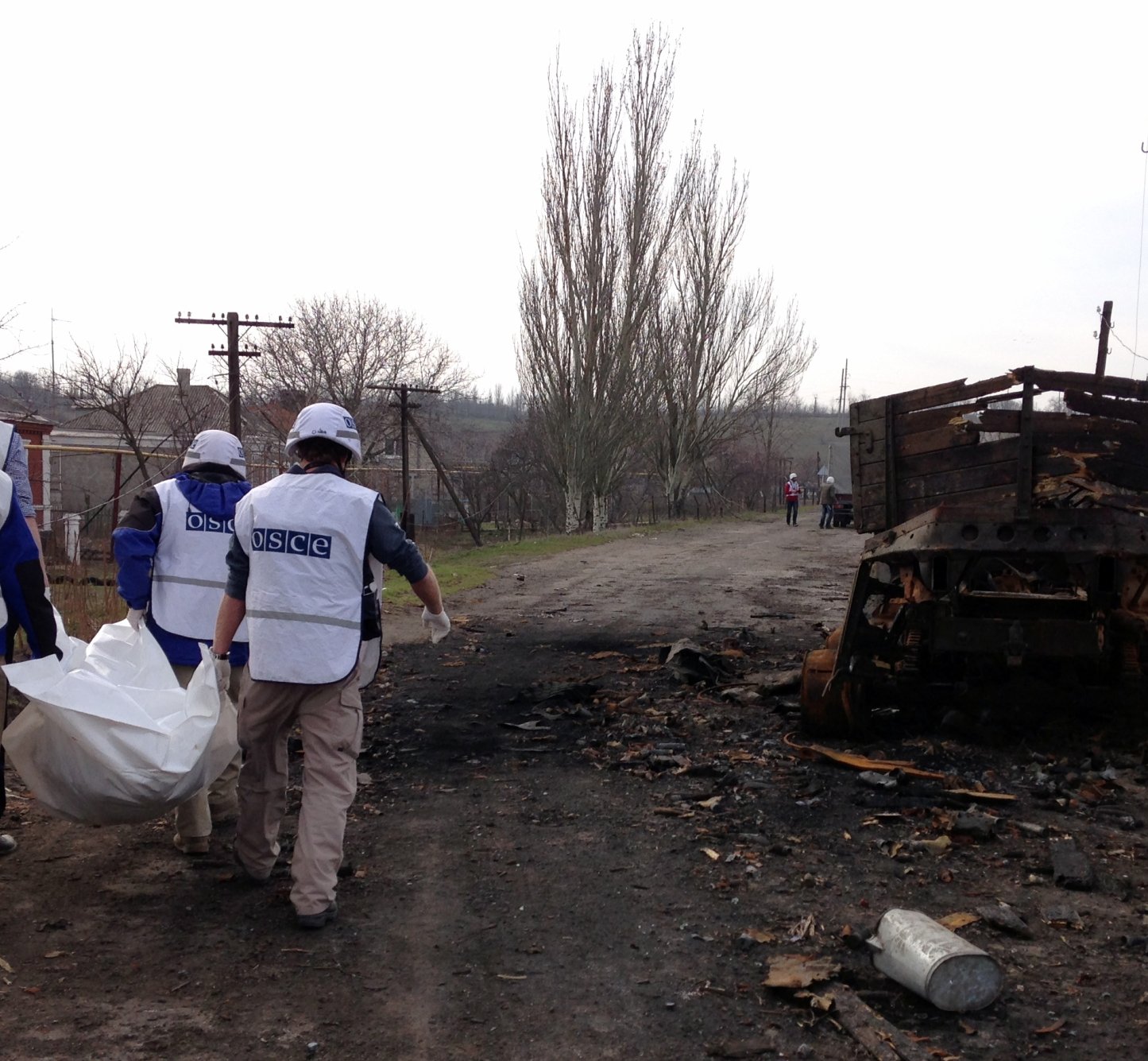
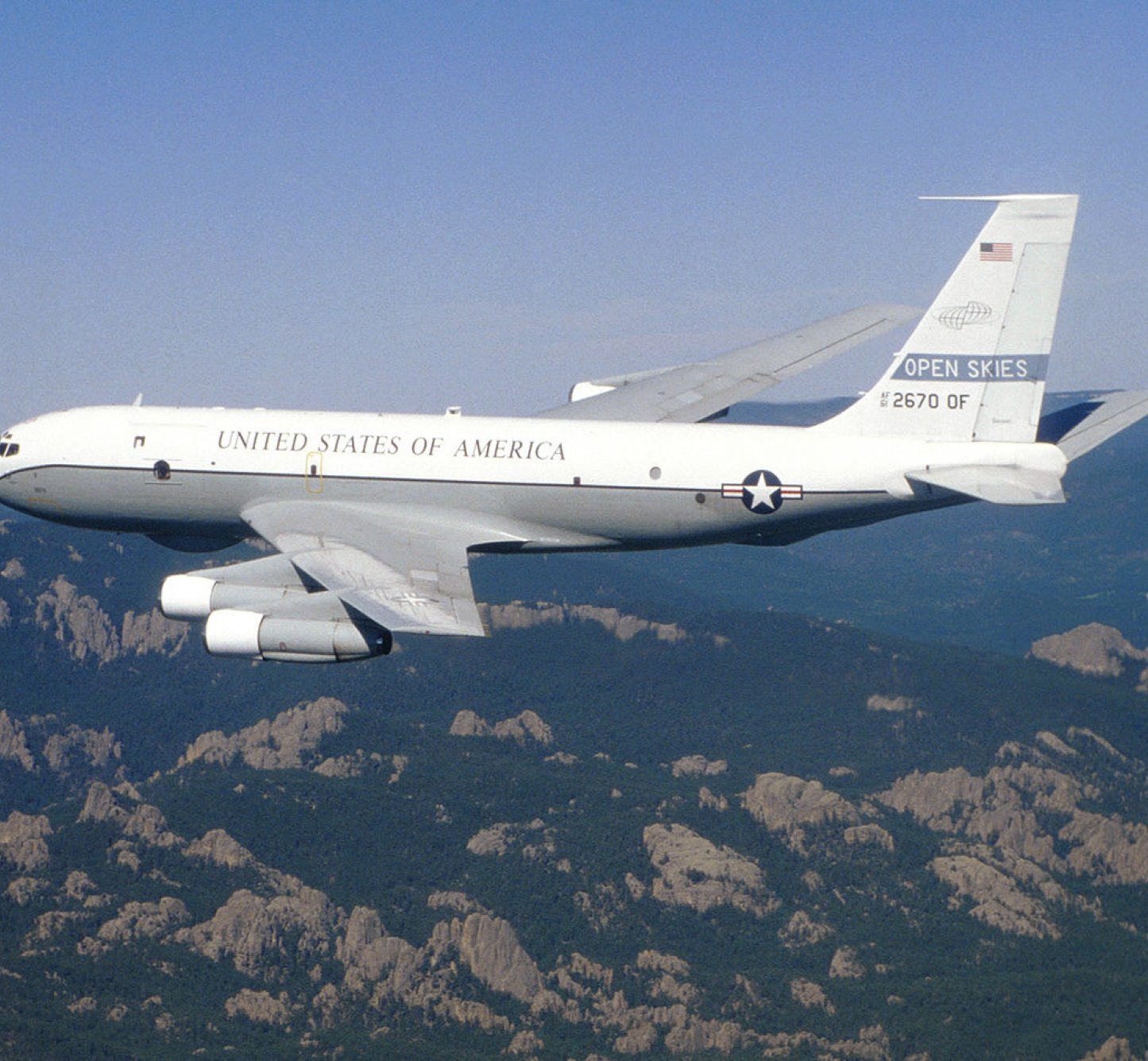
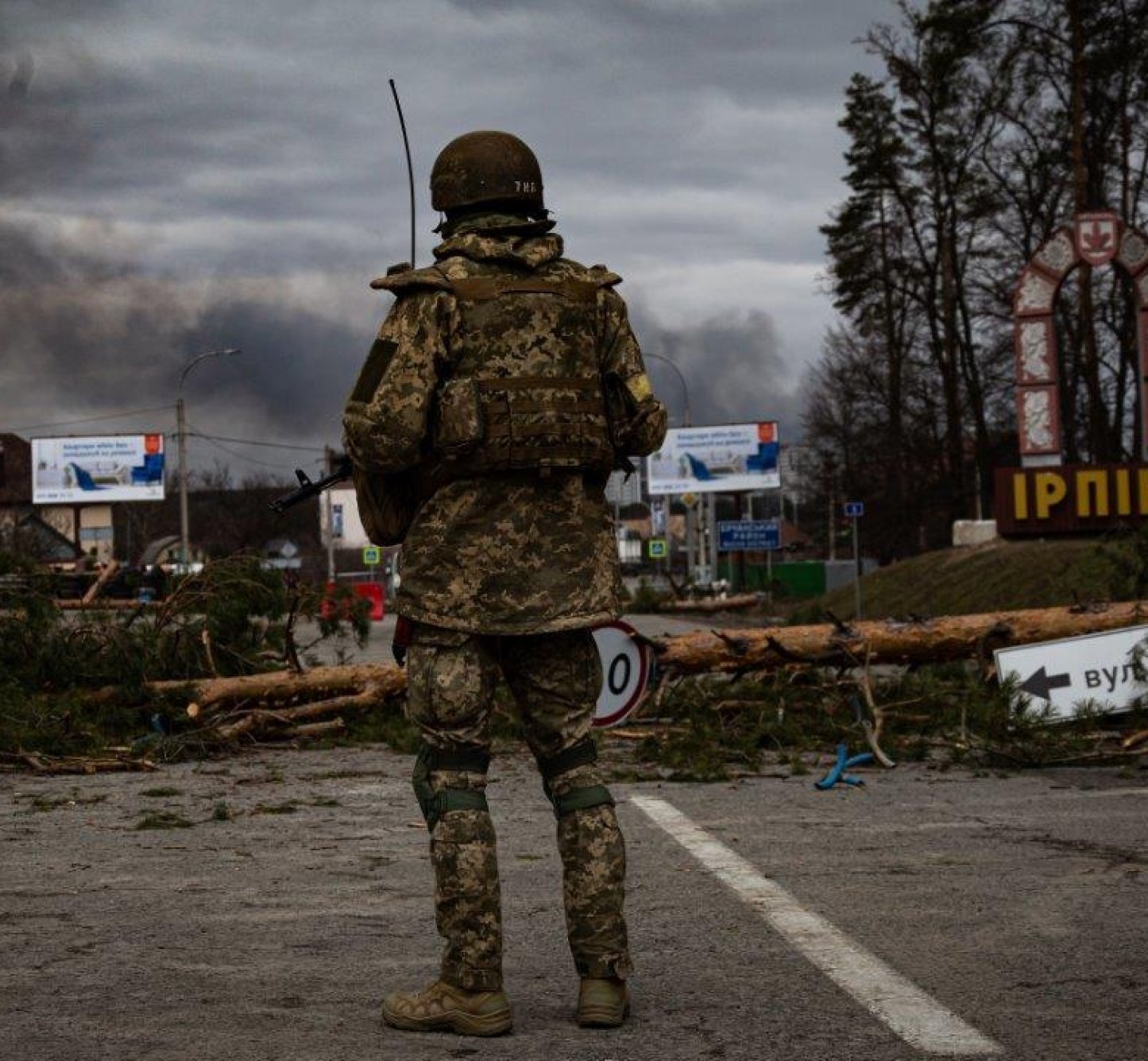
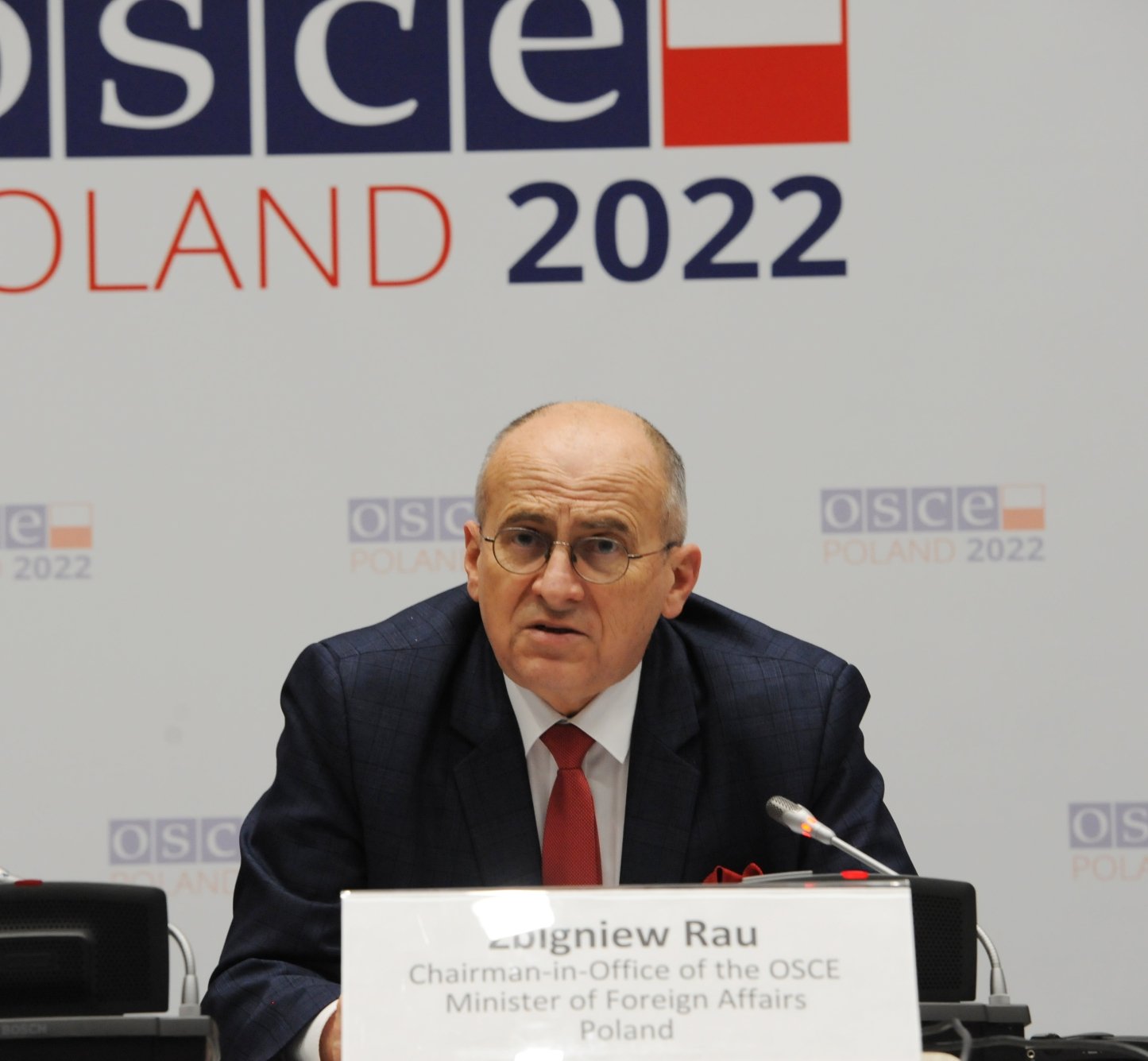
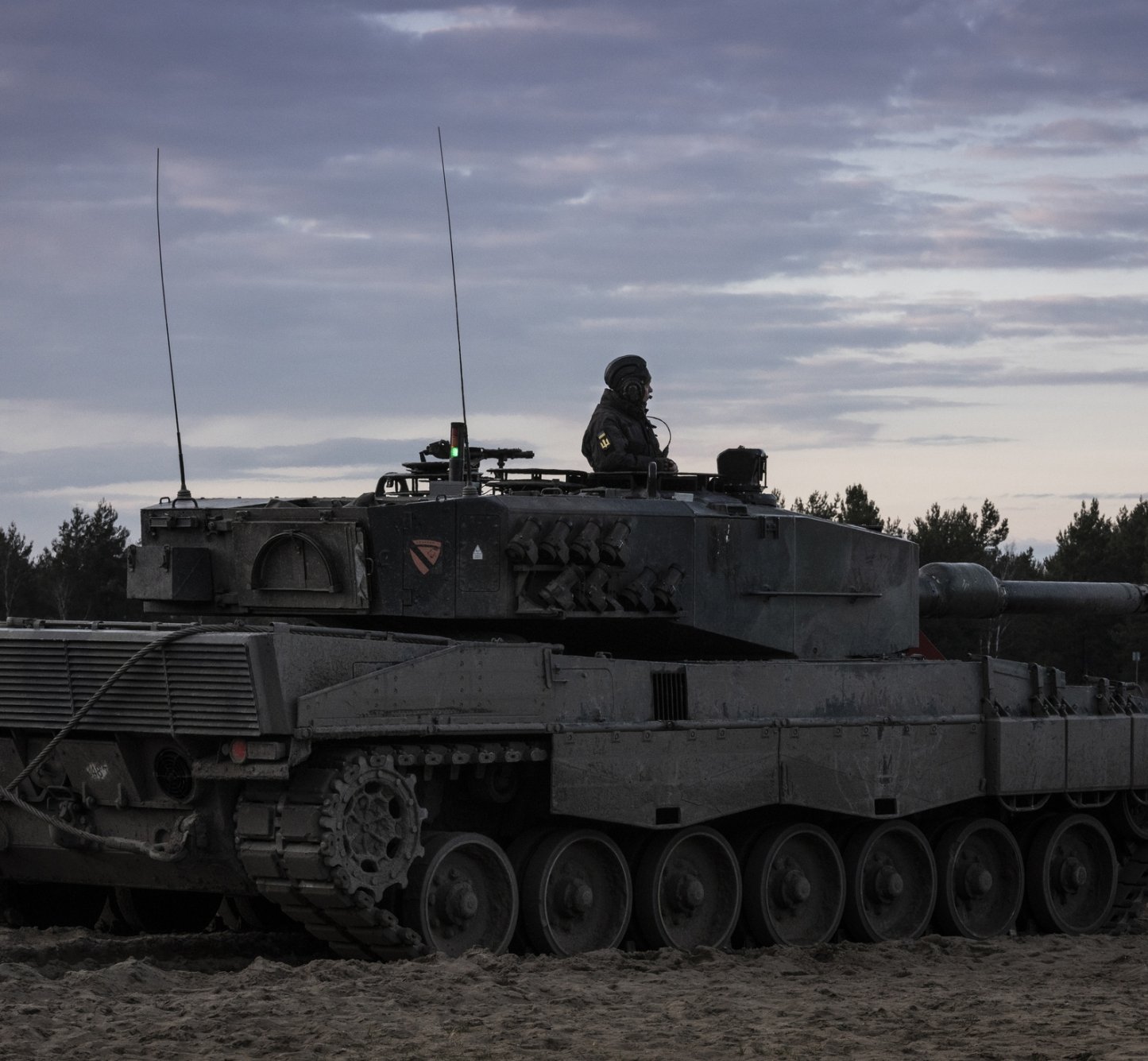
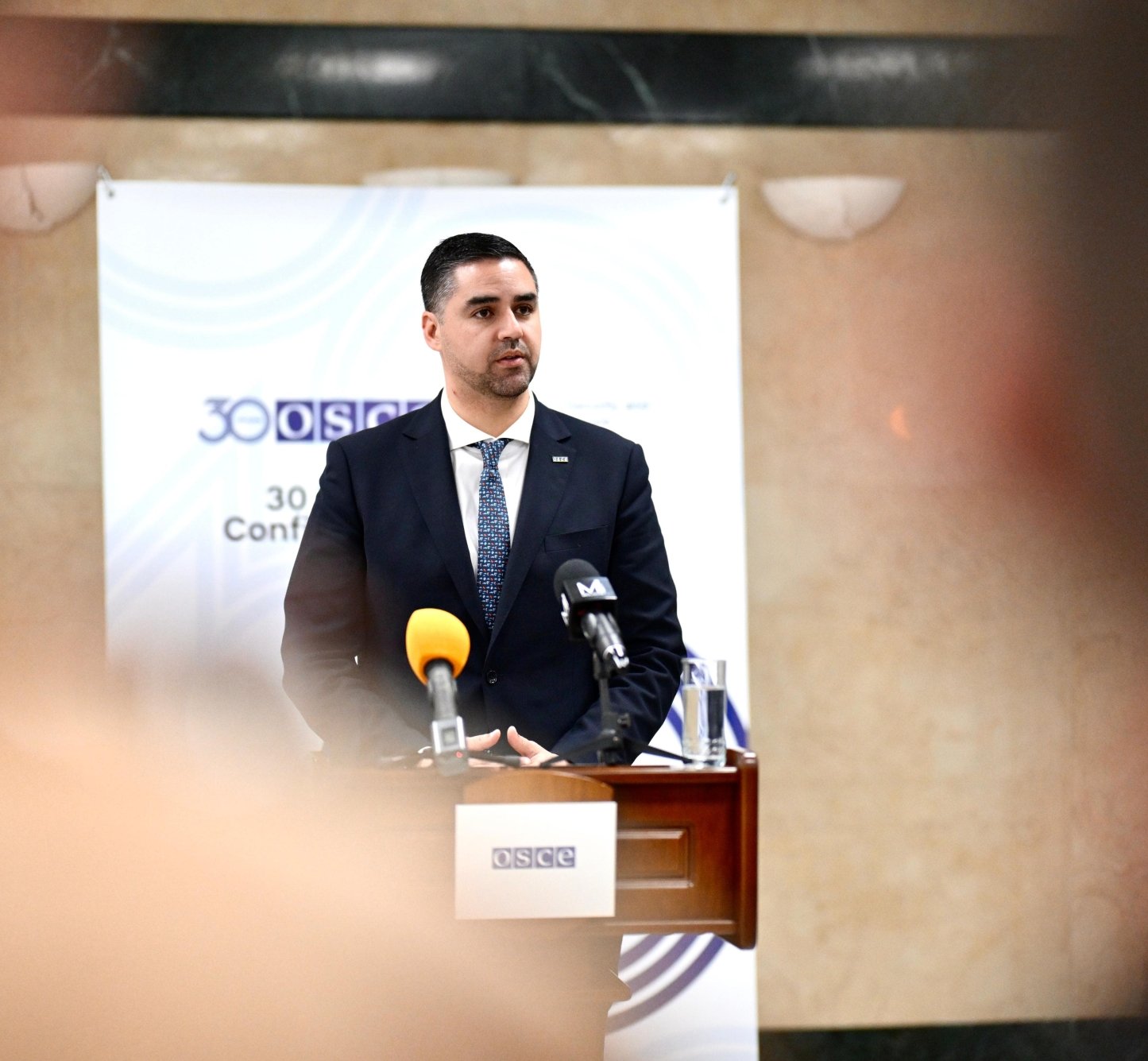
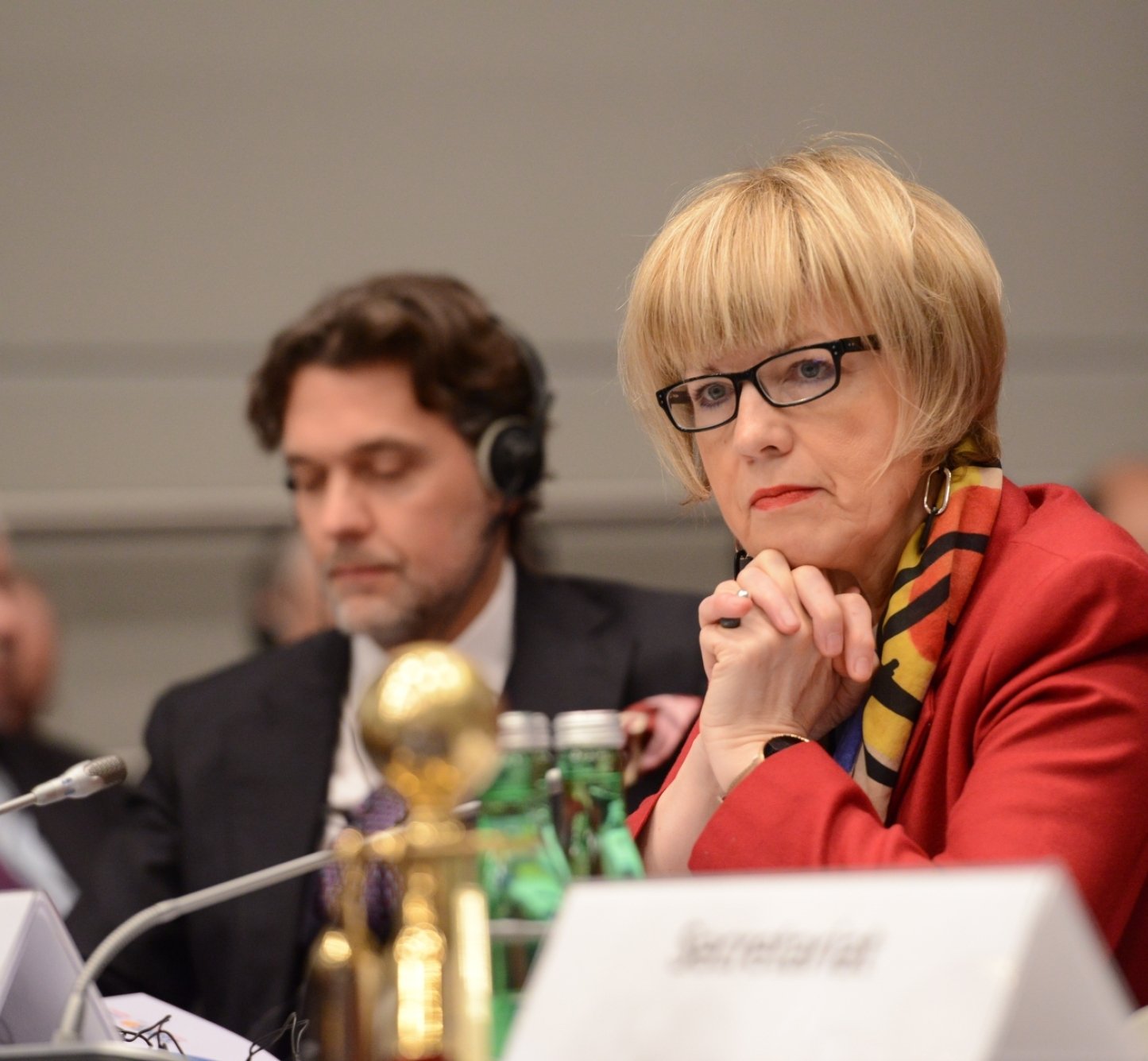
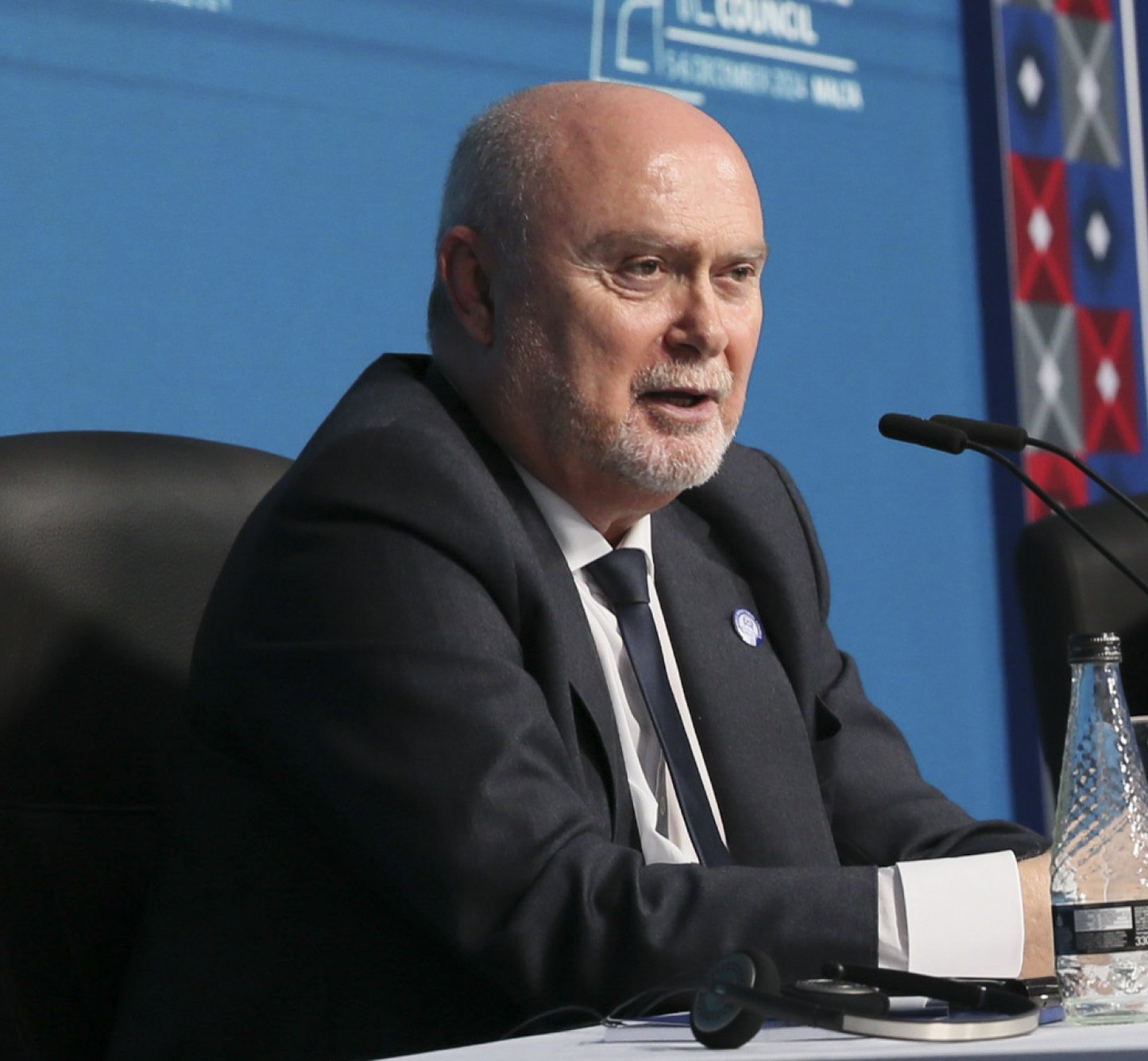
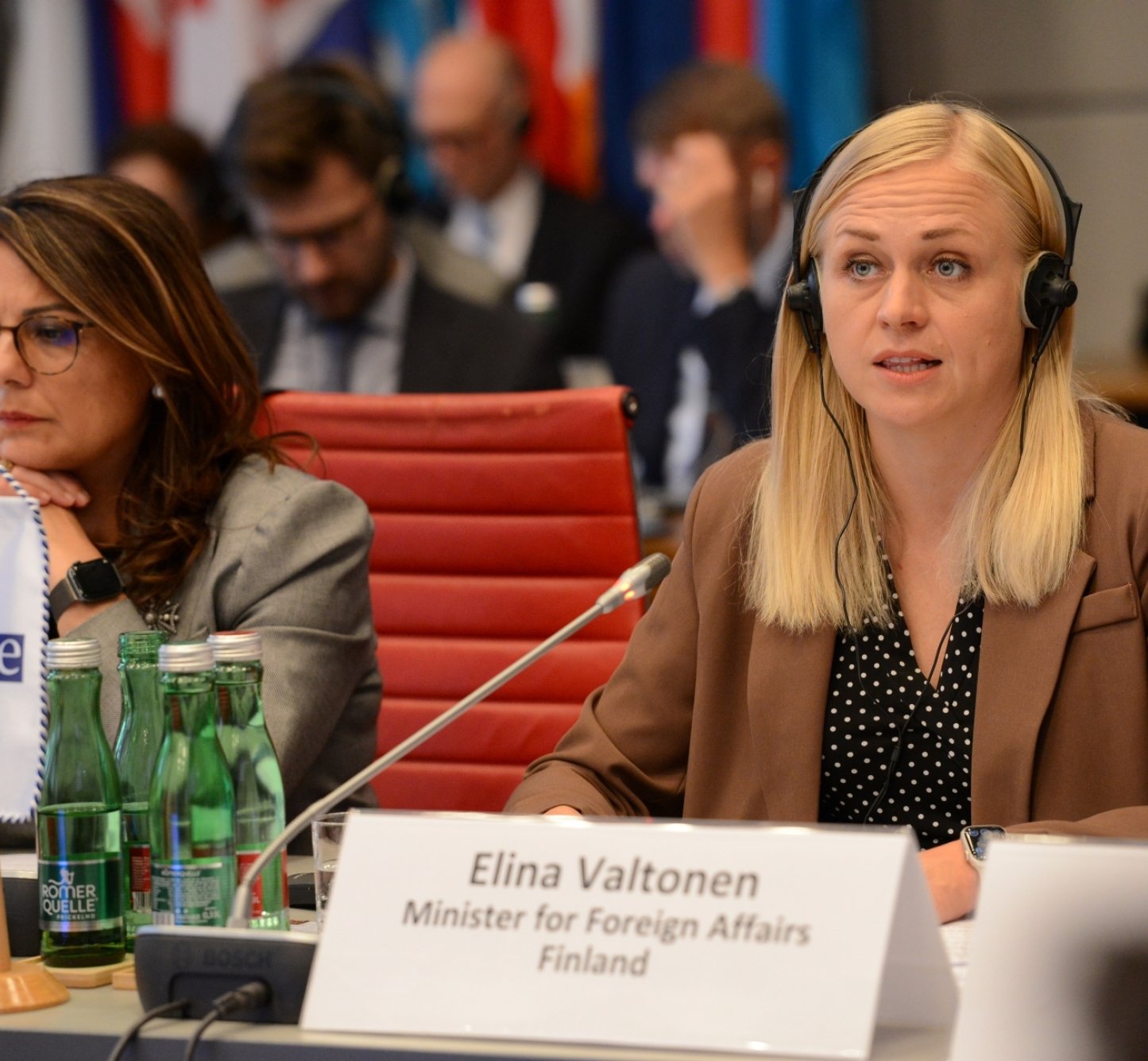

April – July 1954, Geneva
As the fault lines of the Cold War begin to take shape, the Soviet Union proposes the creation of a common European security conference for the first time at the 1954 Geneva Conference.

July 1966
The Warsaw Pact officially calls for the creation of a European security conference, to which NATO agrees.

May 1969
The Government of Finland, under President Urho Kekkonen, sends a memorandum to all European countries, along with the US and Canada, offering to host the conference in Helsinki.

May 1972
US President Richard Nixon and the Soviet Union’s Leonid Brezhnev reach an agreement to hold negotiations and sign SALT I three days later.

November 1972
Multilateral consultations on the creation of the Conference on Security and Co-operation in Europe (CSCE) begin, resulting in the ‘Blue Book’ of final recommendations.

July 1973, Helsinki
The first stage of the CSCE takes place at the ministerial level, with 35 participating states; the Blue Book is adopted and the Helsinki process starts, establishing the framework for the conference.

September 1973 – June 1975, Geneva
The second stage of the CSCE negotiations, separated into three ‘baskets’ of security: political/military, economic & environmental, and human. The final act is drafted.

July 1975, Helsinki
The third stage of the CSCE is held at the level of heads of state or government; the 35 participating states sign the Helsinki Final Act.

October 1977 – March 1978, Belgrade
First follow-up meeting of the Helsinki Final Act.

December 1979
The Soviet Union’s invasion of Afghanistan begins, raising tensions after almost ten years of détente. The US boycotts the Moscow summer Olympics in 1980.

November 1980 – September 1983
The CSCE’s second follow-up meeting in Madrid.

May–June 1989
First conference on the human dimension in Paris.

November 1989
The fall of the Berlin wall marks the beginning of the end of the Warsaw pact and with it, the Cold War.

December 1989
The Vienna mechanism, allowing participating states to formally raise questions about the human security situation in other CSCE member states, is established.

March–April 1990
First conference on the economic dimension in Bonn.

November 1990, Paris
The second CSCE summit is held with 35 participant states, resulting in the Charter of Paris and marking the formal end of the Cold War. The Council of Ministers, a Permanent Secretariat, Conflict Prevention Centre, and Office of Free Elections are established. The first Treaty on Conventional Armed Forces in Europe, a cornerstone of conventional stability and security from the Atlantic to the Urals, is signed. Germany is given the role of being the first country to hold the CSCE chairpersonship.

March 1991
The Yugoslav Wars begin.

April 1991, Madrid
The CSCE Parliamentary Assembly is established, strengthening the democratic mandate of the CSCE. Today consisting of 323 members, the Parliamentary Assembly drafts recommendations and facilitates dialogue between parliamentarians of all participating states. Its international secretariat is located in Copenhagen.

May, 1991
The Office for Free Elections, to be renamed Office for Democratic Institutions and Human Rights (ODIHR) a year later, is established in Warsaw and Luchino Cortese is appointed its first director.

June 1991, Berlin
The first Council of Ministers of foreign affairs is held in Berlin. The Ministerial Council is the central decision-making and governing body of the OSCE, and provides participating States an opportunity to review and assess the Organization’s activities and strengthen the dialogue on security issues in the OSCE area.

December 1991
The Moscow mechanism is established. Building on the Vienna mechanism, it allows participating states to establish ad hoc missions of experts to monitor and assist with problems related to the human dimension in other CSCE participating states. To date, it has been used 15 times.

March 1992
The CSCE Ministerial Council meeting in Helsinki establishes the Conference on Nagorno-Karabakh and creates the Minsk Process (officially known as the OSCE Minsk group) to facilitate a peaceful solution to the conflict. The Treaty on Open Skies is signed by 23 countries, but will not enter into force until 10 years later because of a delay in ratification by Russia.

July 1992, Helsinki
The third CSCE summit was the first time participation was expanded to post-Soviet as well as states that had broken free from the former Yugoslavia, with 52 participating states adopting the final document. This led to the establishment of a High Commissioner on national minorities, provisions for crisis management and conflict prevention established, the Office of Free Elections becomes the Office for Democratic Institutions and Human Rights (ODIHR) and receives an extended mandate. Yugoslavia is suspended from the CSCE through the consensus minus one-mechanism, never to return.

December 1992, Stockholm
The third Ministerial Council establishes the post of Secretary General of the CSCE. Max van der Stoel from the Netherlands is appointed as the first CSCE High Commissioner on National Minorities.

June 1993, Vienna
Appointment of the first CSCE Secretary General, Ambassador Wilhelm Höynck of Germany.

September 1992 – September 1993
The first CSCE Missions are established in North Macedonia, Estonia, Moldova, and Latvia.

October, 1993
The European Union is formally established through the Maastricht Treaty. The treaty also established "a common foreign and security policy including the eventual framing of a common defence", adding a new layer to Europe's security architecture. The EU has been a formal participant in the OSCE since 2006, and the two organizations cooperate on a broad range of issues including anti-corruption, human rights, media and democracy.

November 1993, Rome
The fourth Ministerial Council formalizes the CSCE’s legal capacities, privileges and immunities. The CSCE Permanent Secretariat is moved to Vienna, where it remains today.

February 1994
The CSCE Mission to Tajikistan is deployed.

December 1994, Budapest
The fourth CSCE summit, with 54 participating states, adopts the Budapest document. The name of the organization is transitioned from the CSCE to the Organization for Security and Co-operation in Europe (OSCE). Belarus, Kazakhstan, and Ukraine sign the Treaty on the Non-Proliferation of Nuclear Weapons (NPT) in exchange for security guarantees. Five days later, the first Chechen War breaks out.

December 1995, Paris
Signing of the Dayton Peace Accords. The OSCE was mandated by Annex 1B of the Accords to help elaborate and implement three instruments: an agreement on confidence- and security-building measures (CSBMs) in Bosnia and Herzegovina (under Article II); a sub-regional arms control agreement (Article IV); and a regional arms control agreement applicable "in and around the former Yugoslavia" (Article V).

December 1995, Budapest
The fifth OSCE Ministerial Council met in Budapest to discuss the conflict in the former Yugoslavia.

April 1996
The Permanent Council in Vienna decides to open an OSCE Mission to Croatia.

December 1996, Lisbon
The fifth OSCE summit, consisting of 55 participating states, adopts the Lisbon Document as a Declaration on a Common and Comprehensive Security Model for Europe for the 21st century, including a framework for arms control.

March 1997 – July 1998
The OSCE’s in-country presence expands, with missions established in Albania, Georgia, Belarus, Kazakhstan, Kyrgyzstan, and Turkmenistan.

December 1997
Appointment of the first Representative on Freedom of Media, Freimut Duve of Germany.

October 1998
The Permanent Council establishes the OSCE Kosovo Verification Mission (KVM) to monitor the ceasefire between Kosovo and Serbia. The mission worked closely with the NATO-led Kosovo Force (KFOR), which remained in the country after the KVM mandate ended in 1999.

June – November 1999
OSCE missions established in Kosovo, Armenia, and Azerbaijan.

November 1999, Istanbul
The sixth OSCE summit adopts a Charter for European Security and sign the adapted Treaty on Conventional Armed Forces in Europe (CFE).

December 2000, Tokyo
The first OSCE Conference with Asian partners for cooperation takes place. These conferences were held every year until 2022.

September 2001
Large-scale terrorist attacks in the United States. In response, NATO's Article 5 is triggered for the first and only time in history.

December 2002, Porto
The 10th Ministerial Council signs a charter on Preventing and Combatting Terrorism.

March 2003
The United States-led coalition (including the United Kingdom, Poland, and Australia) invades Iraq.

December 2003
The OSCE assists in consolidating democracy in Georgia following the Rose Revolution.

June 2006
The Permanent Council establishes the OSCE Mission to Montenegro.

July 2007
Russia announces that it will suspend compliance with the Treaty on Conventional Armed Forces in Europe (CFE).

December 2009, Athens
Ministerial Council declaration of the Corfu Process as a way to take forward the dialogue on European security.

December 2010, Astana
The 7th OSCE summit adopts the Astana declaration, reaffirming the participants’ commitment to OSCE principles.

March 2014
Russia annexes Crimea from Ukraine and sends troops to start insurgencies in Luhansk and Donbas; the OSCE Permanent Council deploys a special monitoring mission in response.

November 2020
The US announces that it will withdraw from the Treaty on Open Skies after a request to conduct aerial surveillance of a military exercise in Russia was denied the year before. A few months later, in early 2021, Russia announces it will follow suit.

February 2022
Russia launches its full-scale invasion of Ukraine. The special monitoring mission that was deployed in 2014 is evacuated, and its mandate not extended due to Russian veto. However, a new monitoring mission is set up under the Moscow mechanism, examining Russian human rights violations in Ukraine.

December 2022, Łódź, Poland
For the first time, the Russian delegation was not invited to participate in a Ministerial due to its invasion of fellow participating state, Ukraine.

November 2023
Russia fully withdraws from the Treaty on Conventional Armed Forces in Europe (CFE), with NATO de facto doing the same in response.

December 2023
Malta is announced as OSCE chairperson of 2024 at Skopje Ministerial, just one month before the beginning of its mandate. Secretary General Helga Schmid’s term, along with those of the Director of ODIHR, the High Commissioner on National Minorities, and the Representative on Freedom of the Media, is extended for nine months due to difficulties in achieving consensus on their successors.

September 2024
Secretary General Helga Schmid’s term lapses, leaving the OSCE with no Secretary General for the first time since the role was established in December 1992.

December 2024
Türkiye’s Feridun Sinirlioğlu is appointed the seventh Secretary General of the OSCE at the Valletta Ministerial.

2025
Finland takes over the chairpersonship of the OSCE for its 50th anniversary, with the goal of rekindling the spirit of Helsinki and tackling the challenges facing the organization.
Contributors

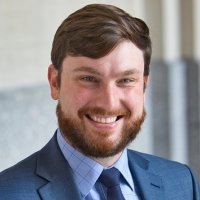

Global Europe Program
The Global Europe Program is focused on Europe’s capabilities, and how it engages on critical global issues. We investigate European approaches to critical global issues. We examine Europe’s relations with Russia and Eurasia, China and the Indo-Pacific, the Middle East and Africa. Our initiatives include “Ukraine in Europe”—an examination of what it will take to make Ukraine’s European future a reality. But we also examine the role of NATO, the European Union and the OSCE, Europe’s energy security, transatlantic trade disputes, and challenges to democracy. The Global Europe Program’s staff, scholars-in-residence, and Global Fellows participate in seminars, policy study groups, and international conferences to provide analytical recommendations to policy makers and the media. Read more


History and Public Policy Program
A leader in making key foreign policy records accessible and fostering informed scholarship, analysis, and discussion on international affairs, past and present. Read more

Explore More
Browse Insights & Analysis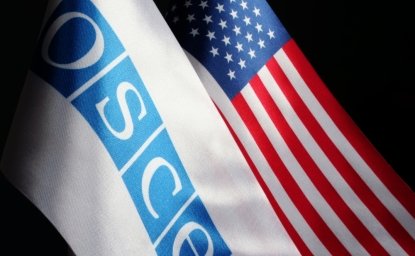
The OSCE is a Good Value for America



